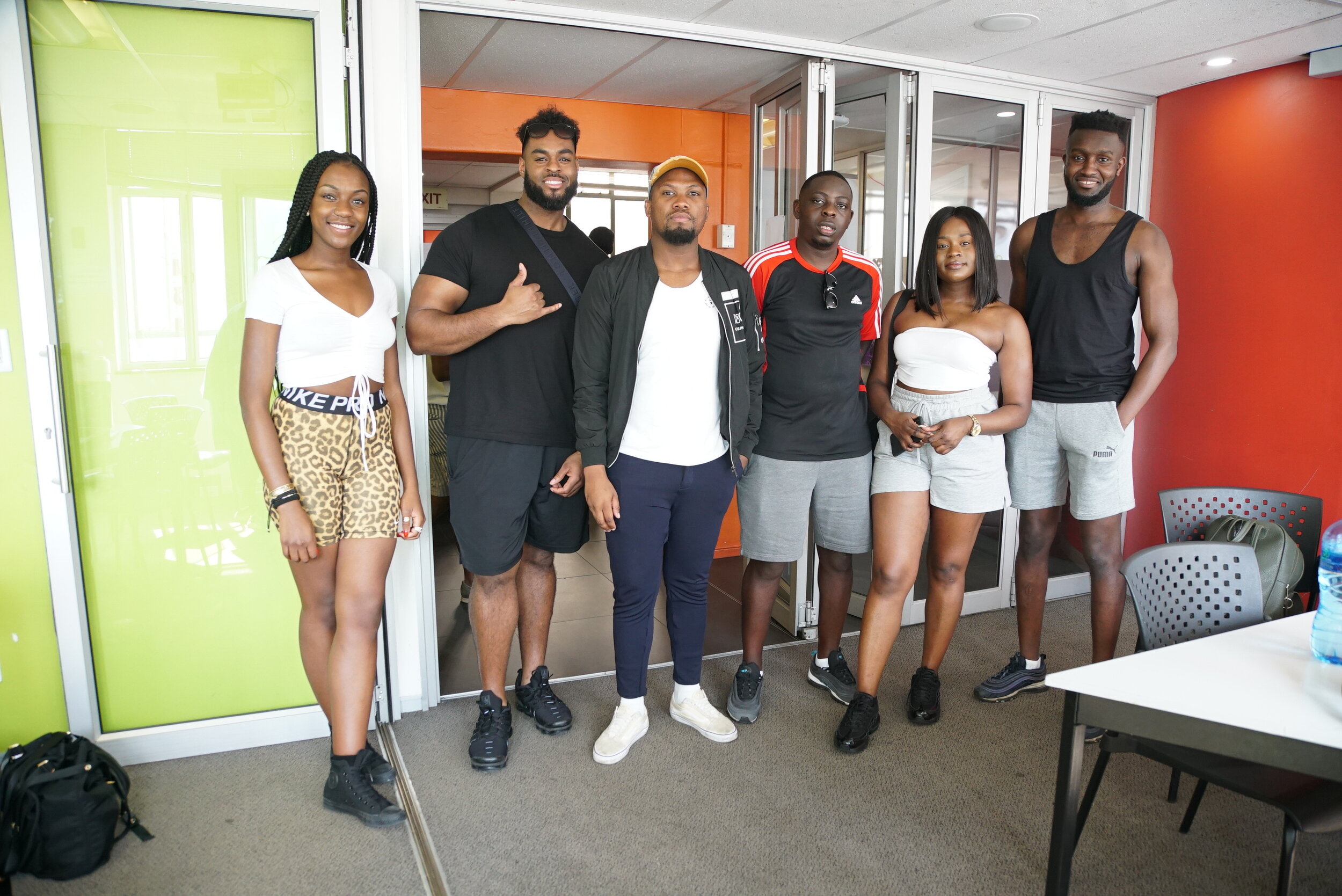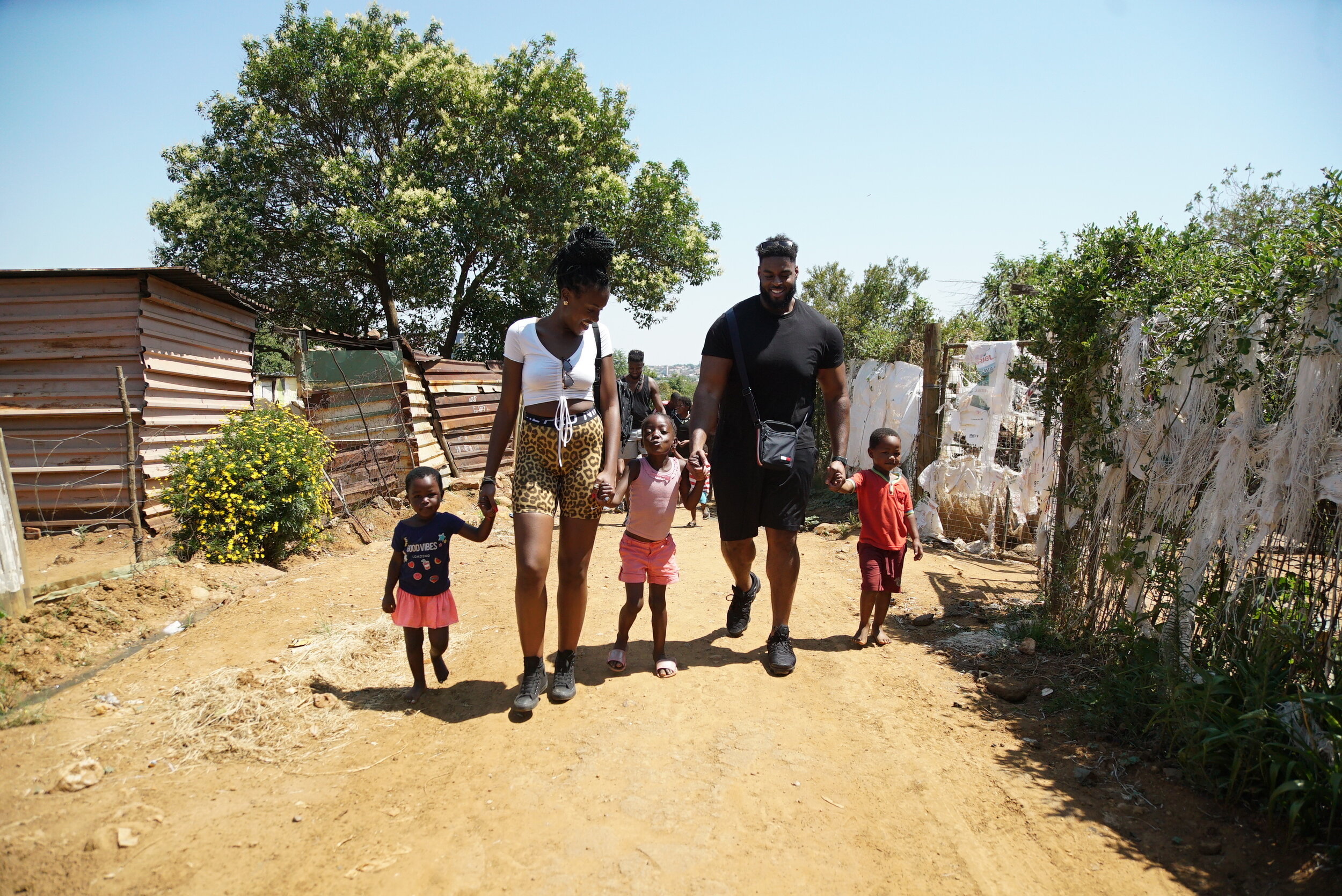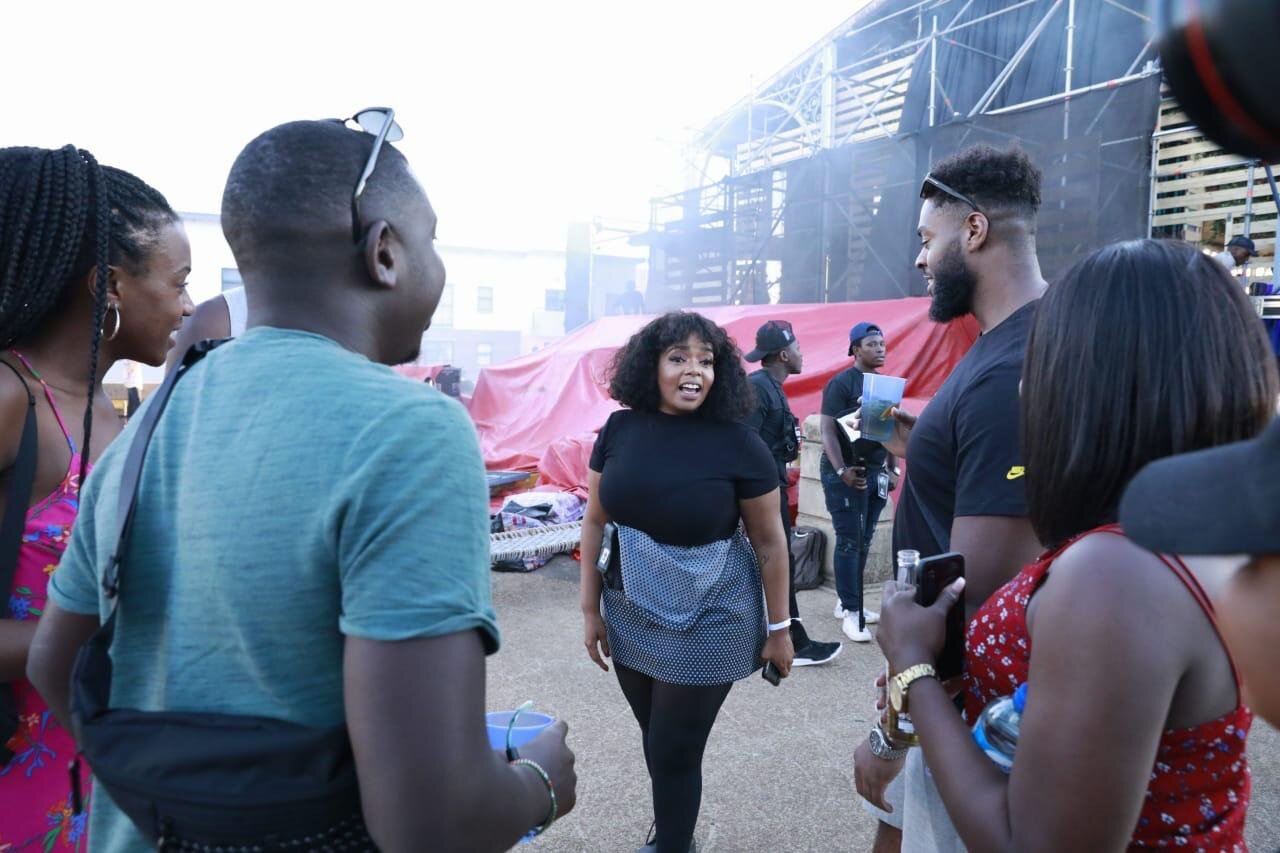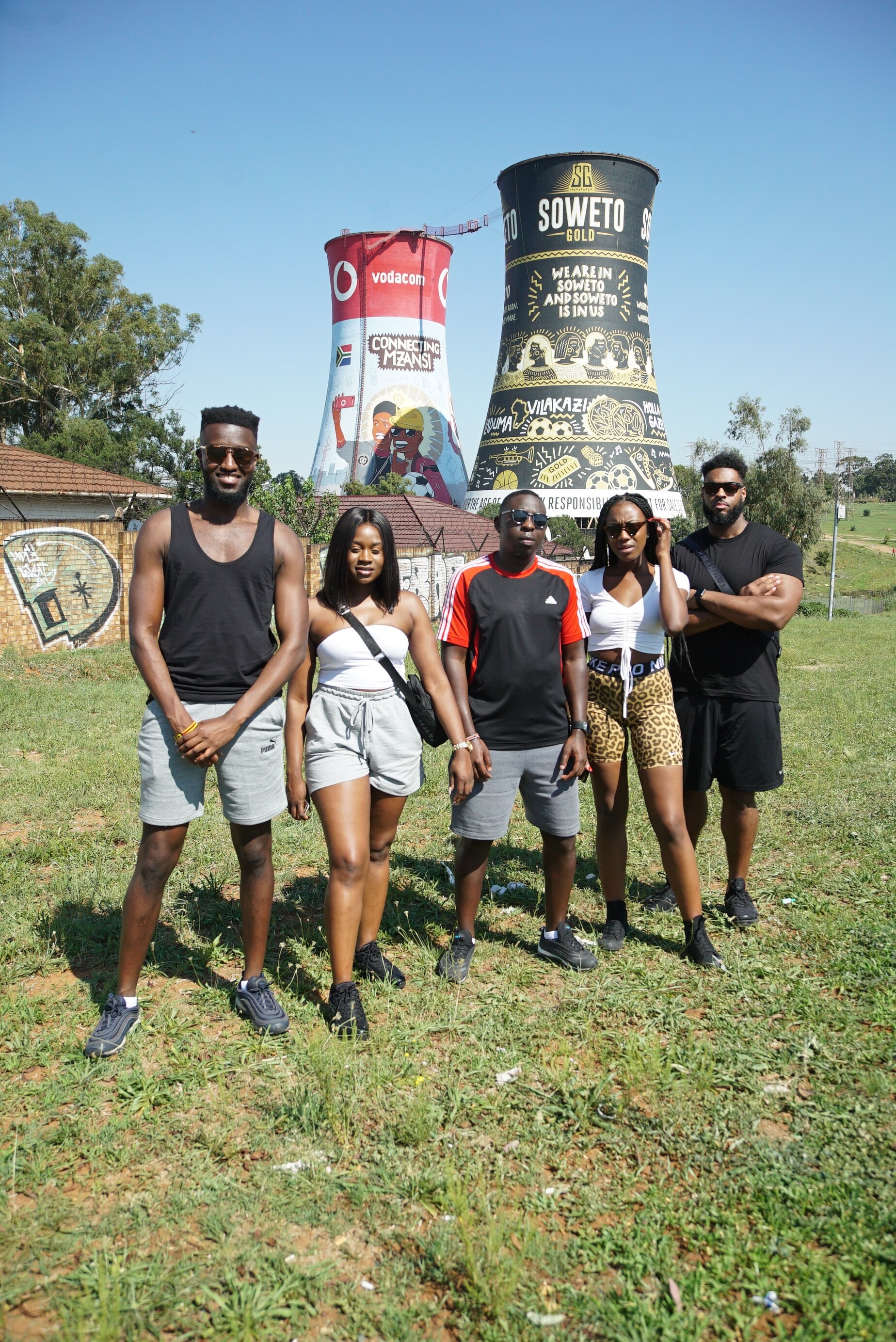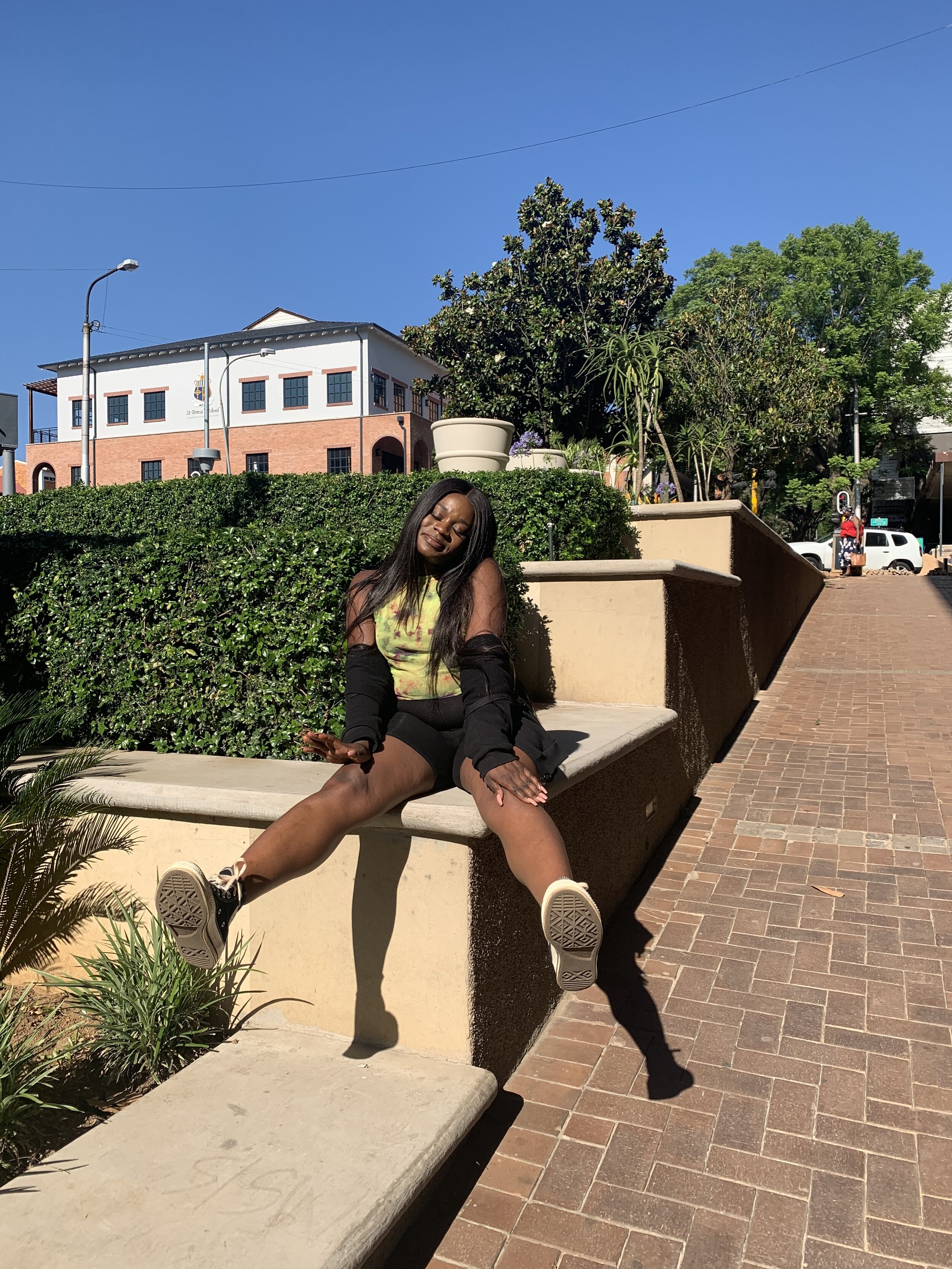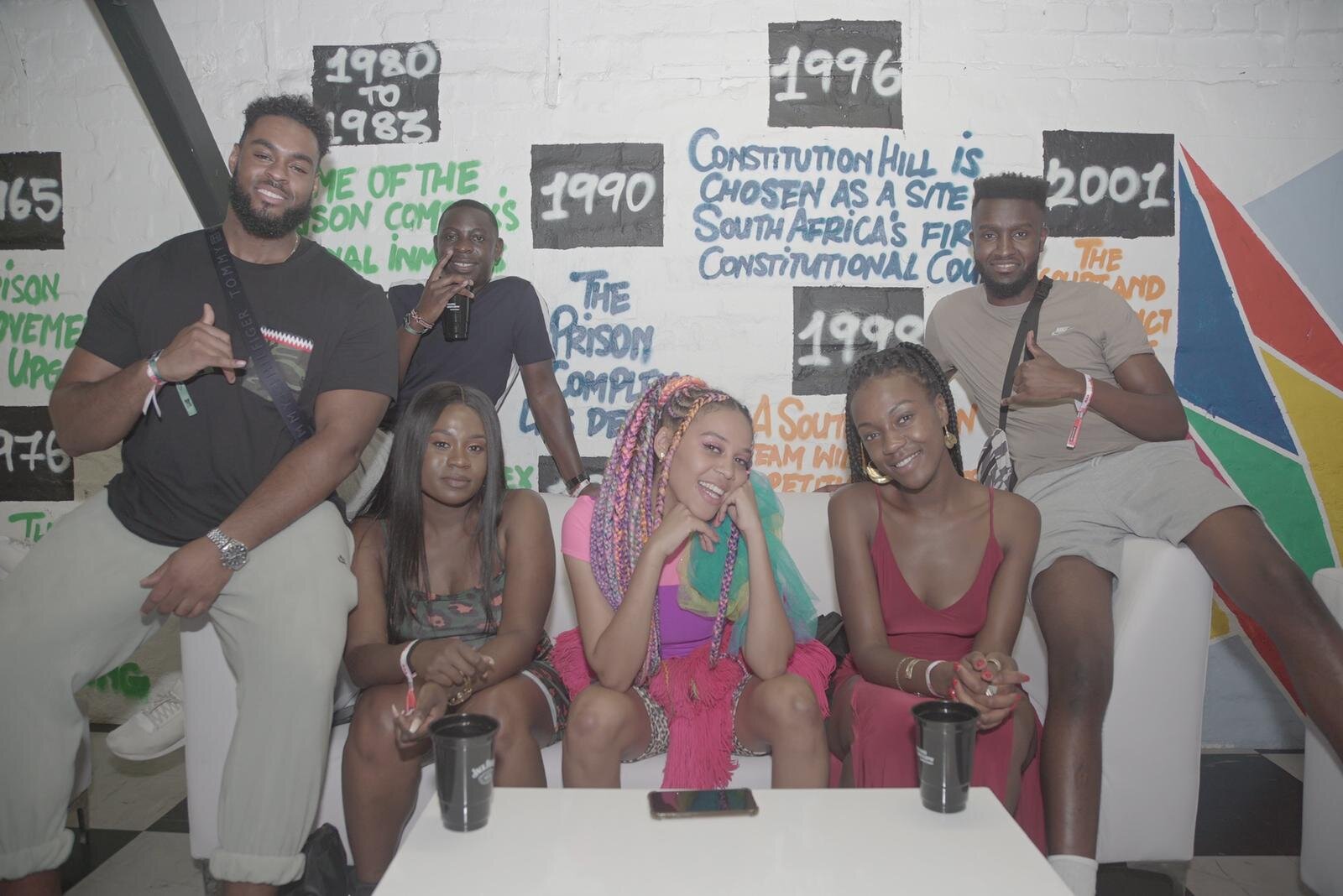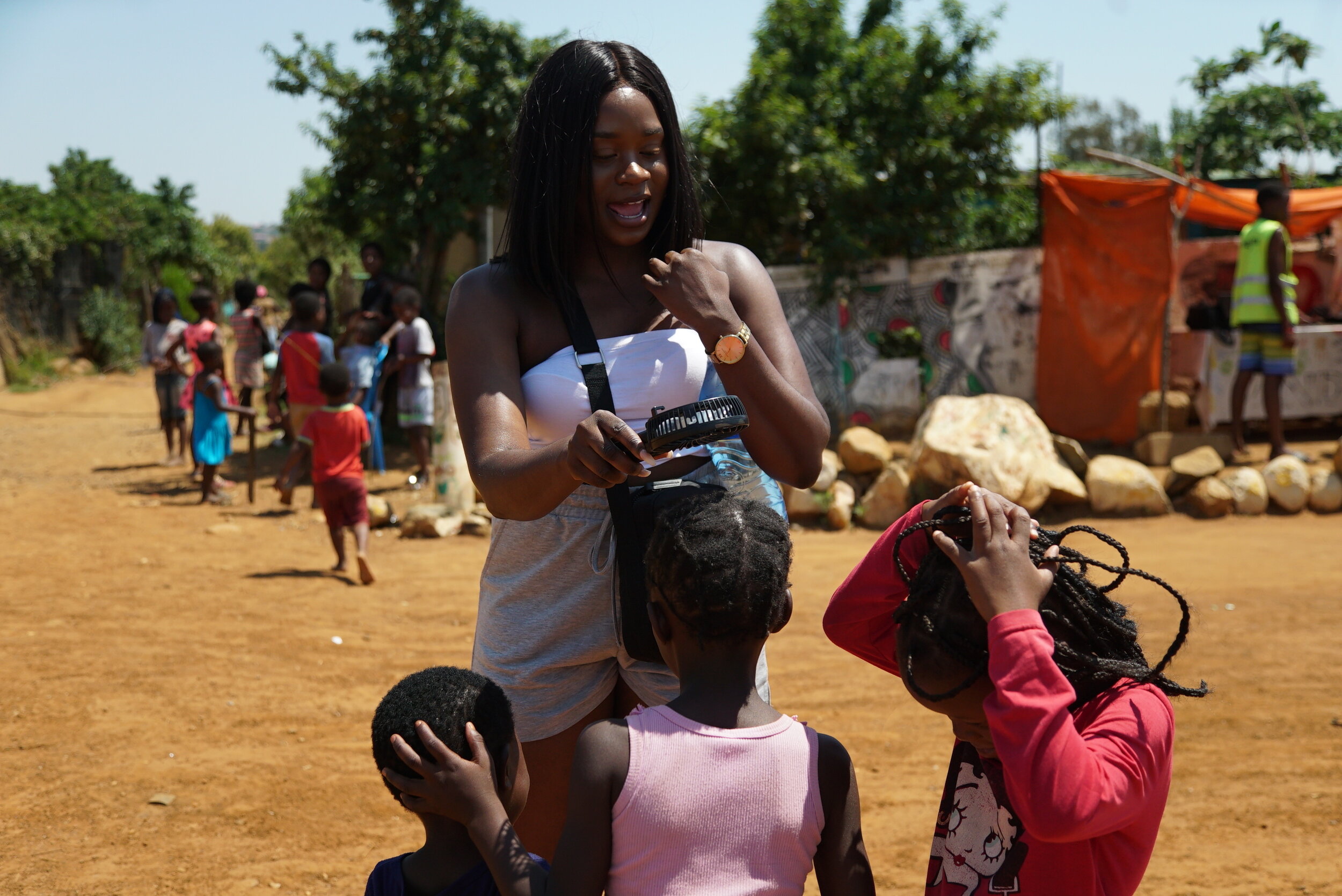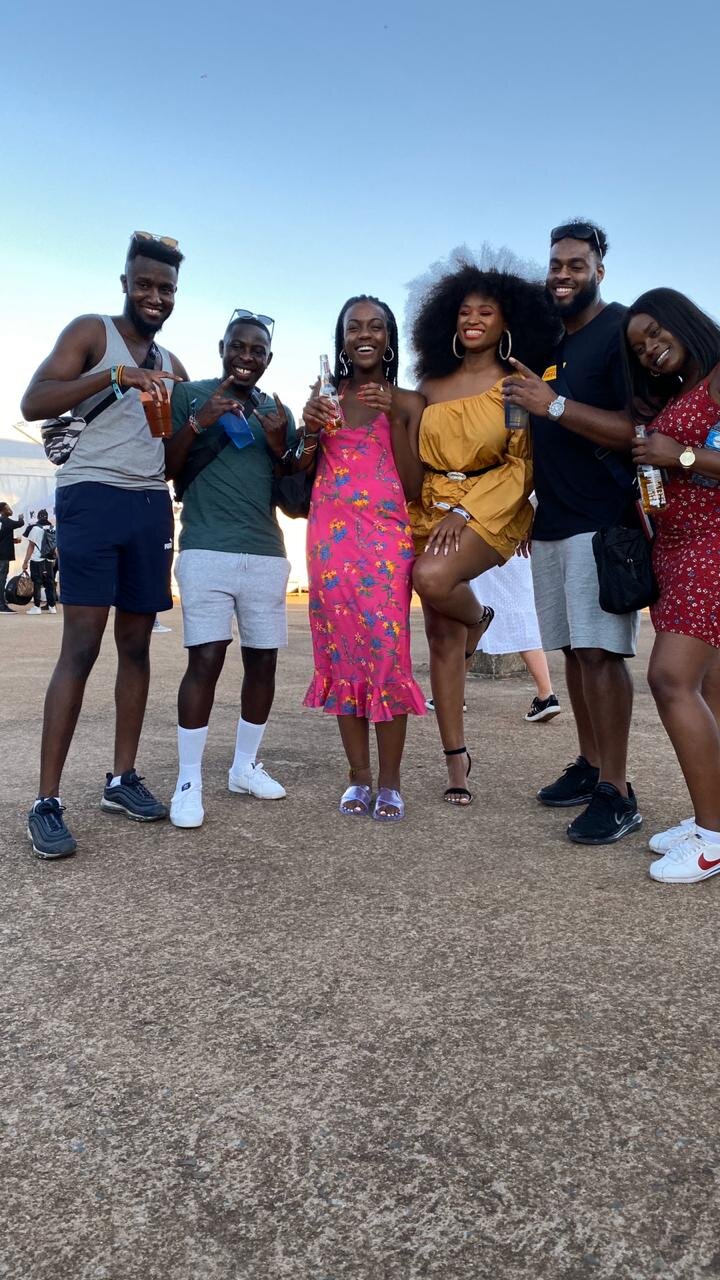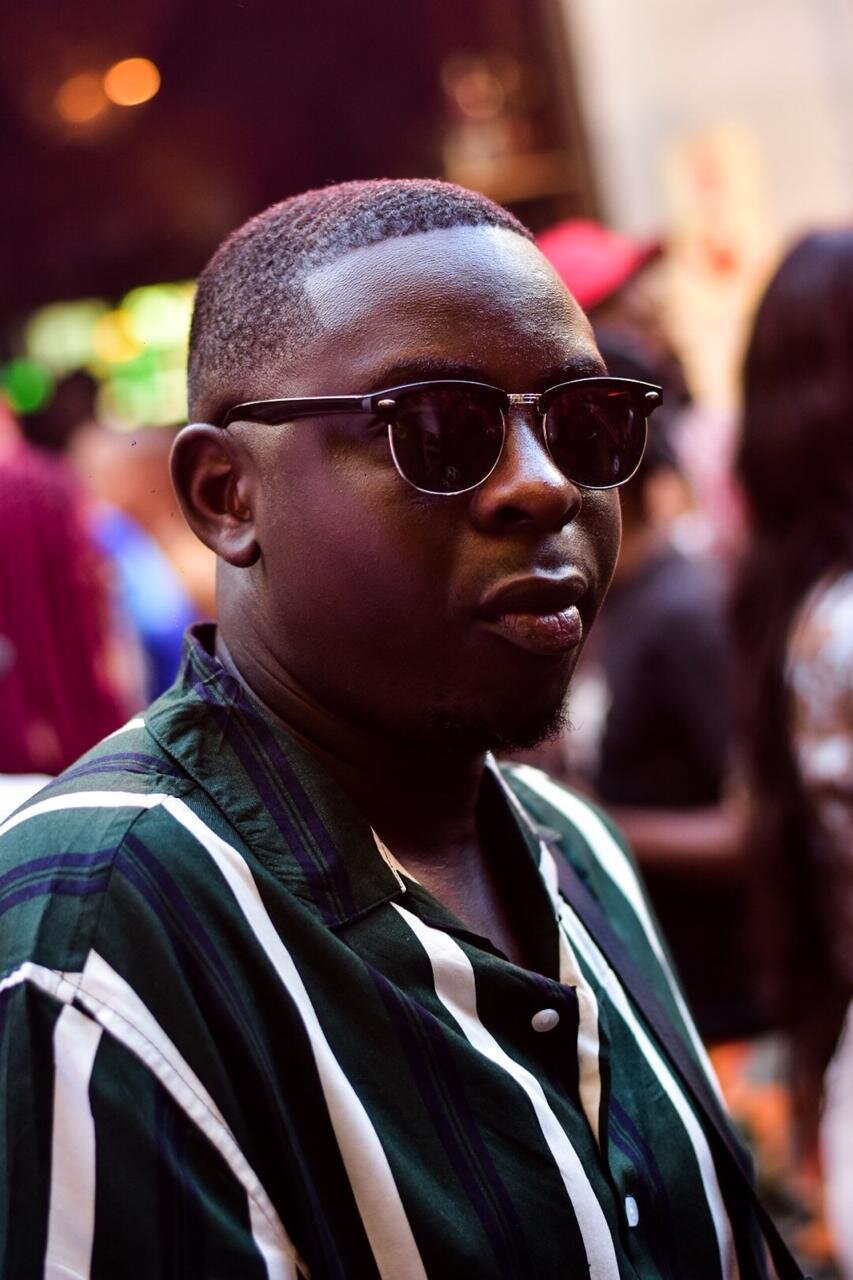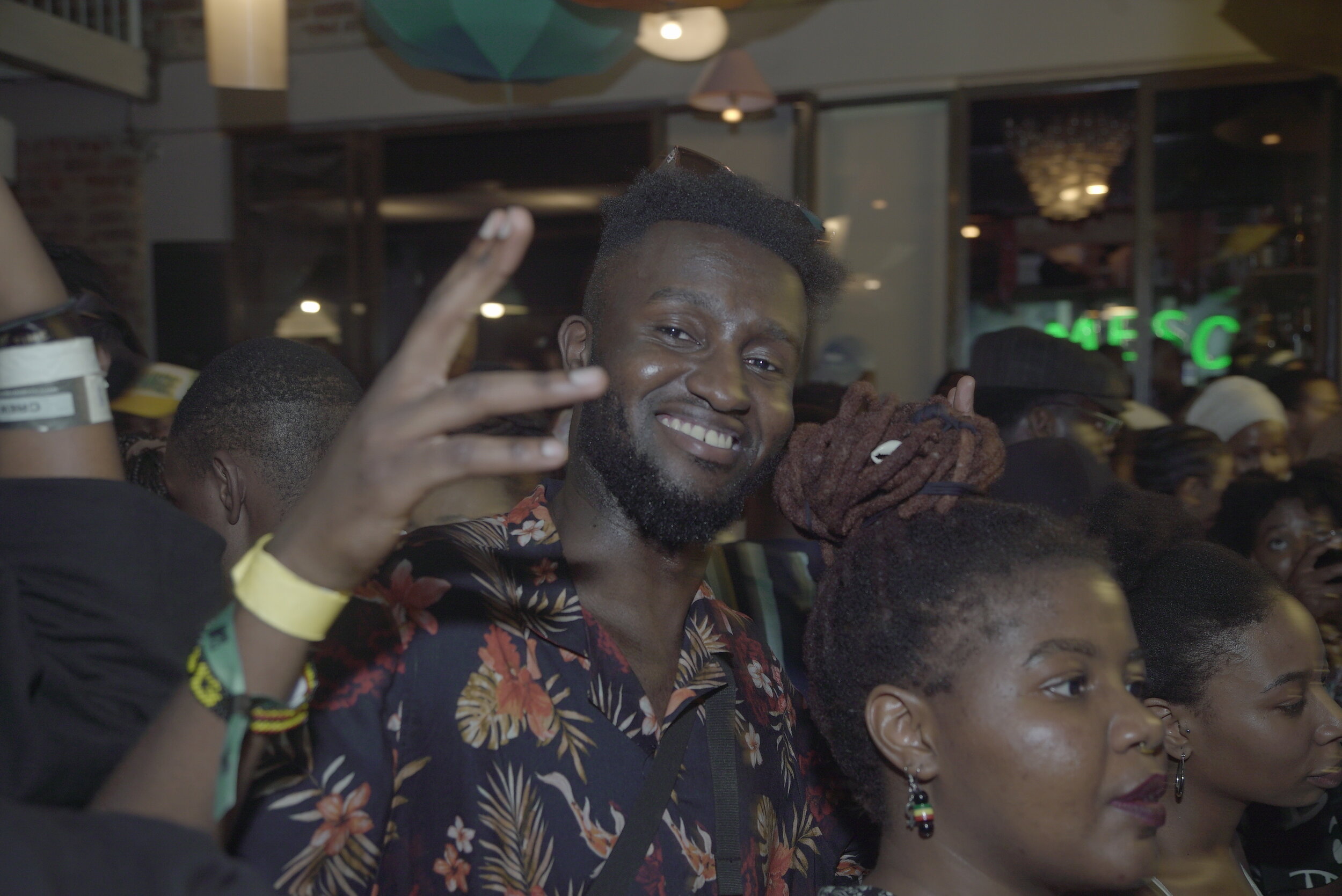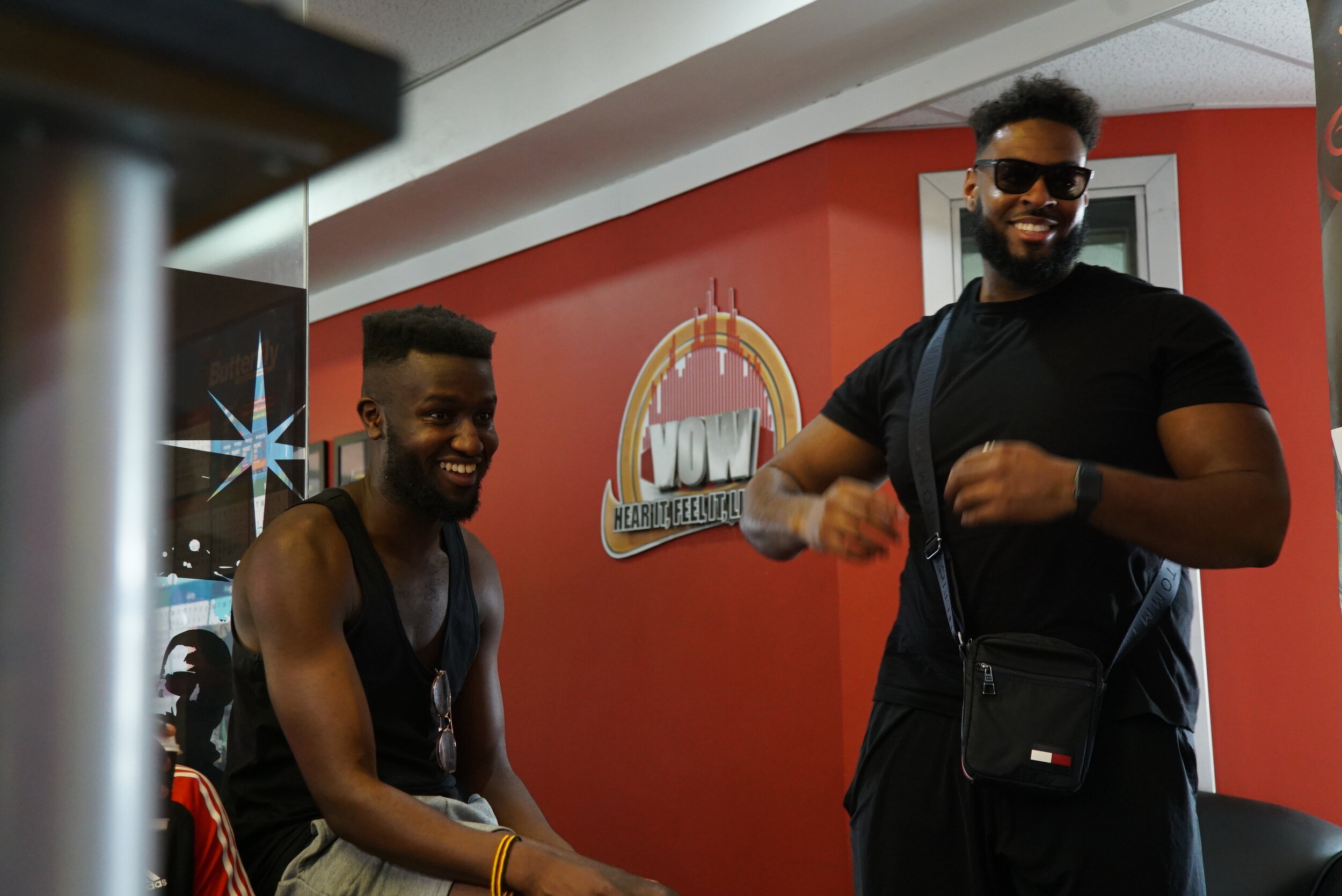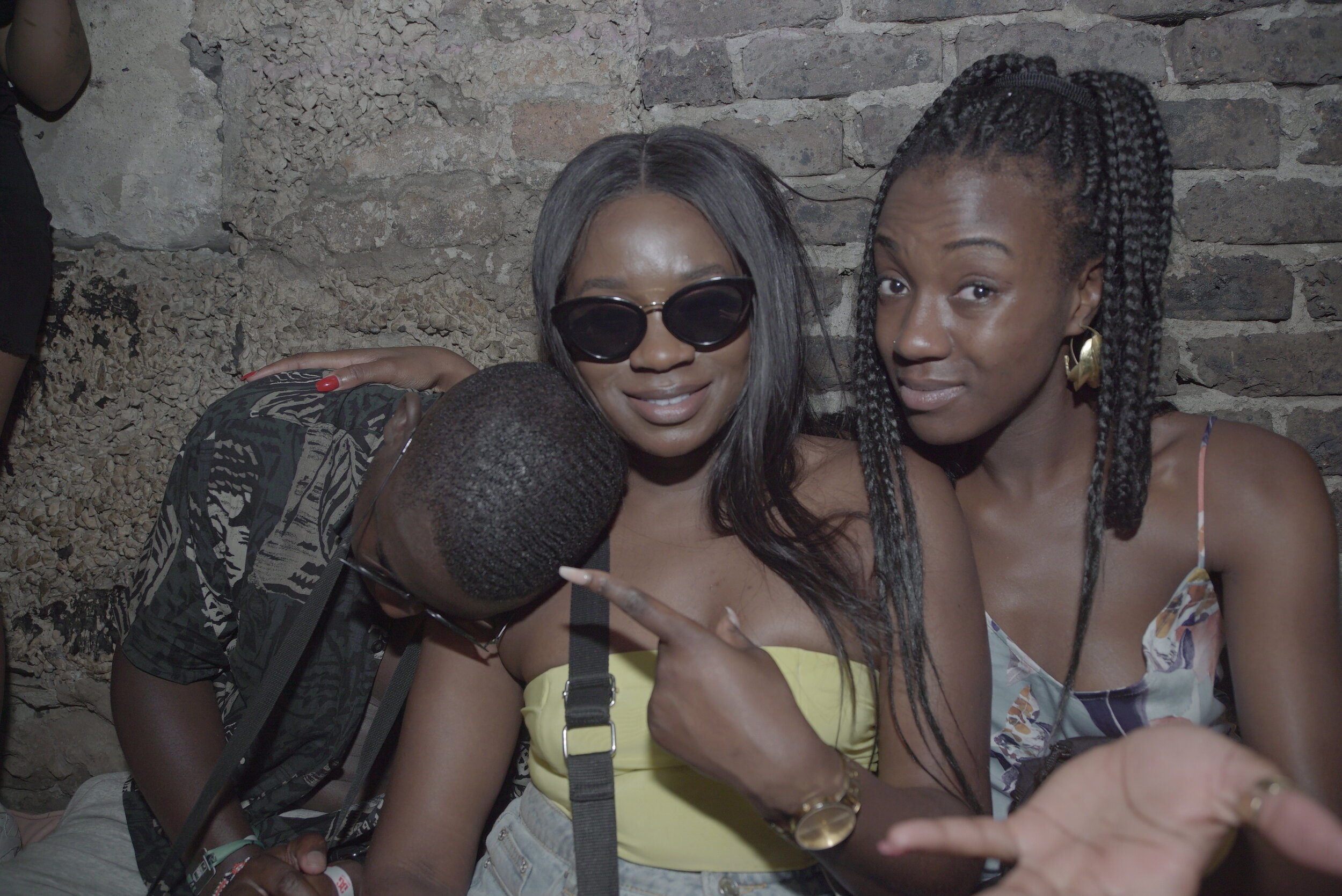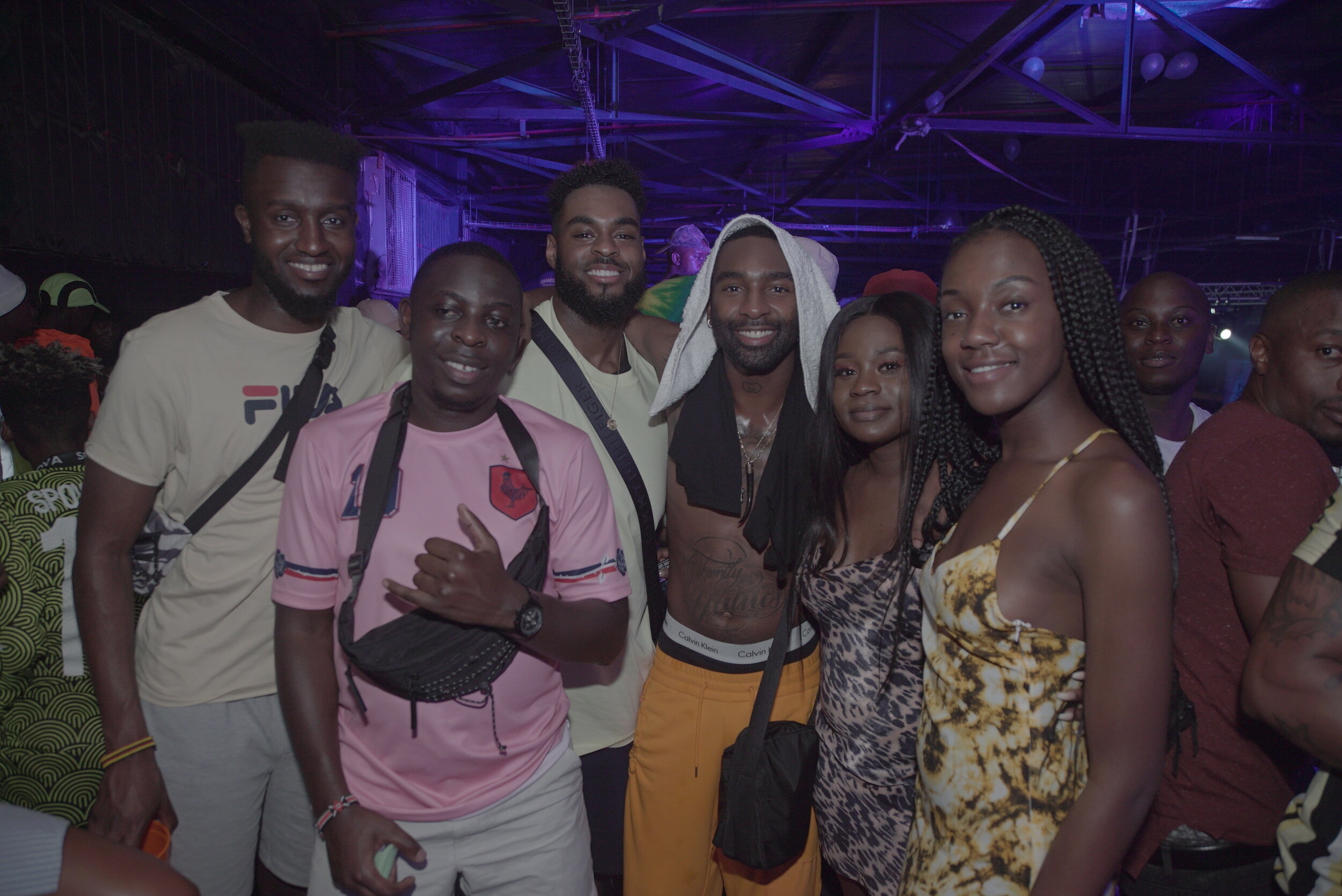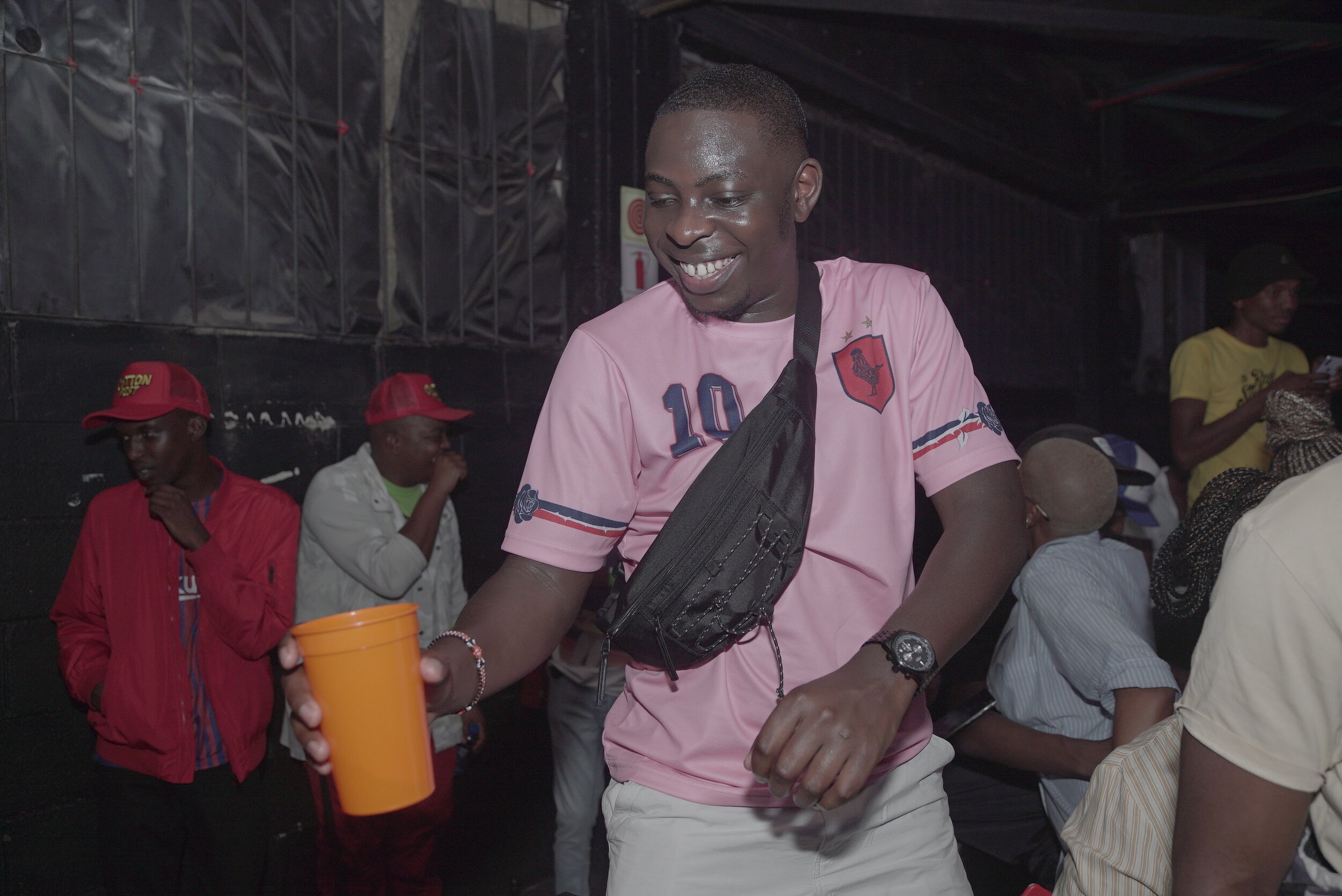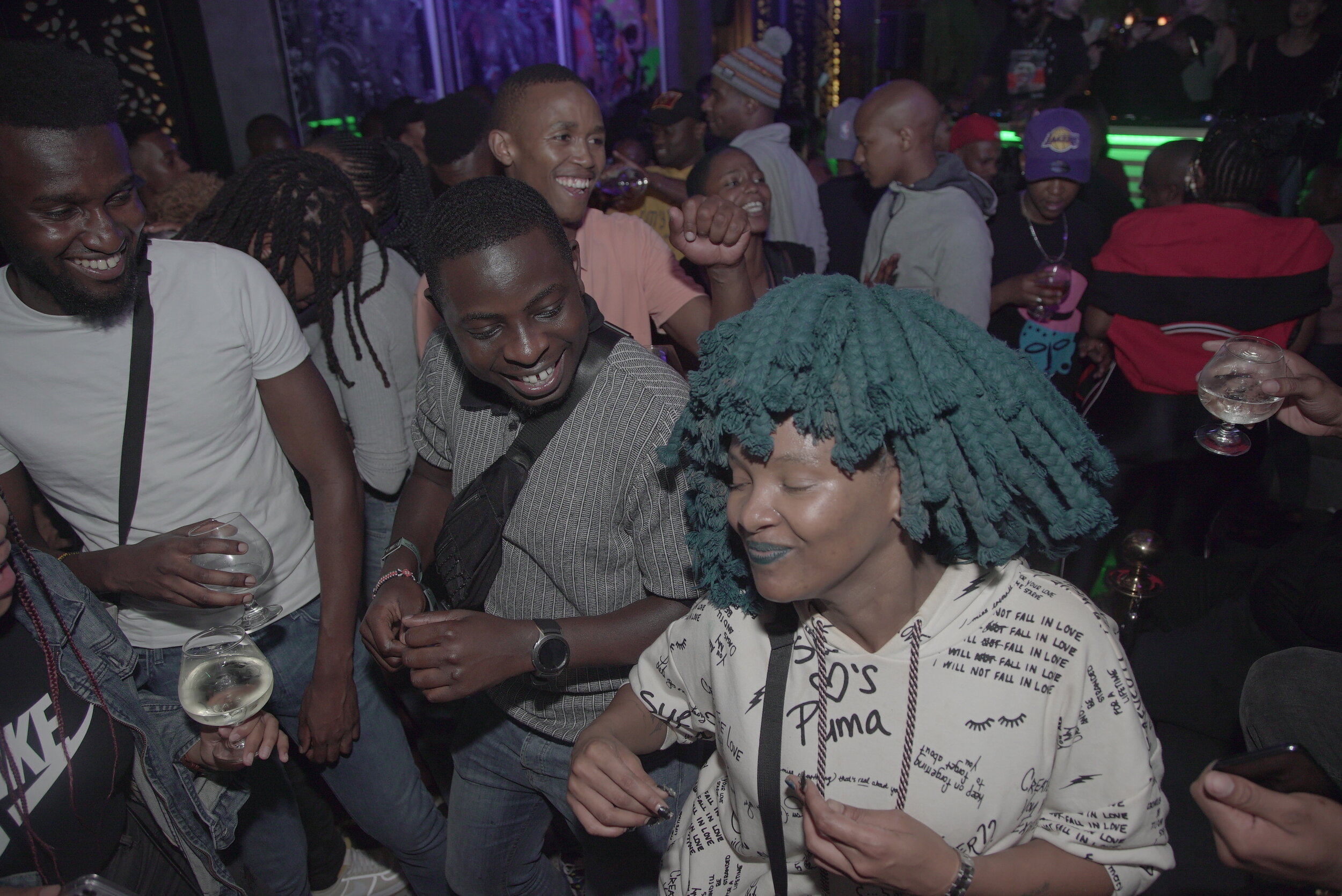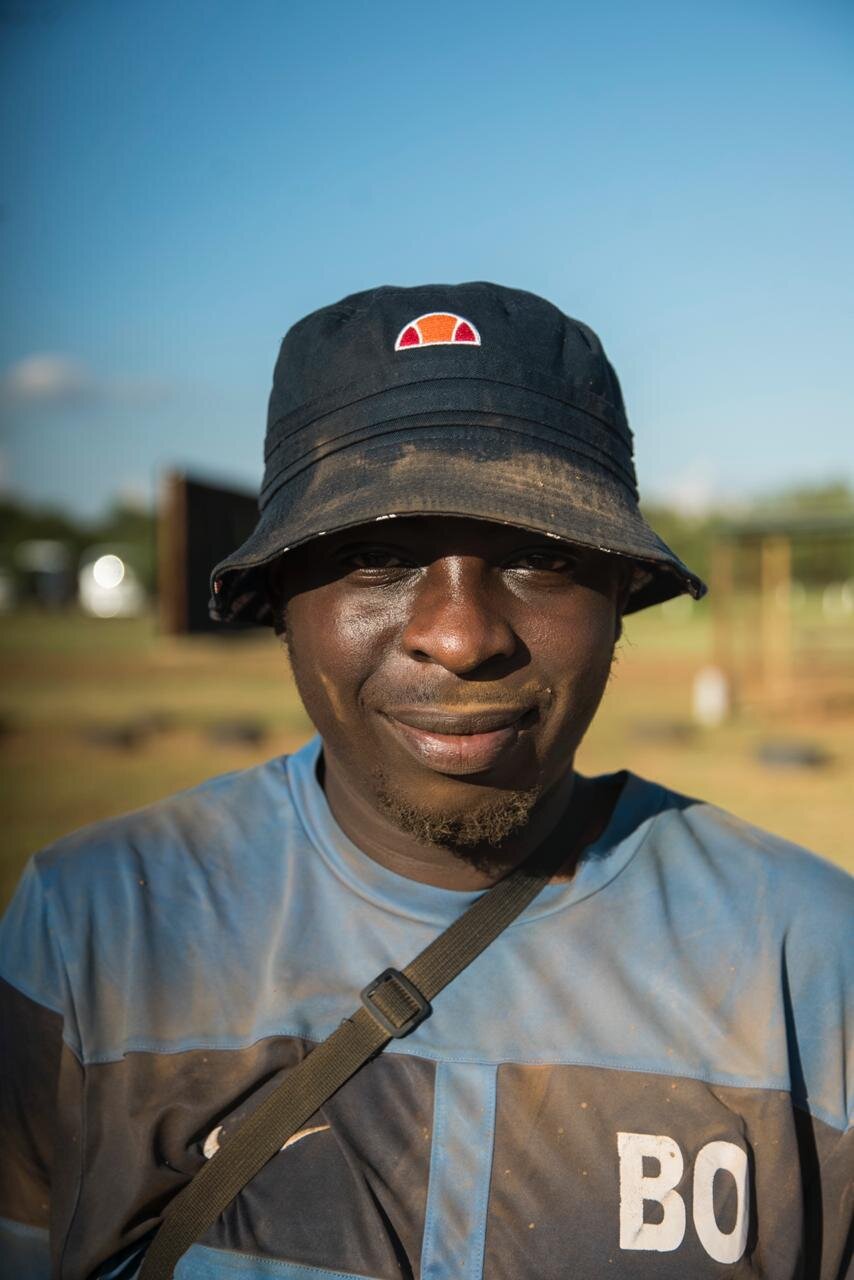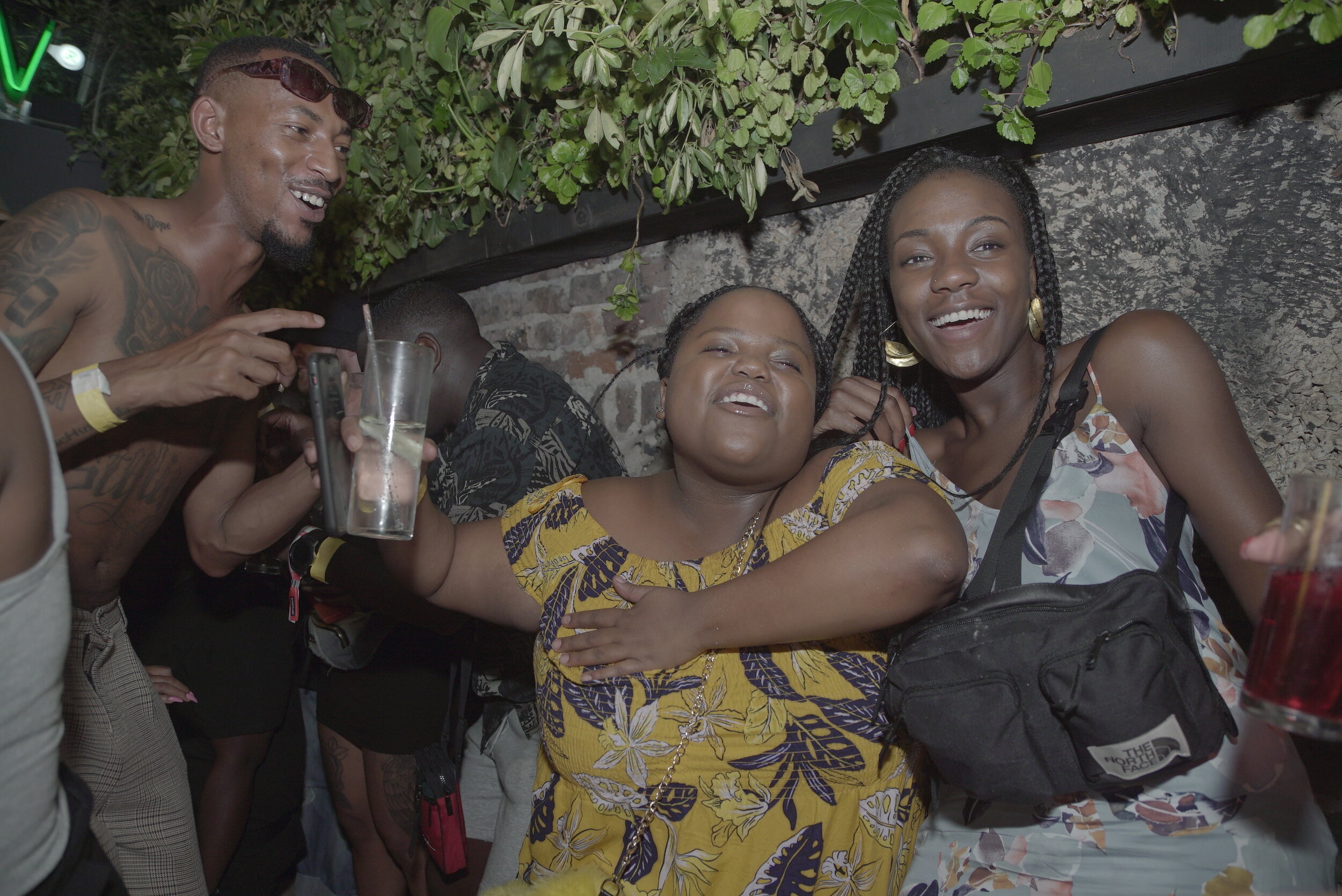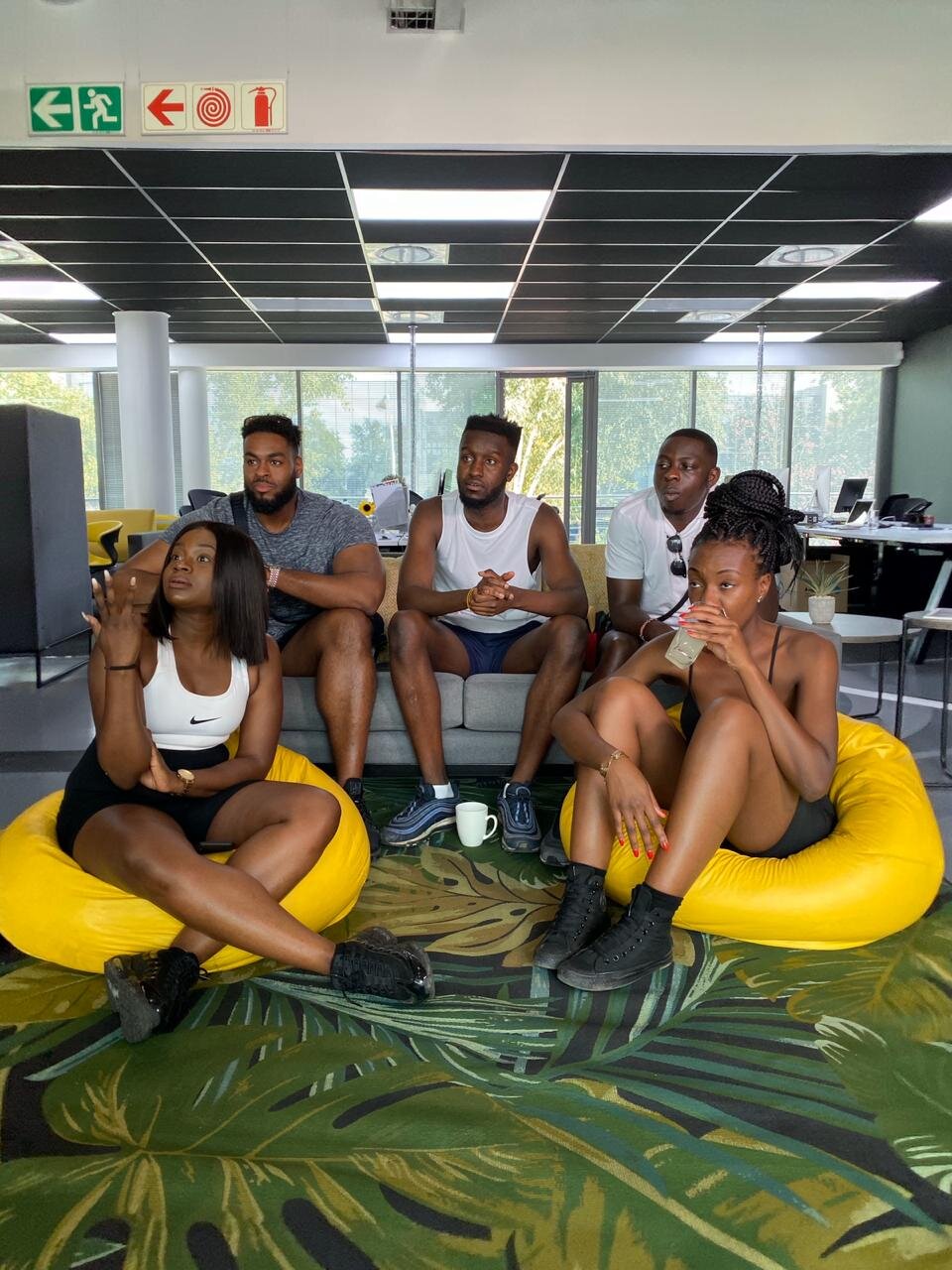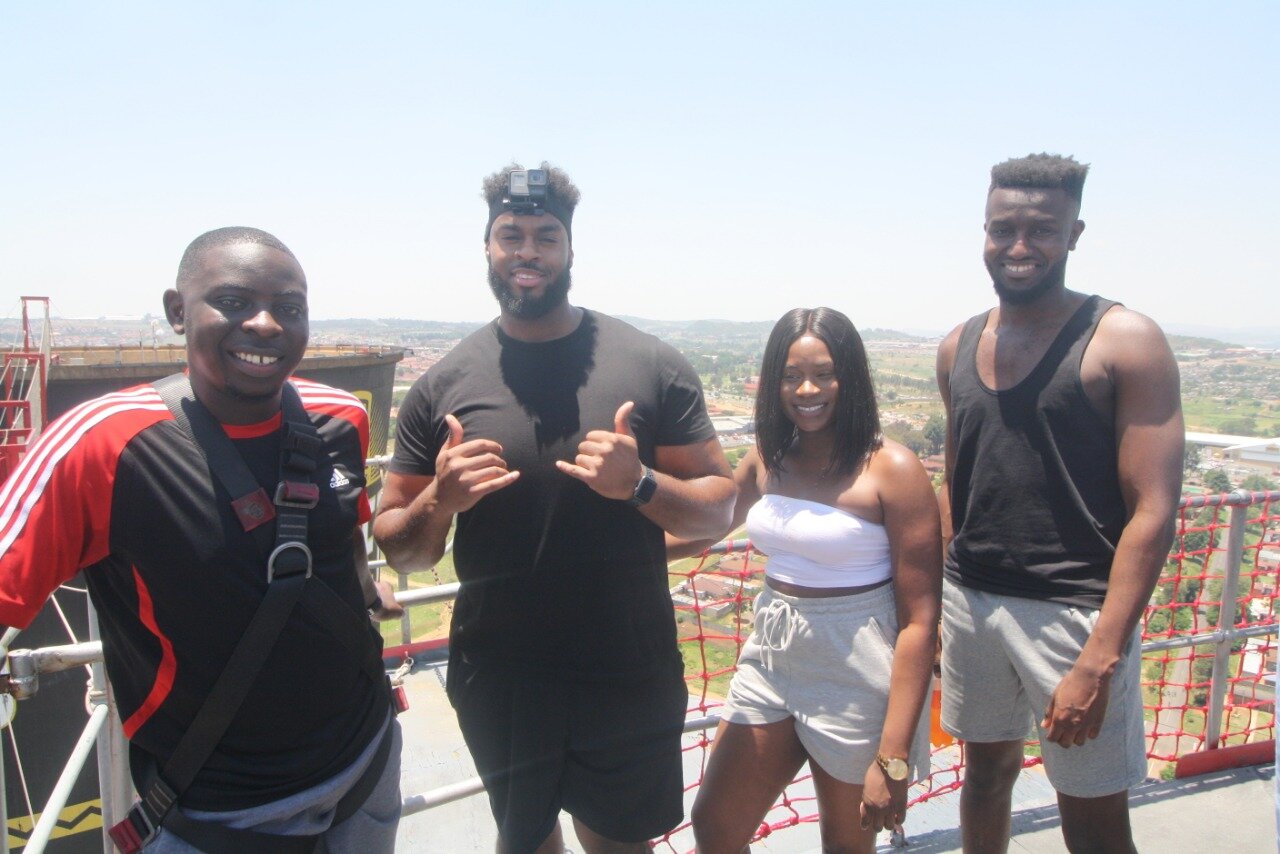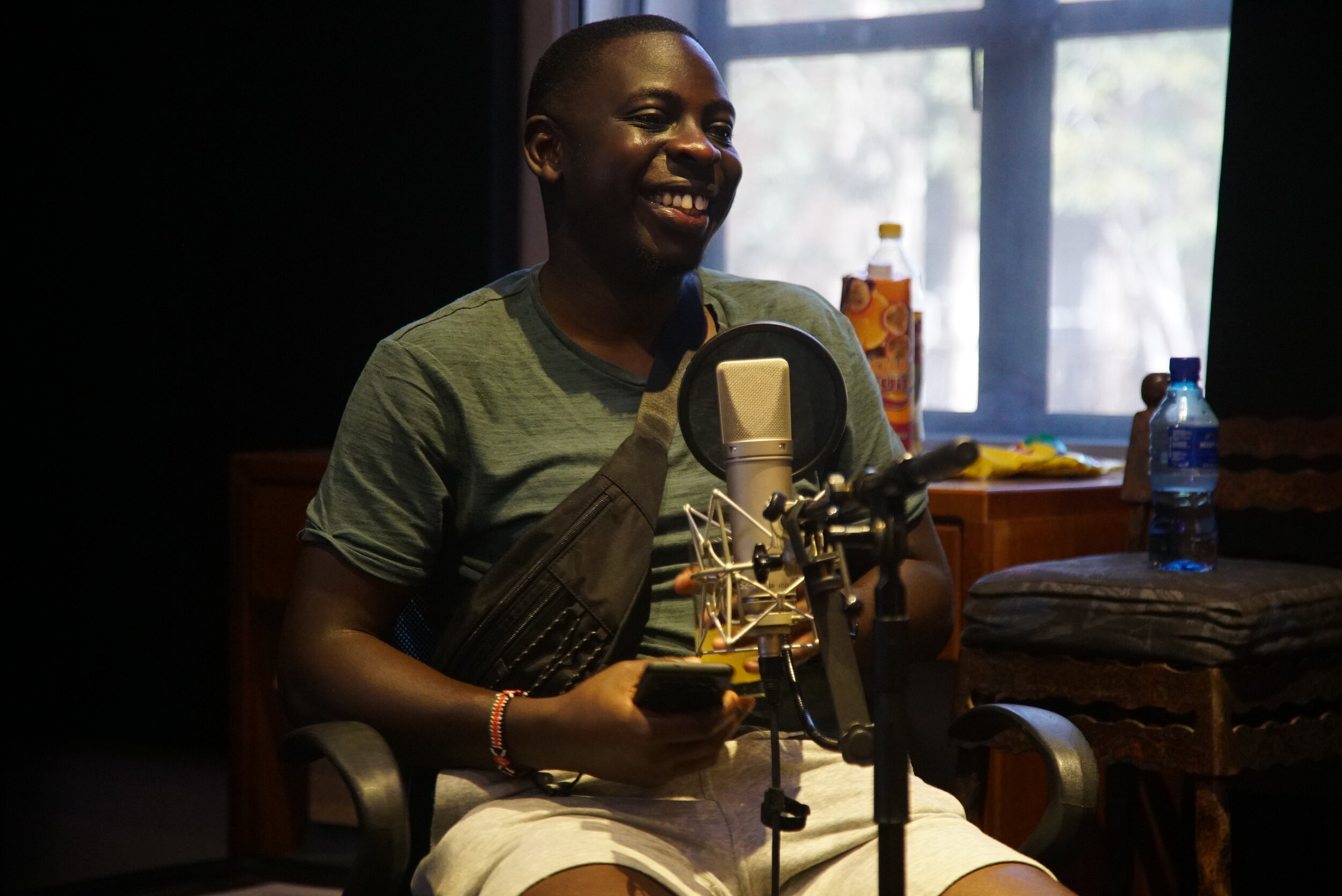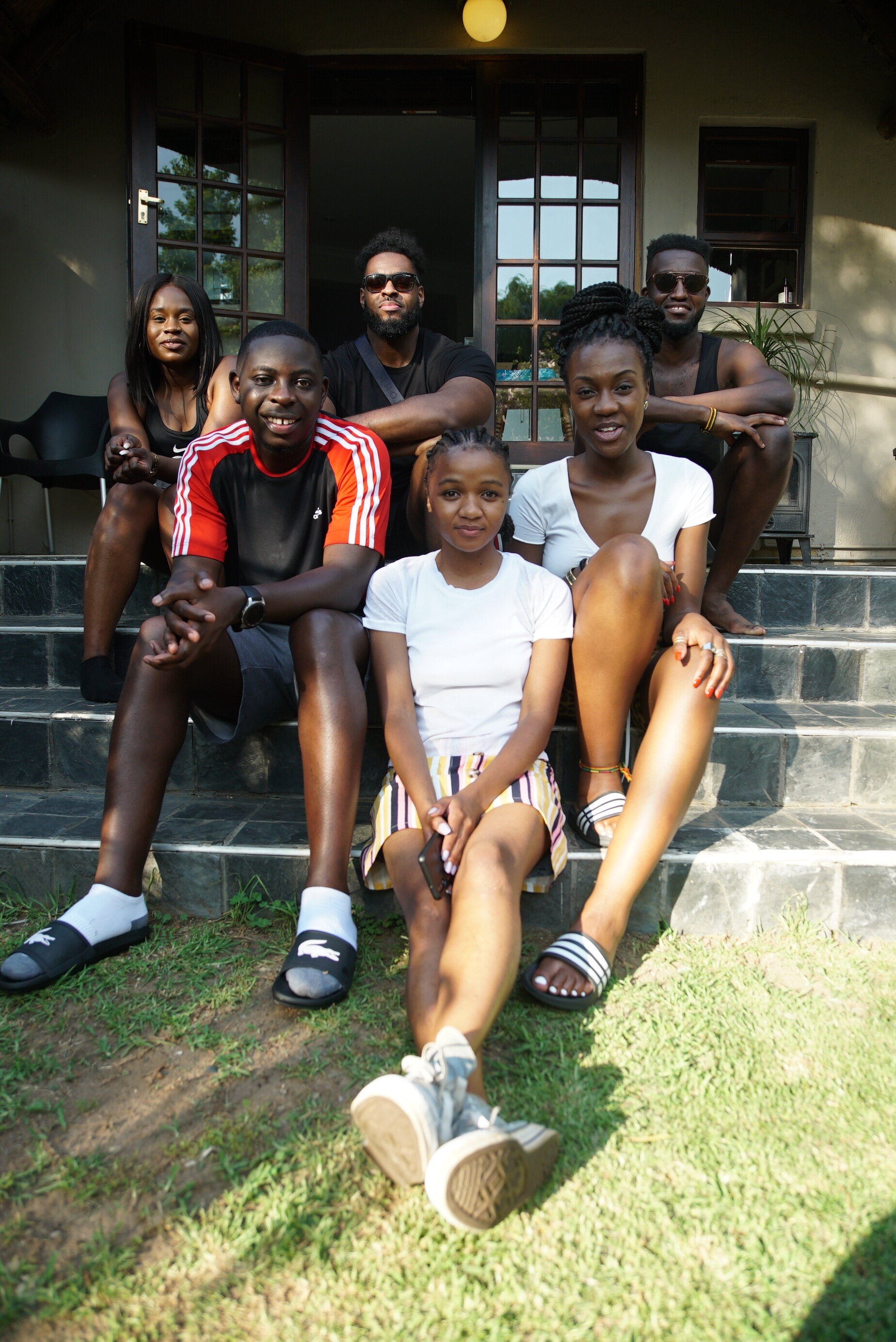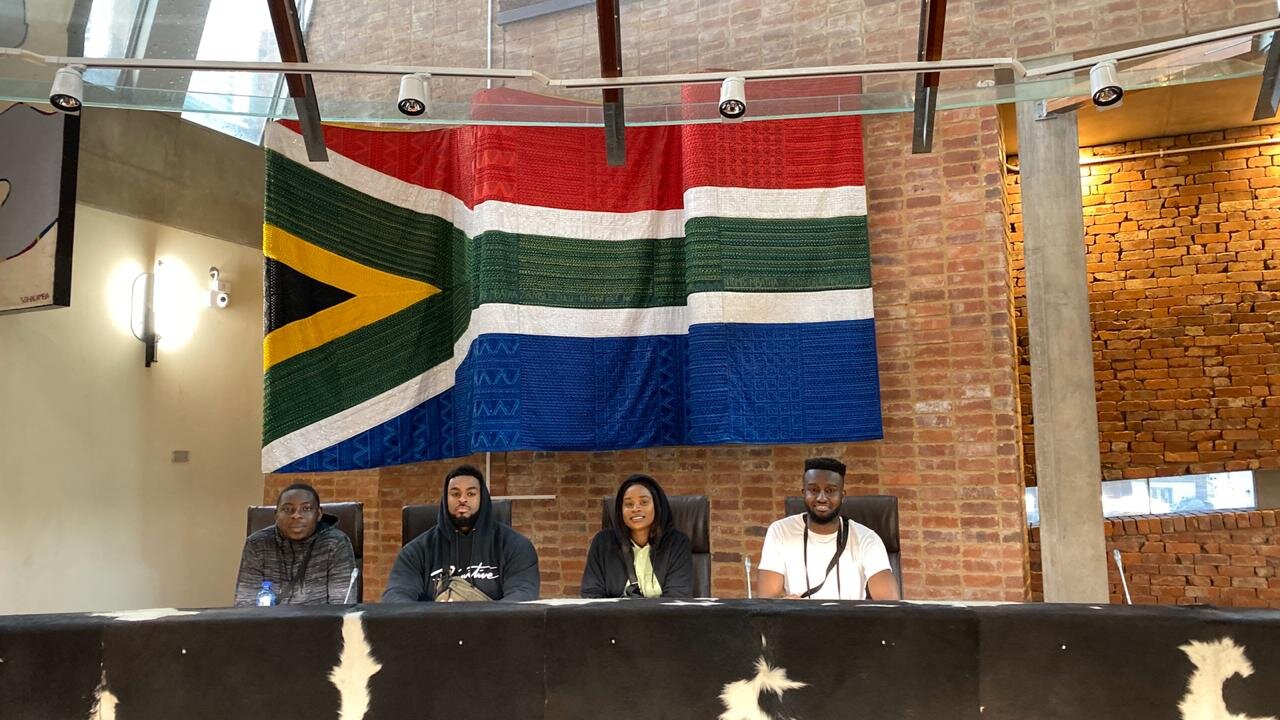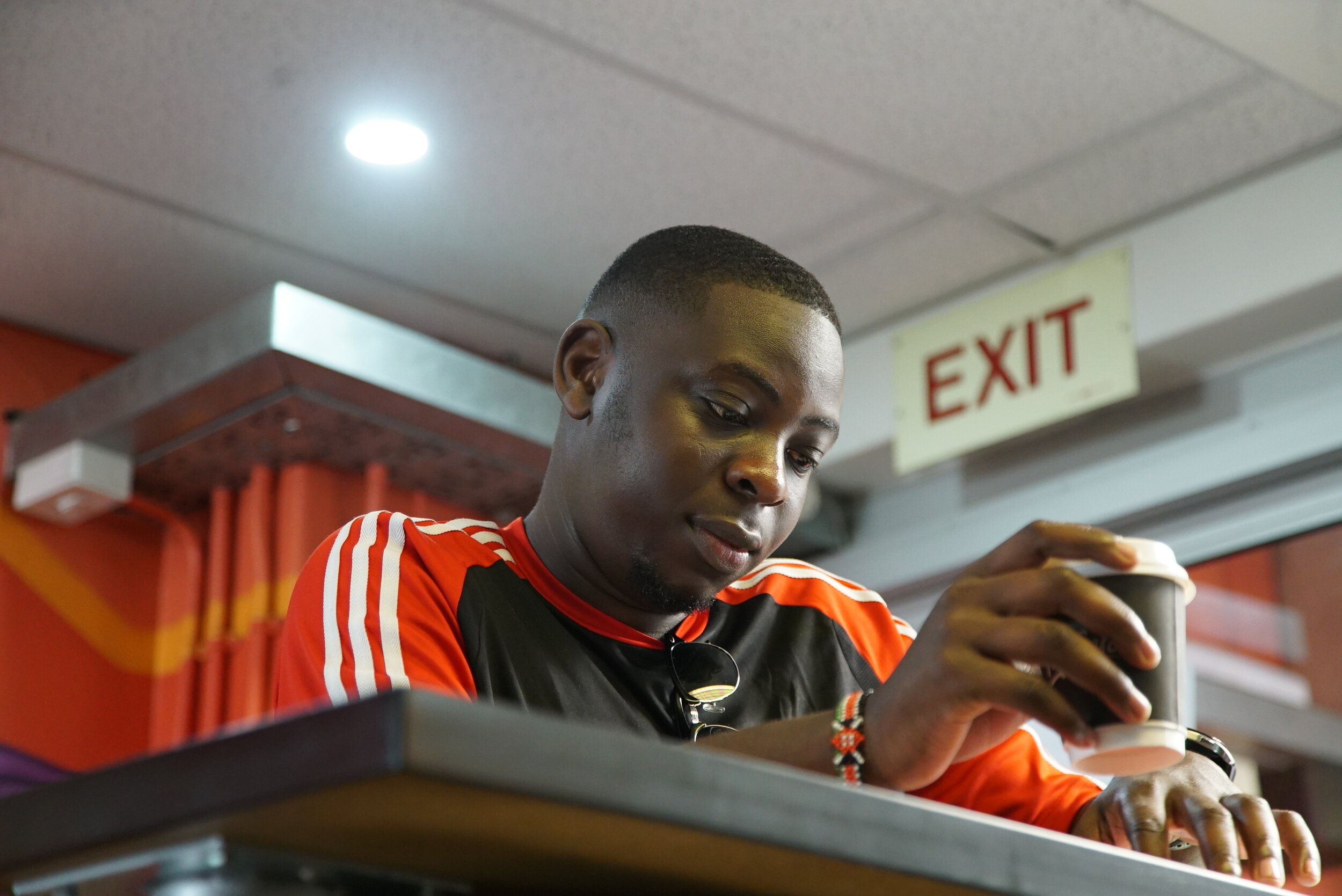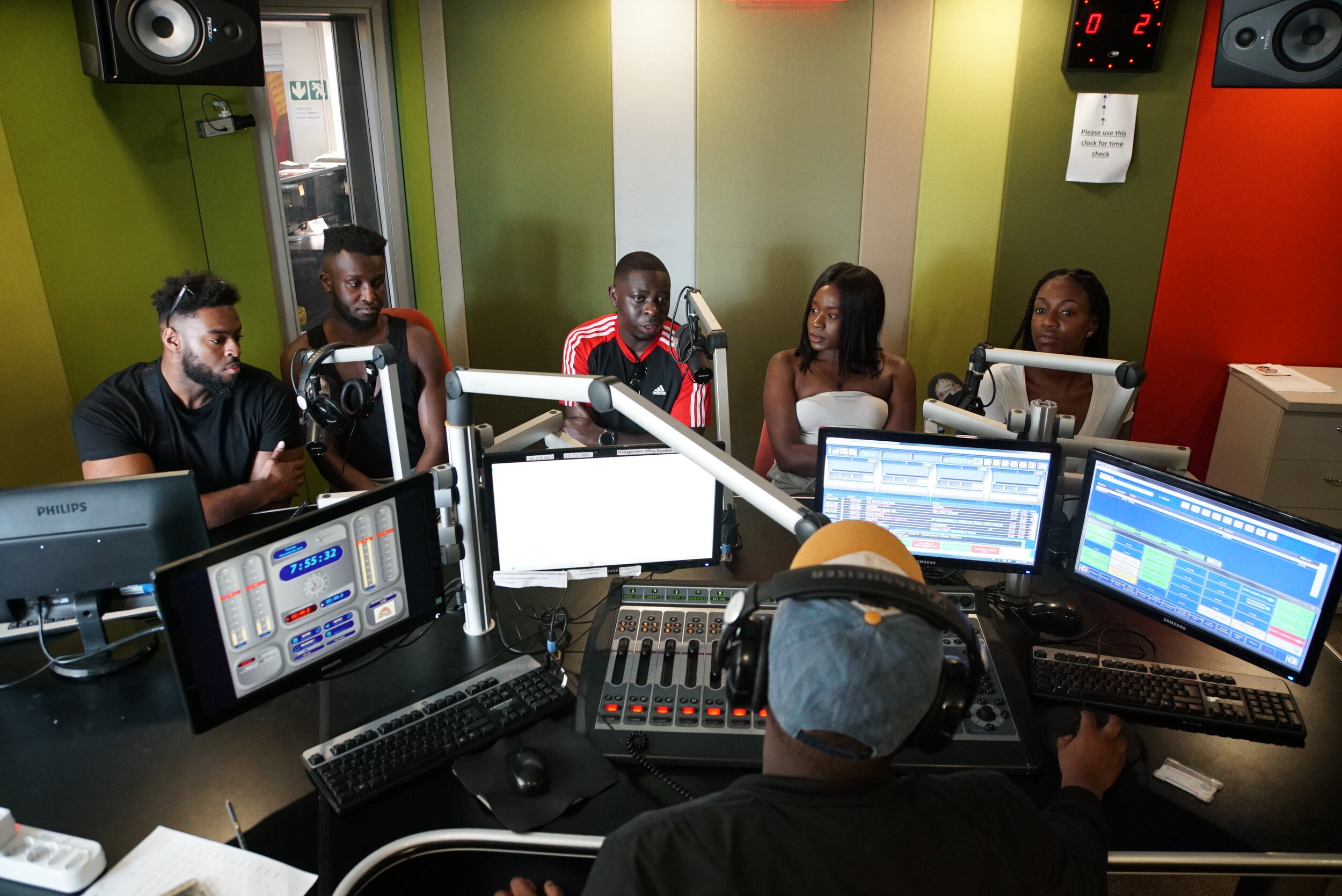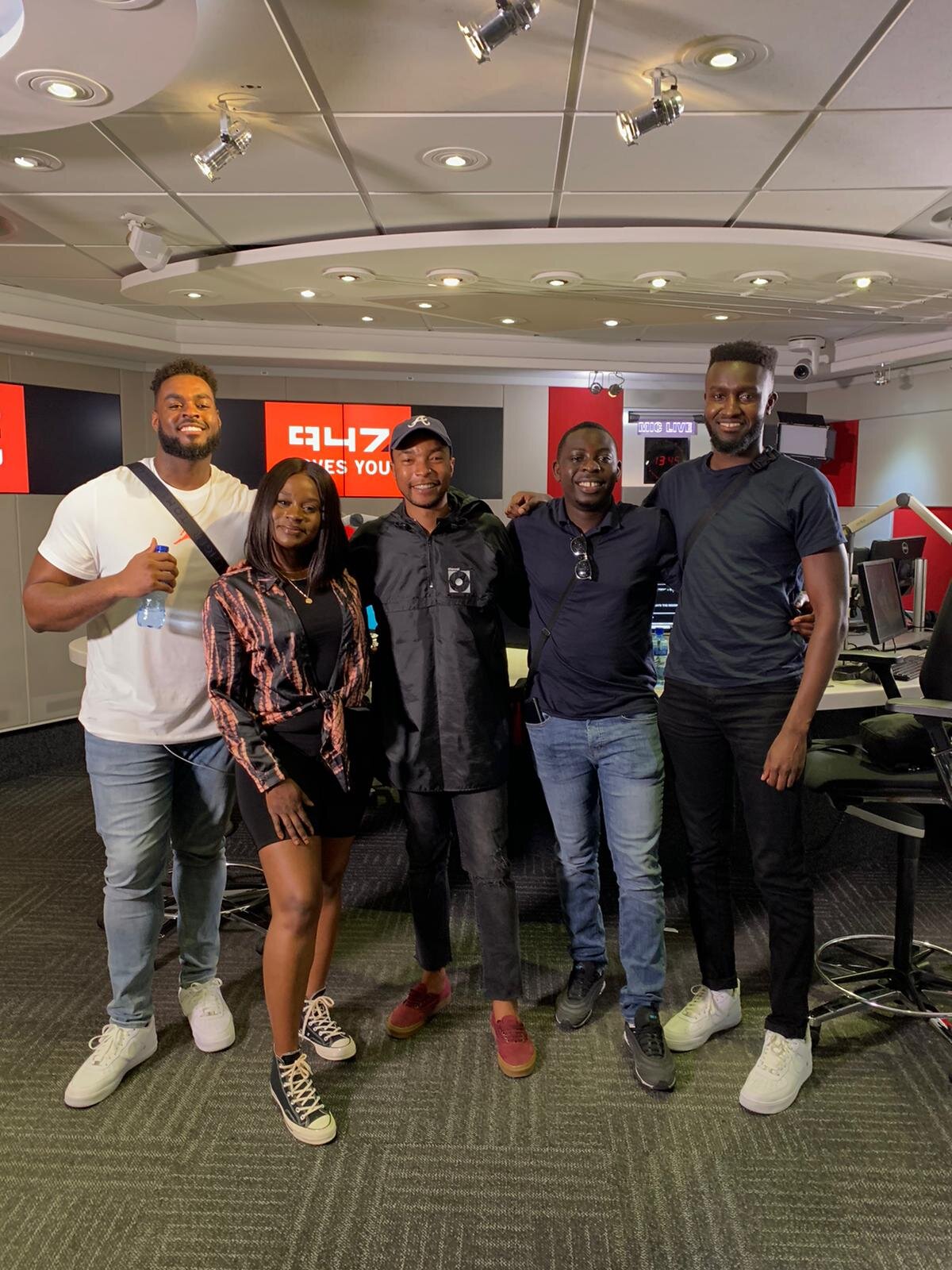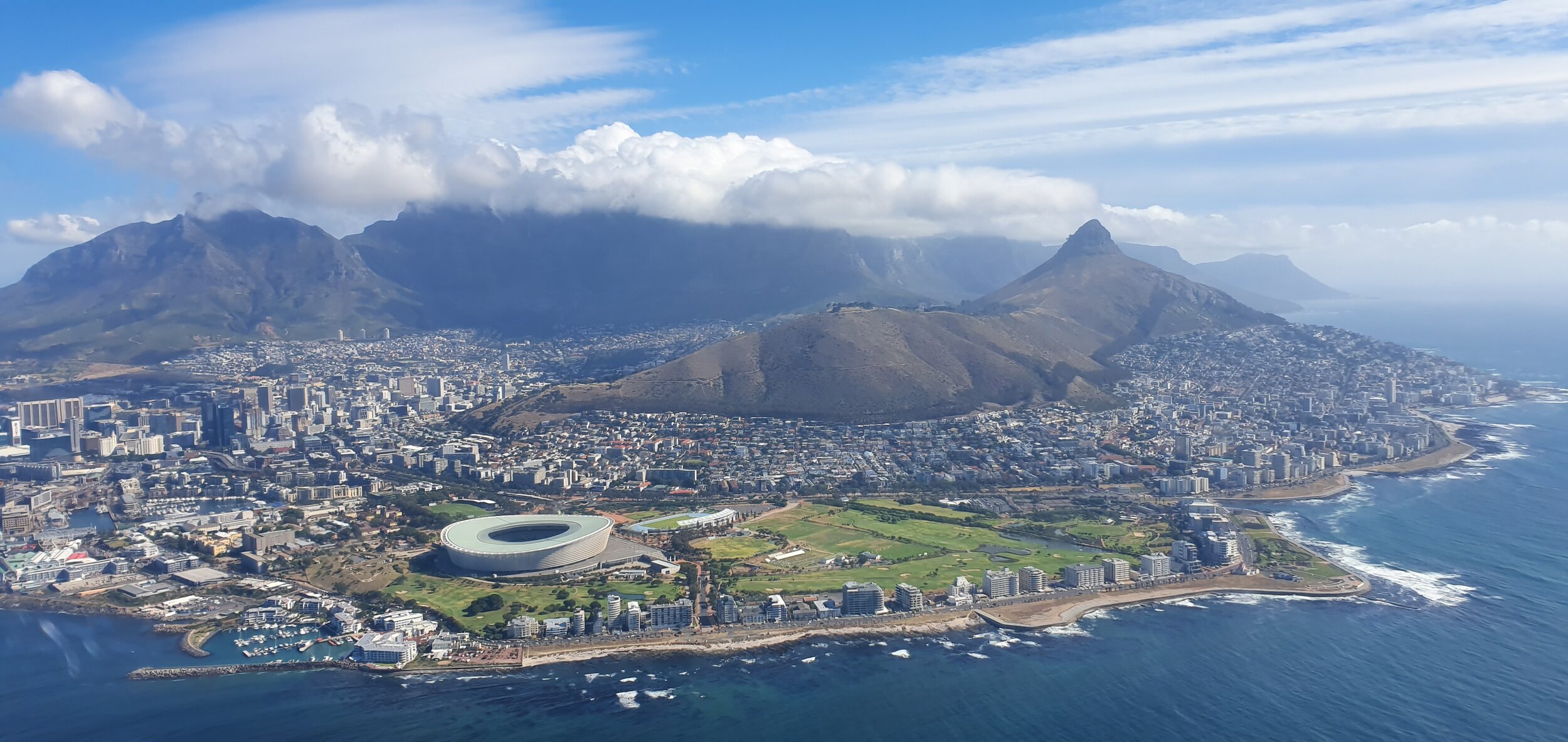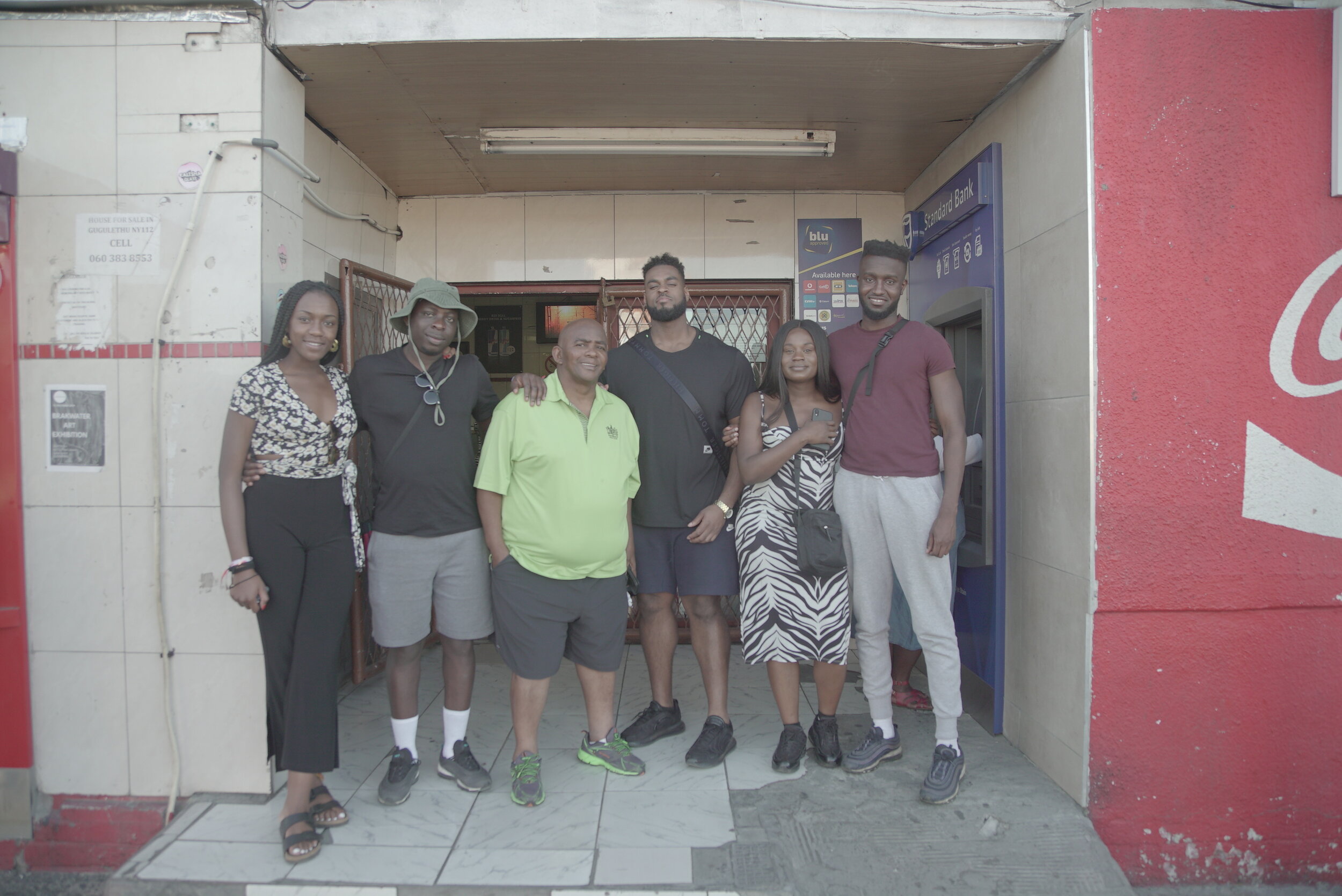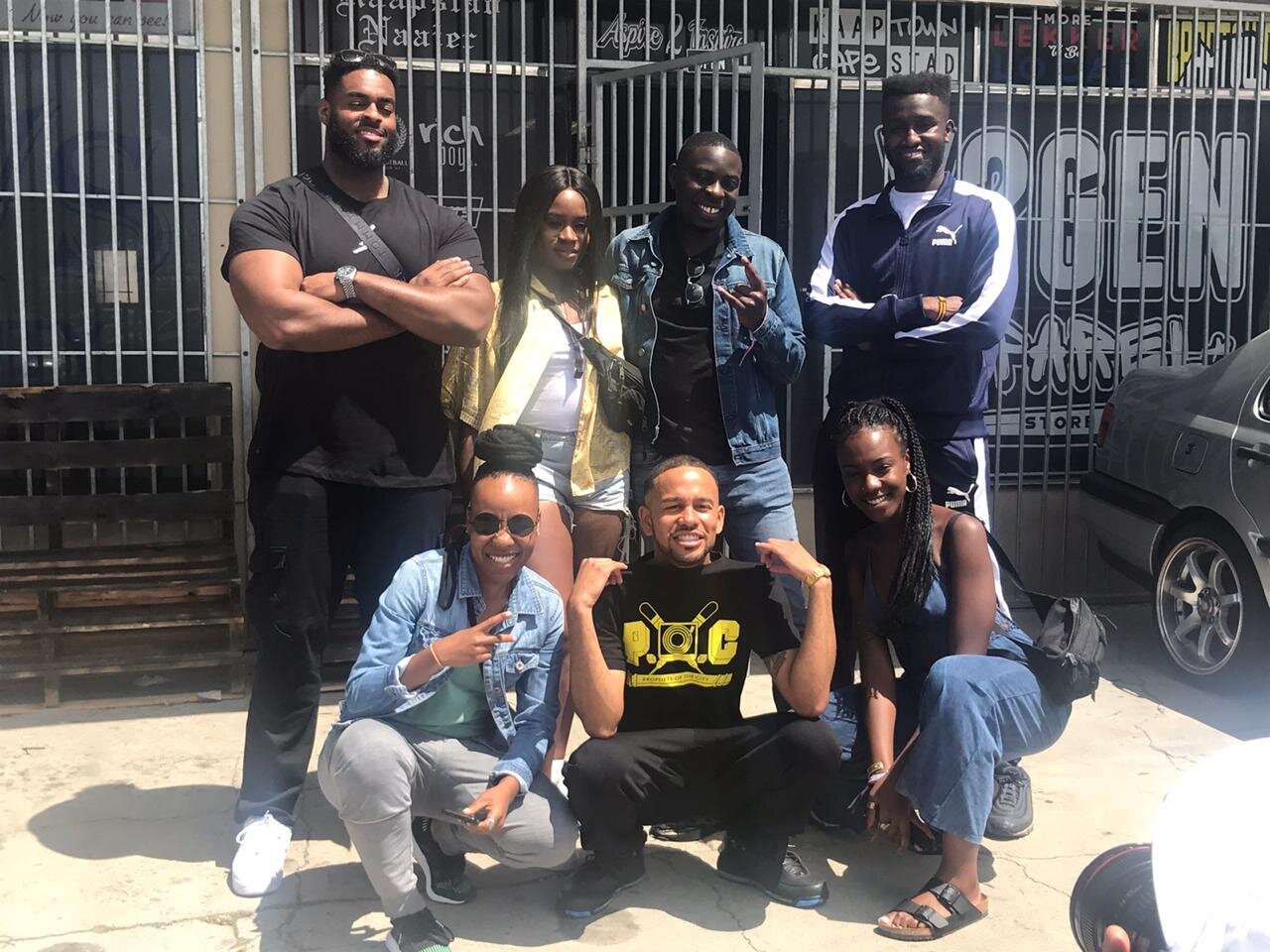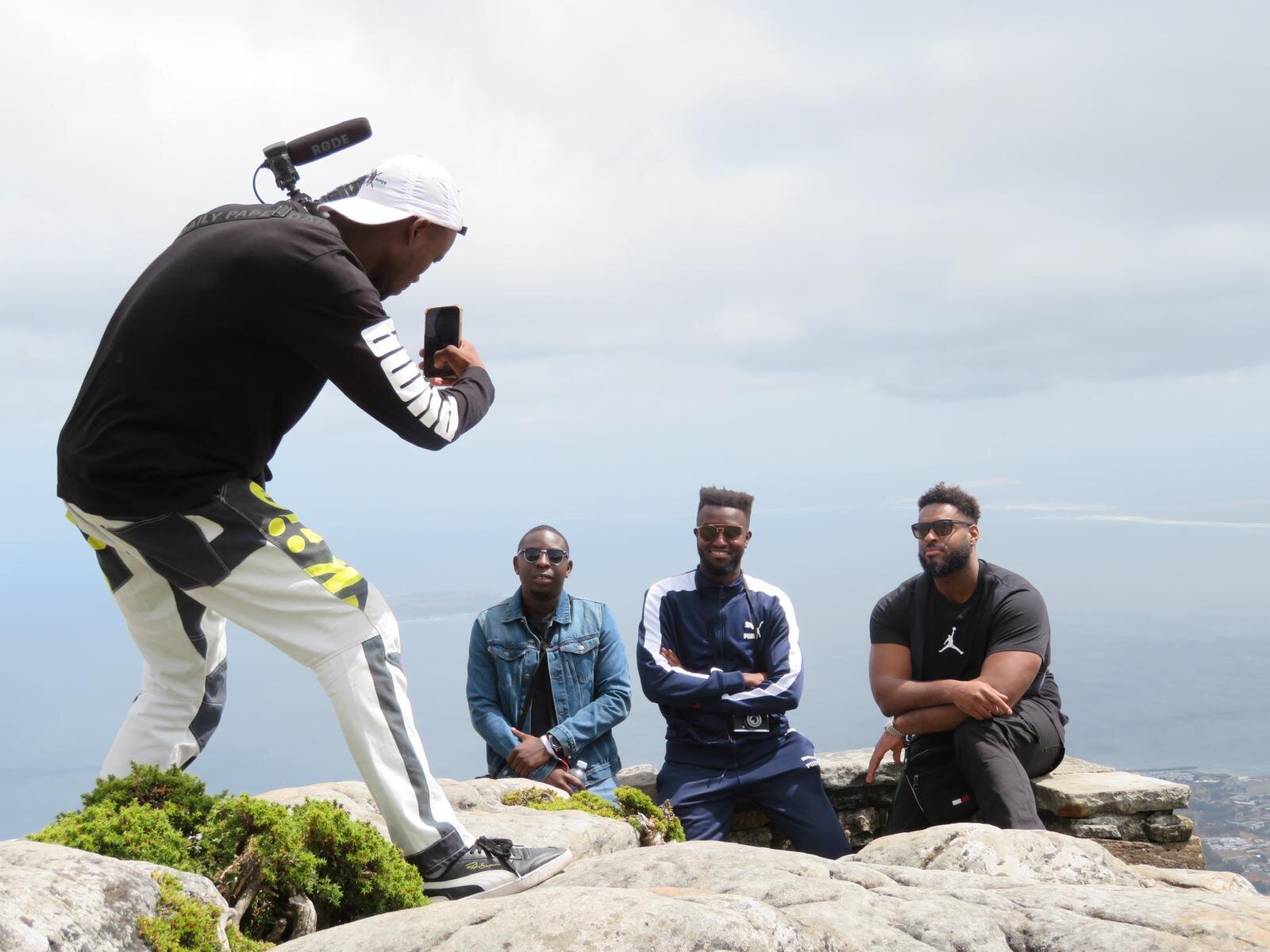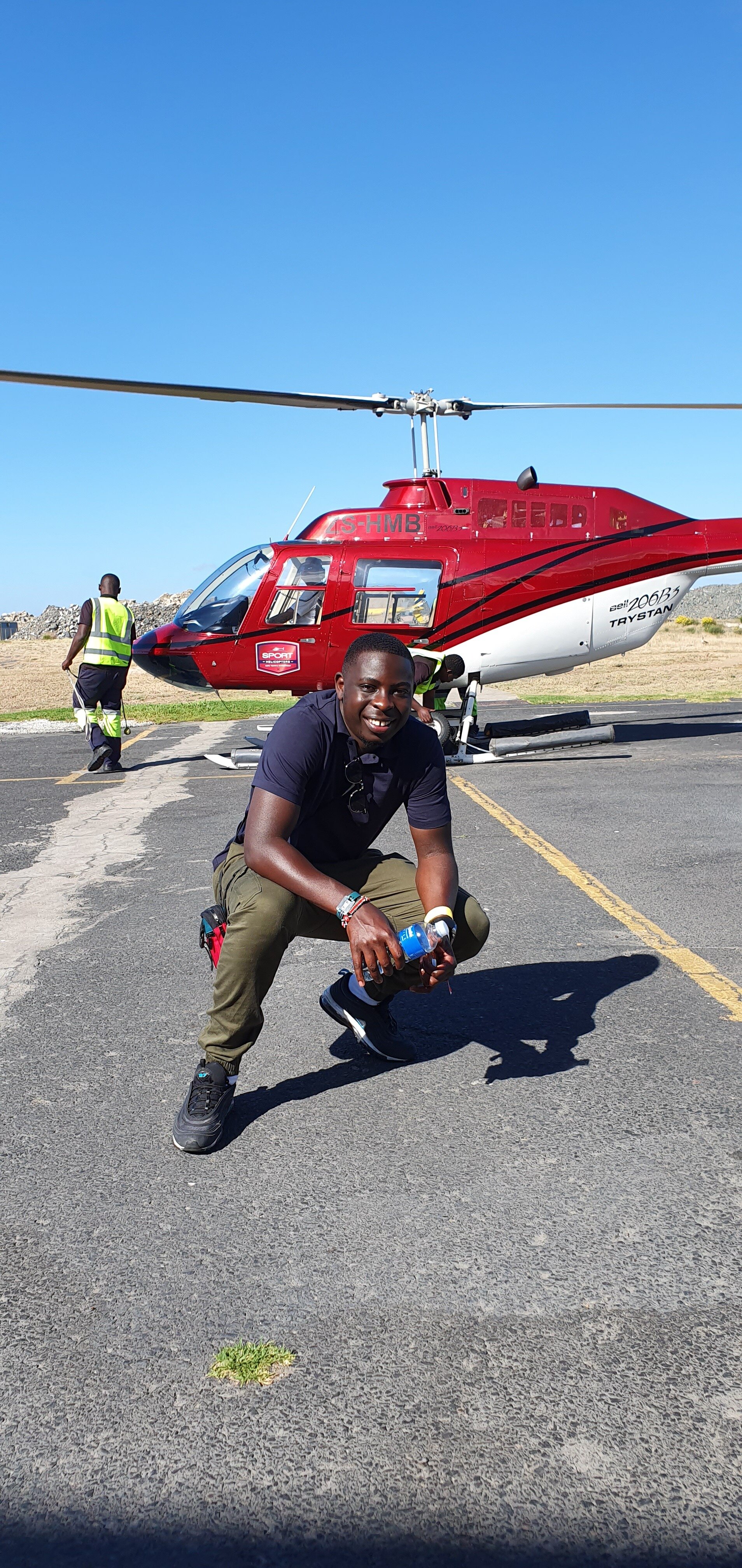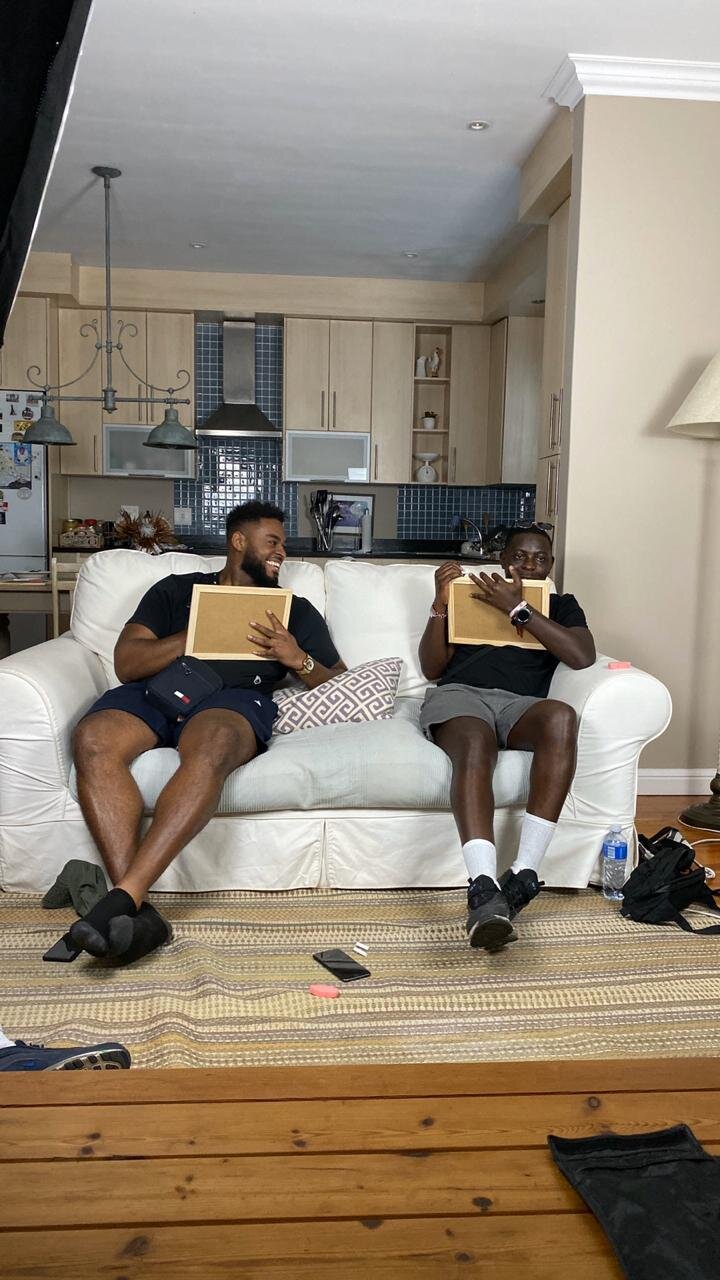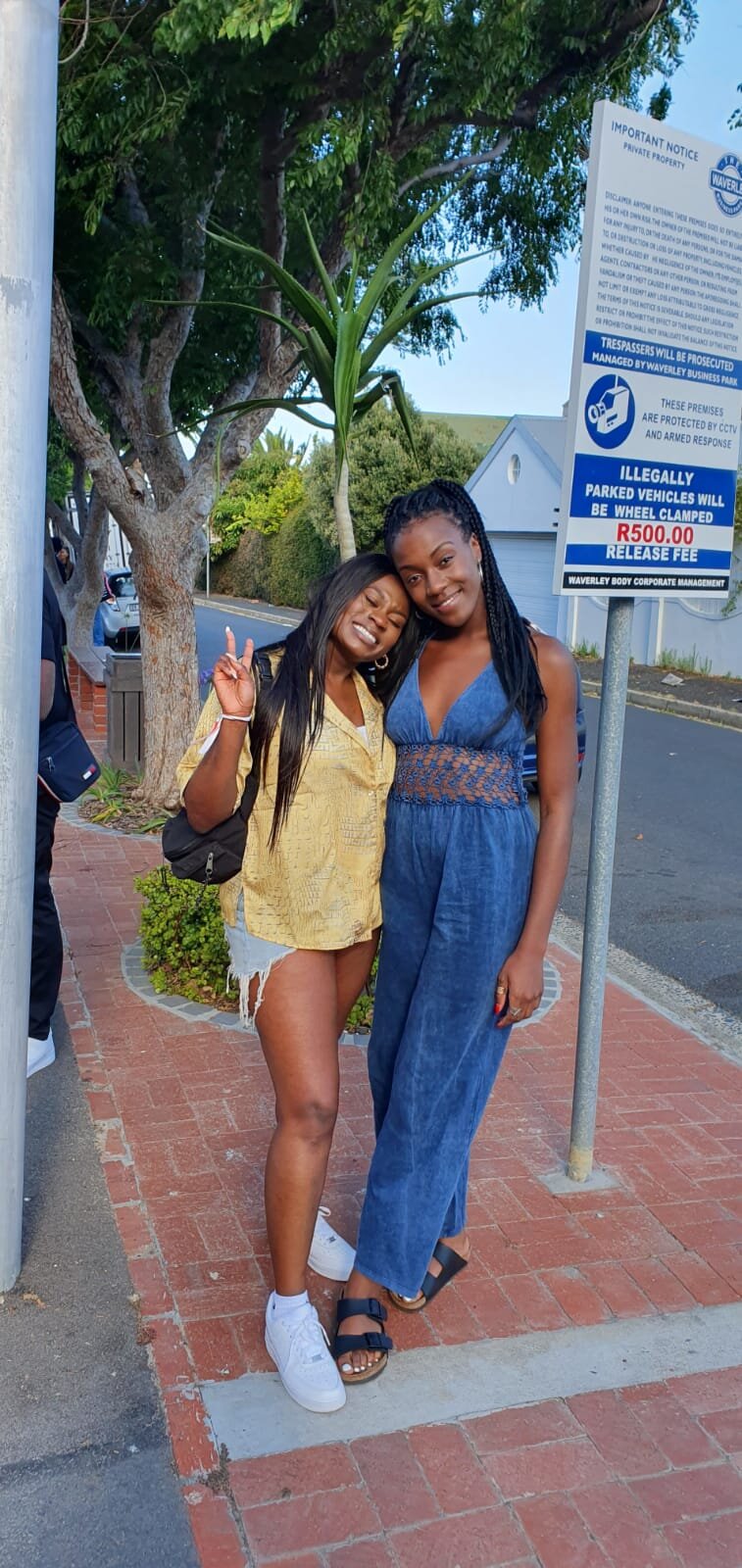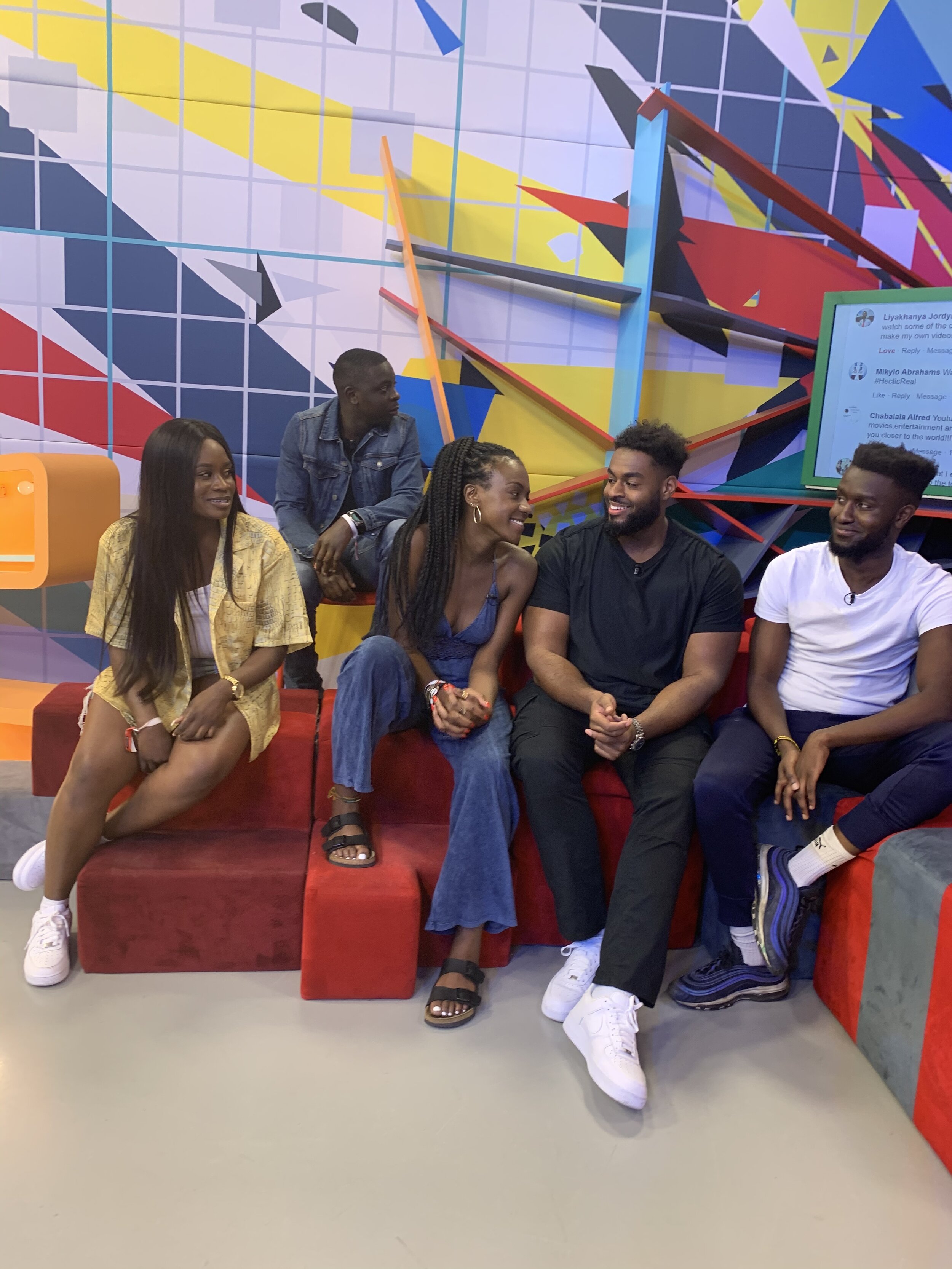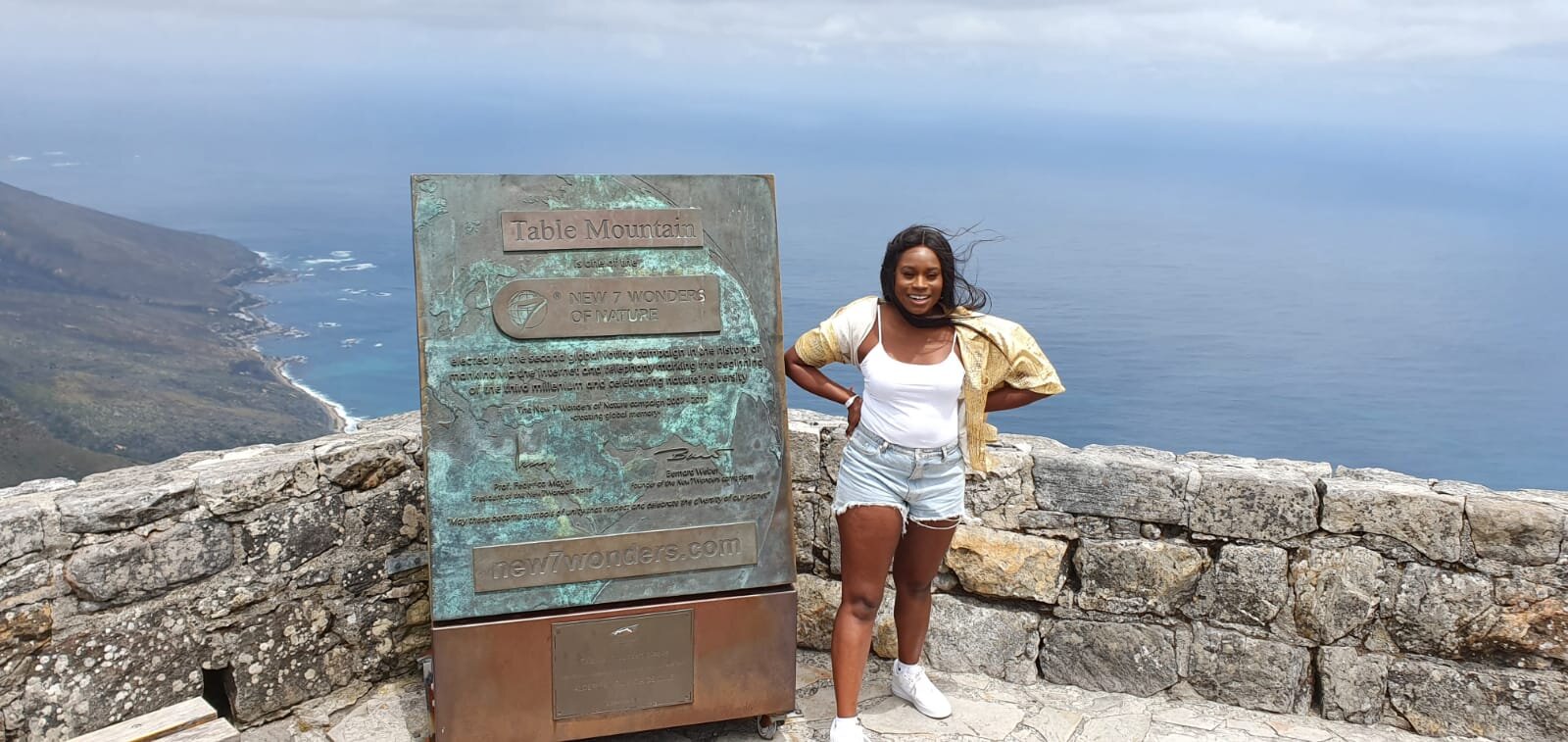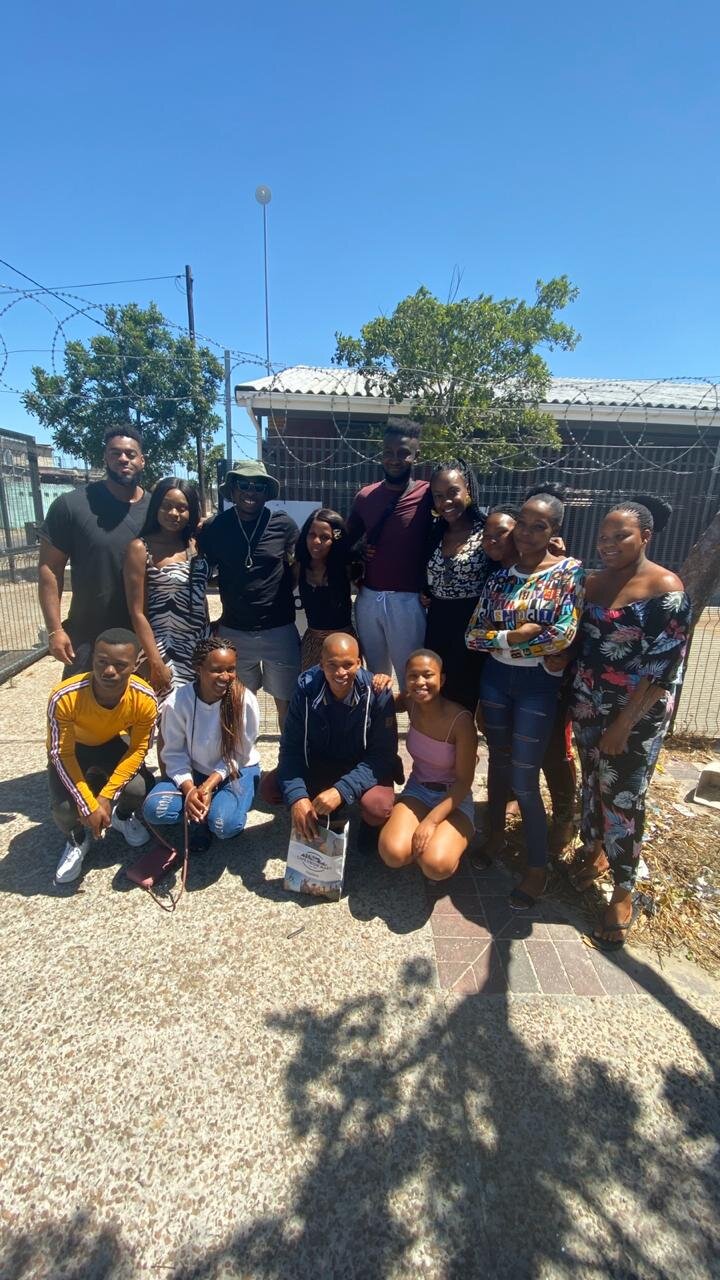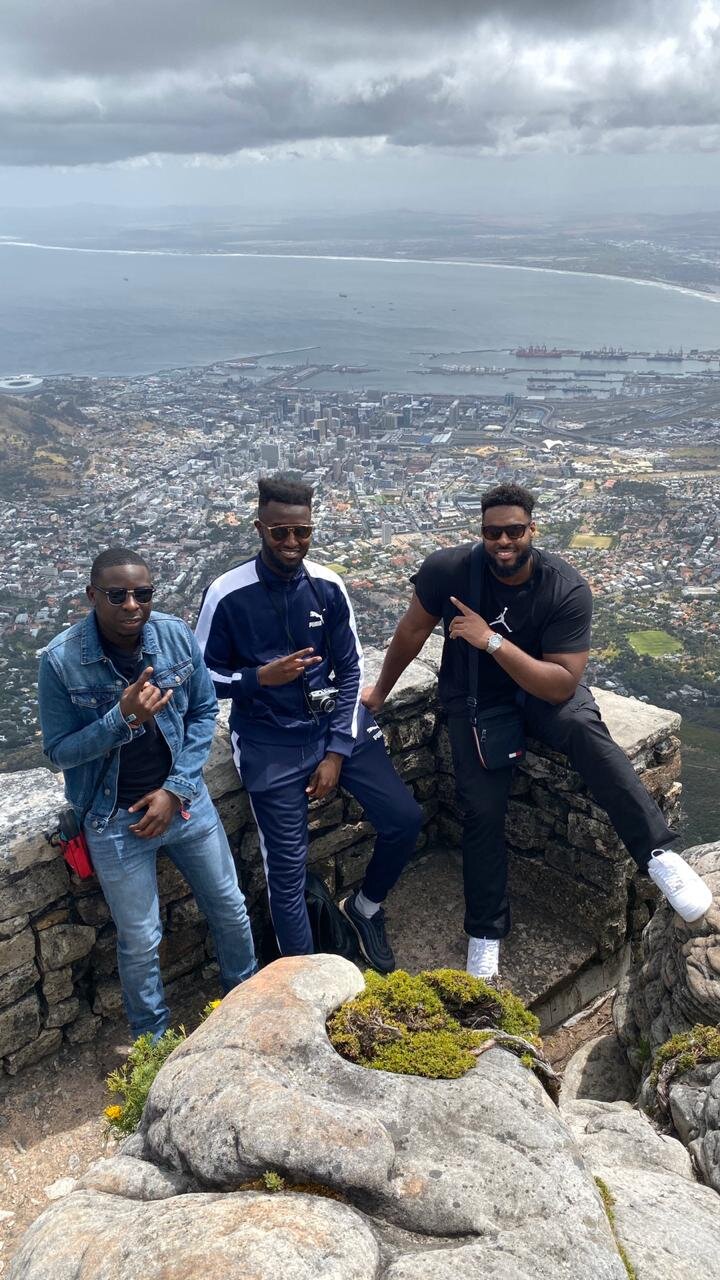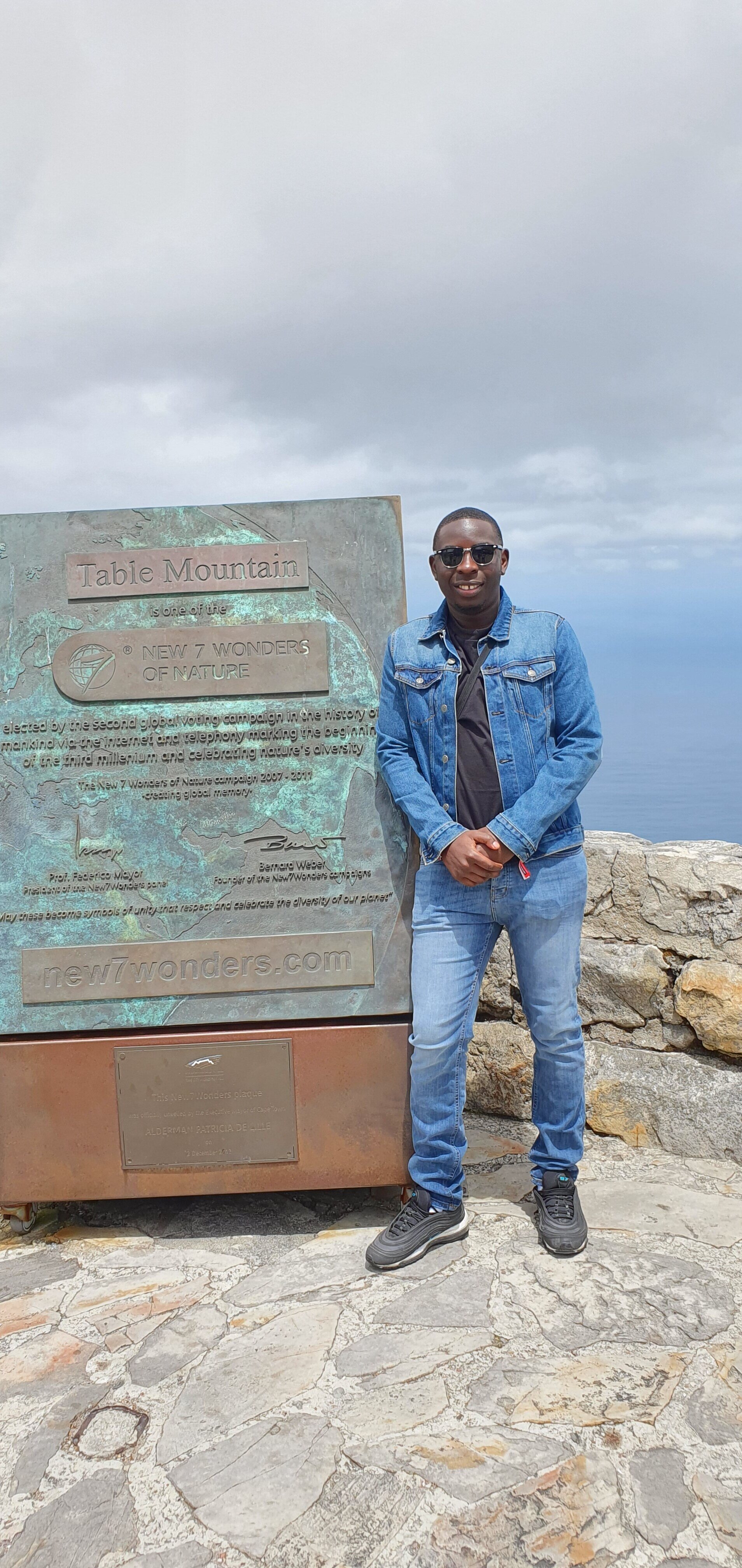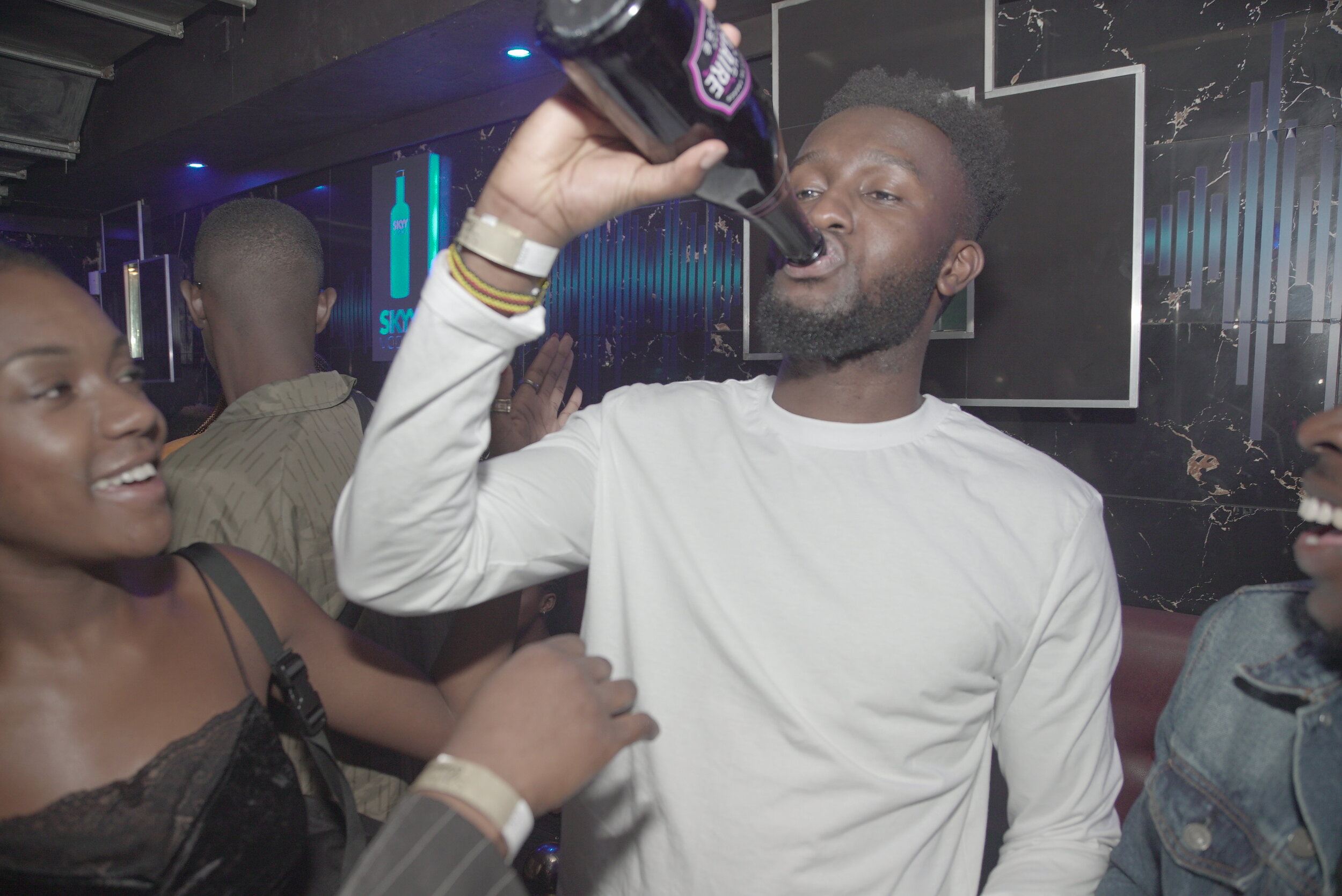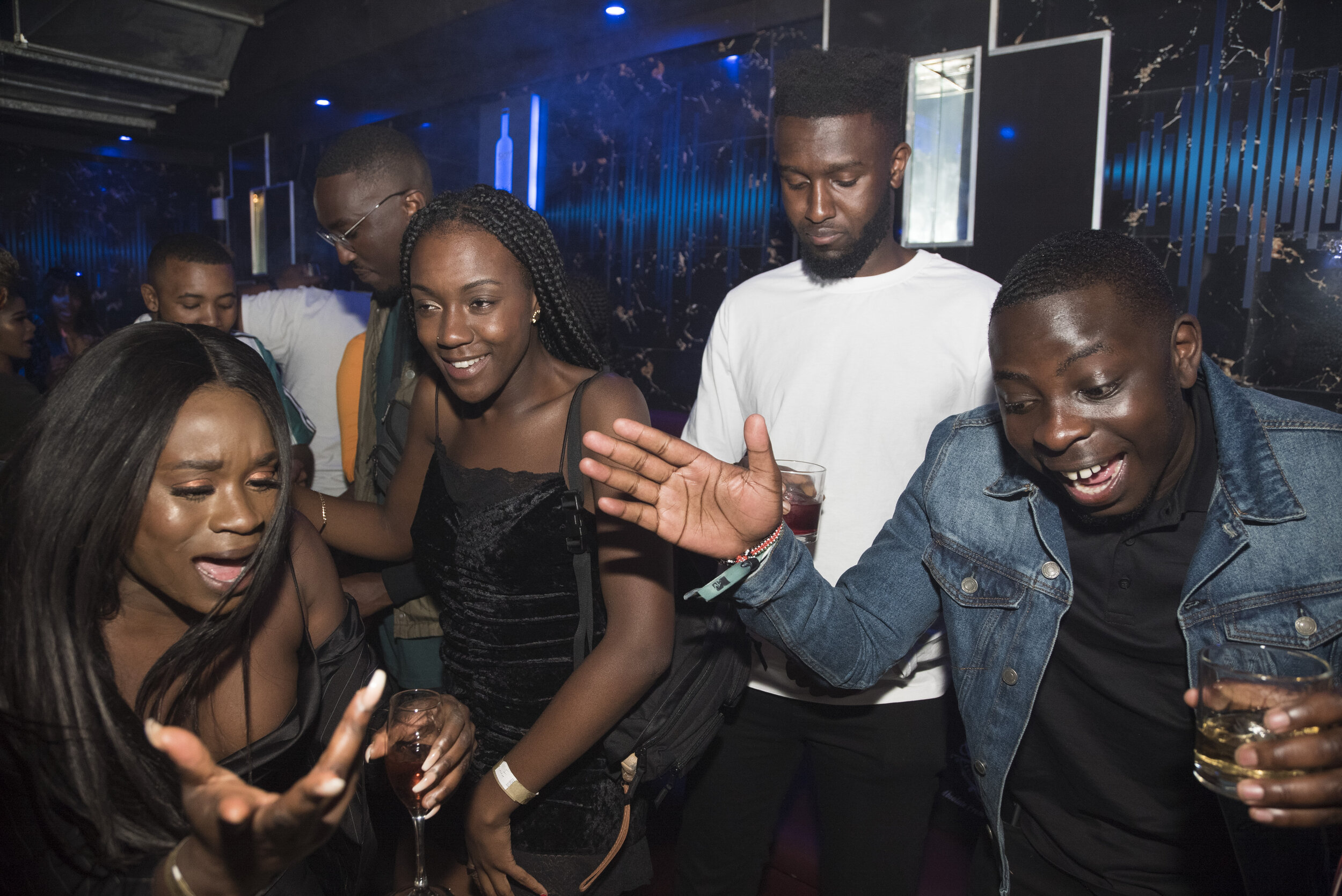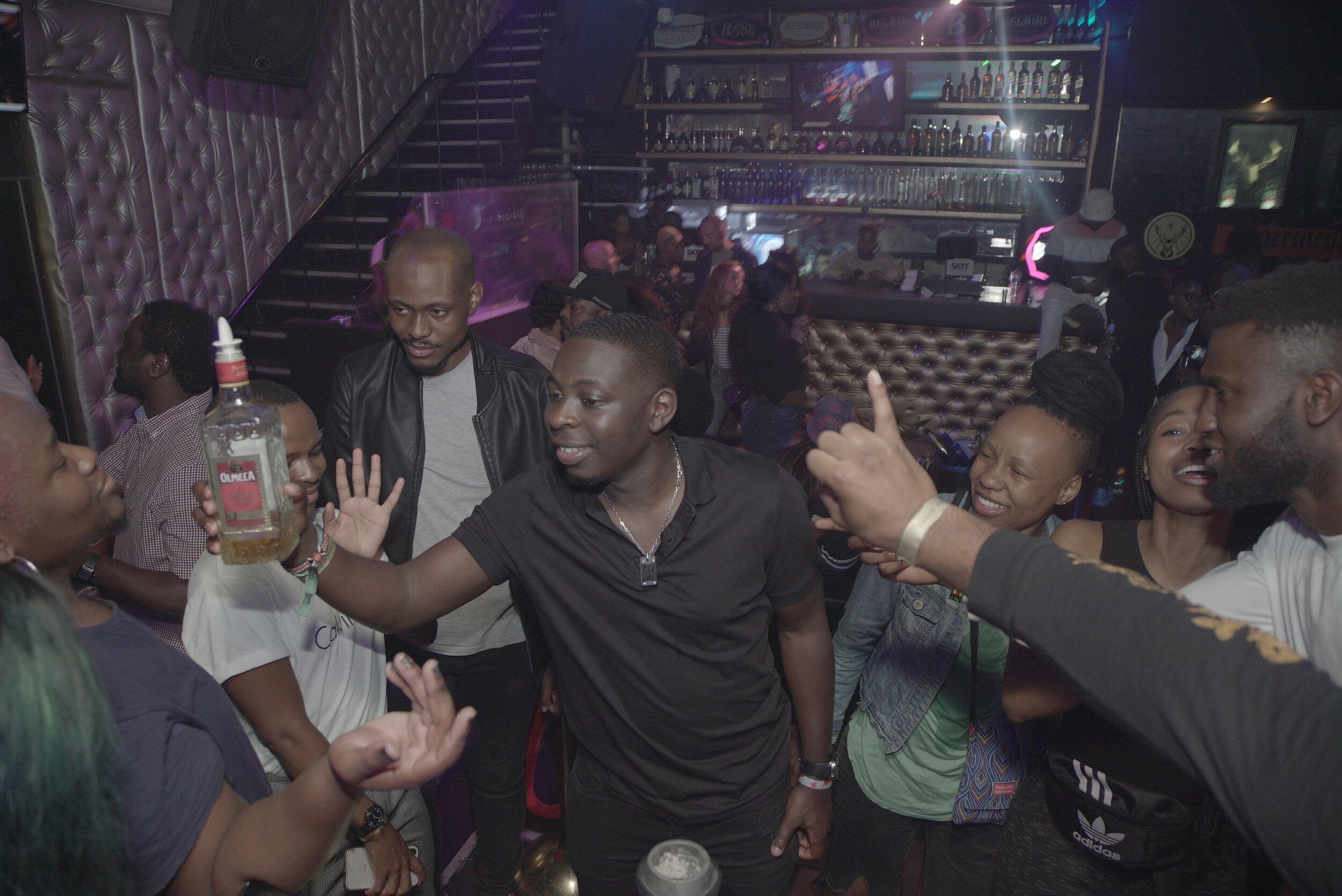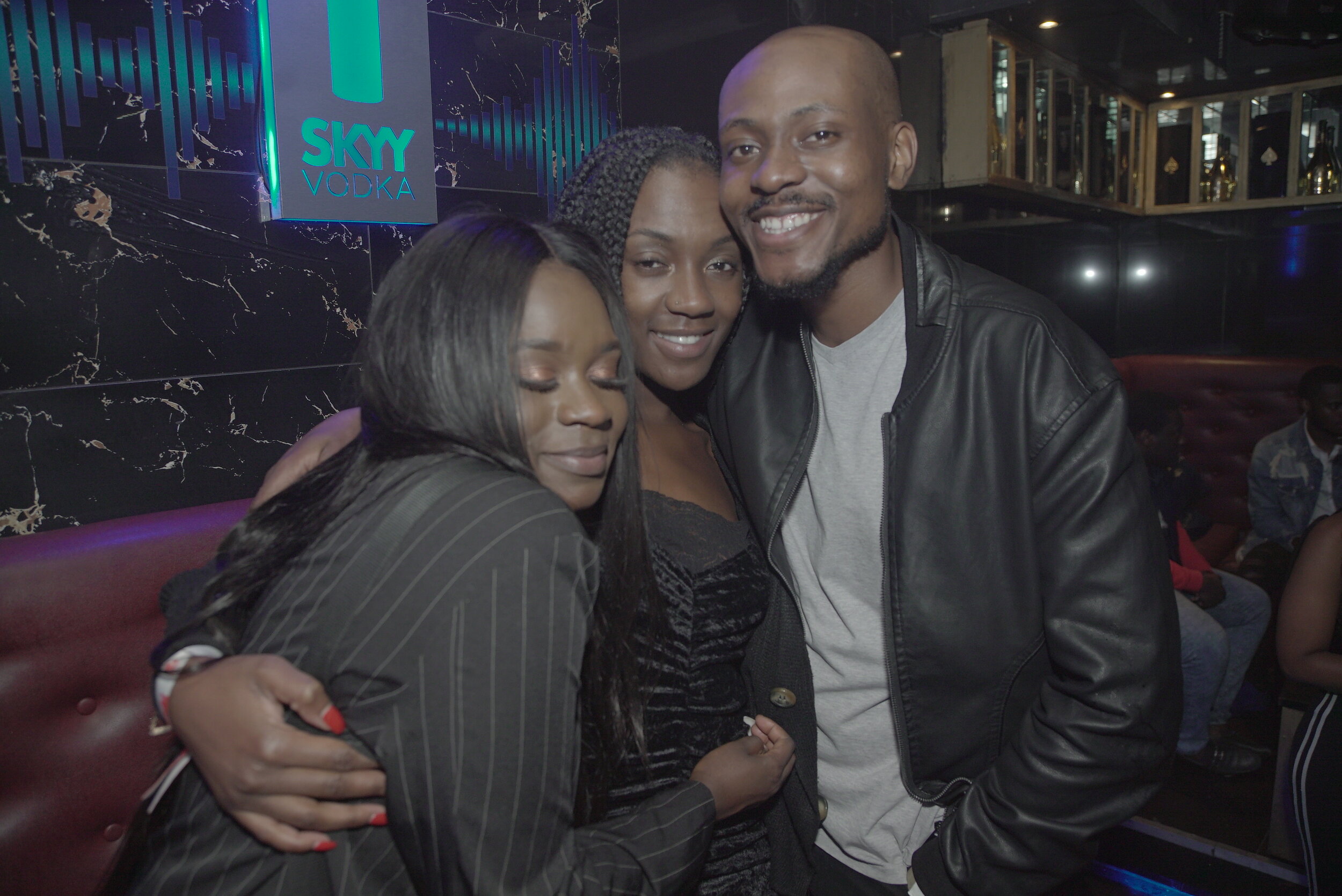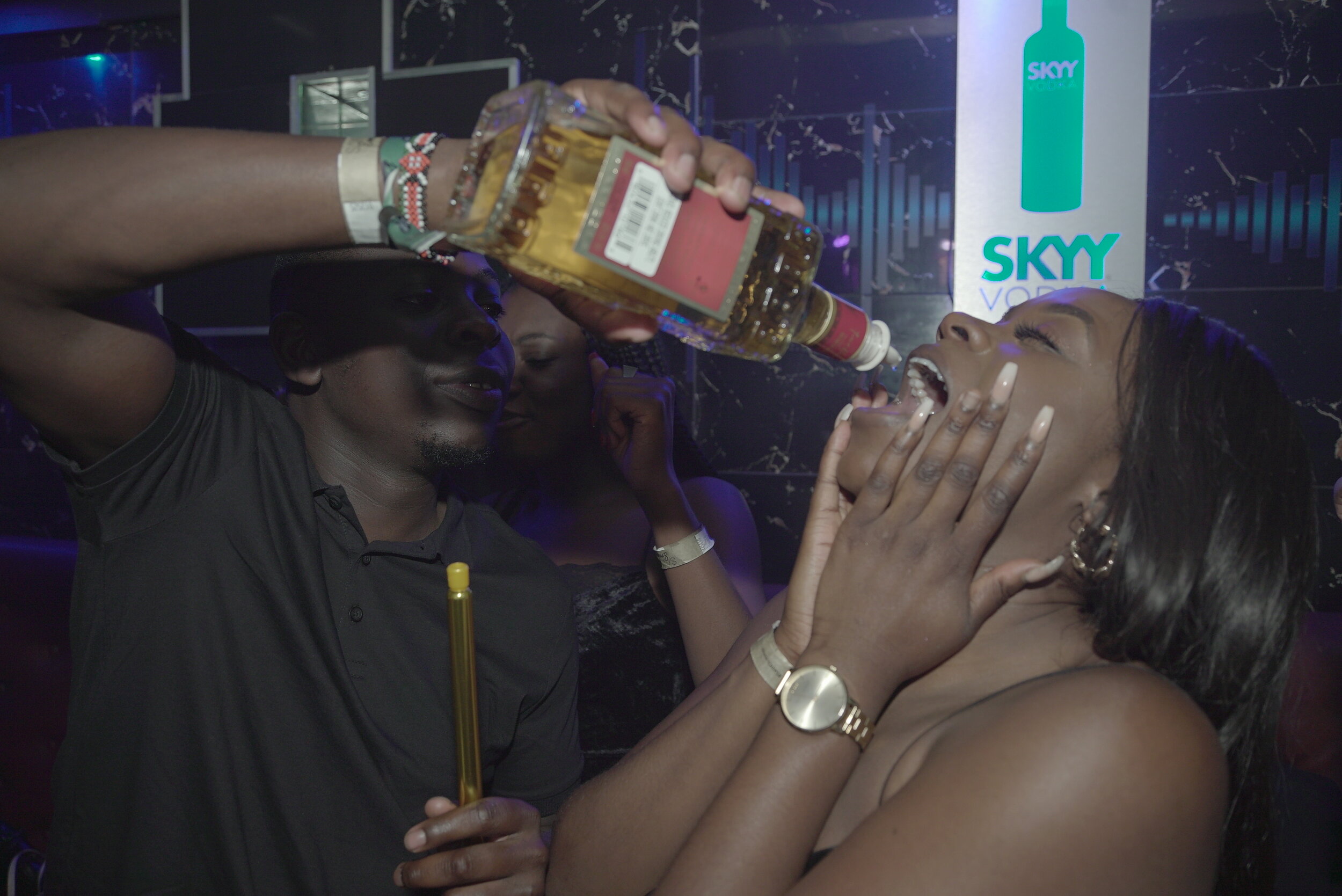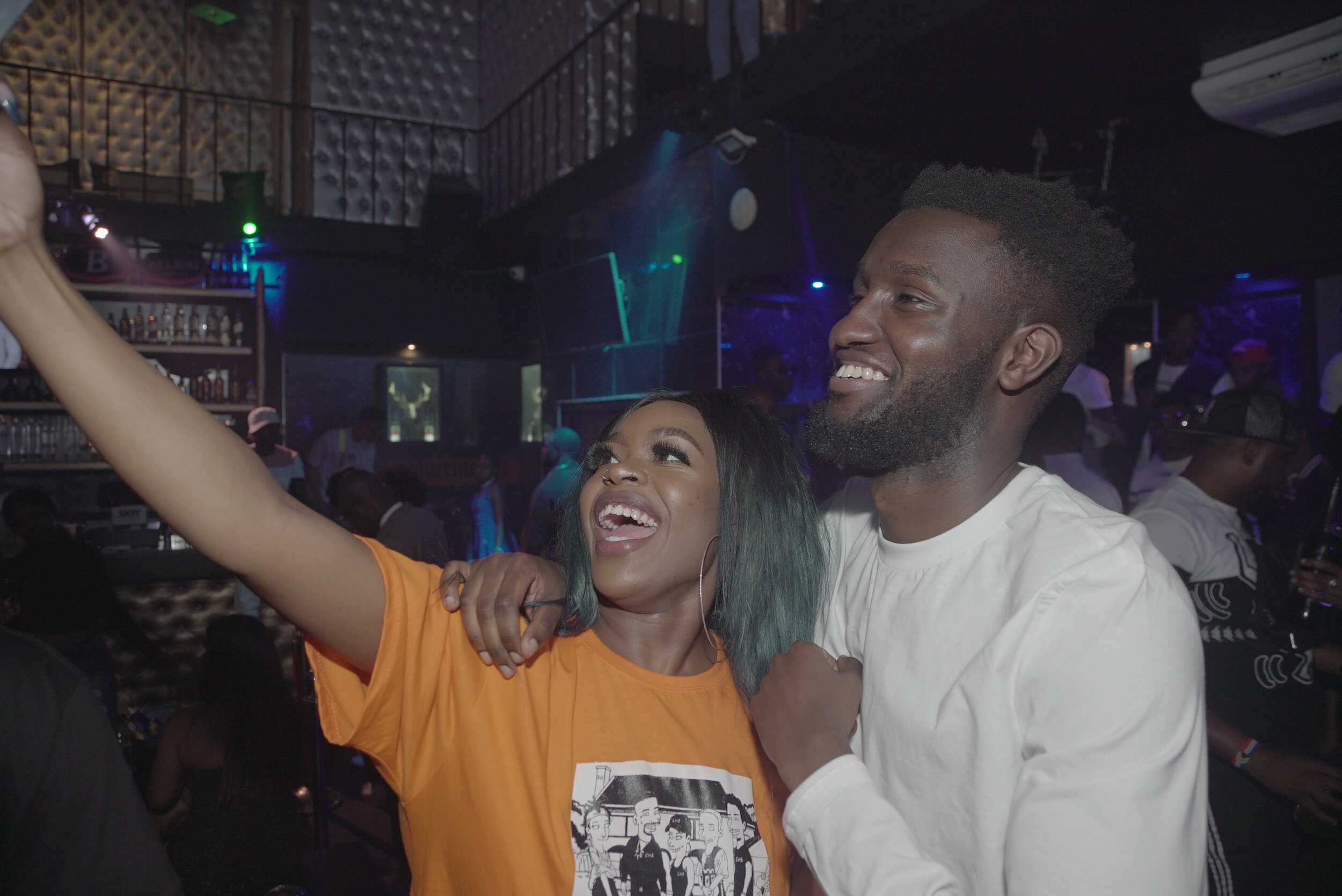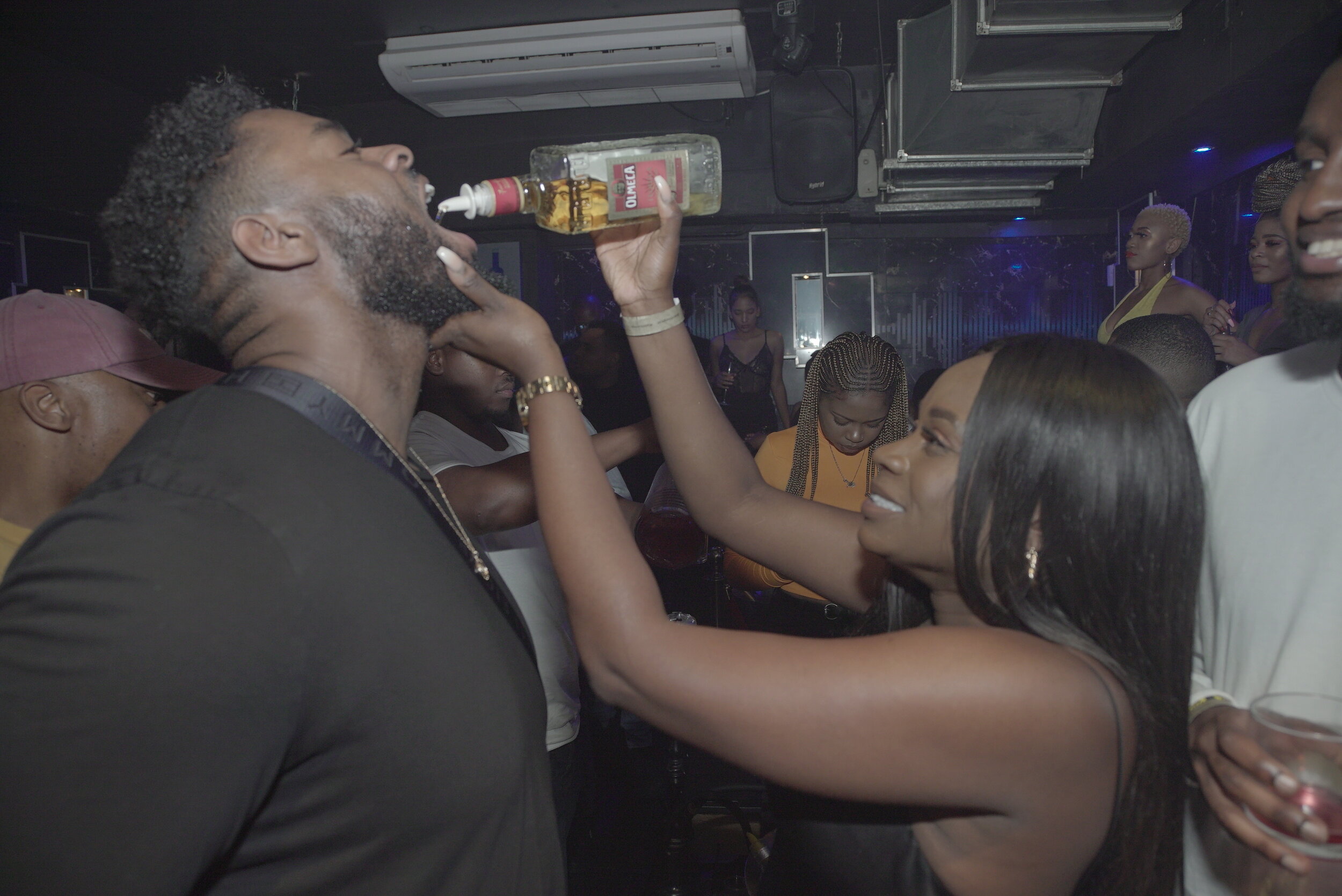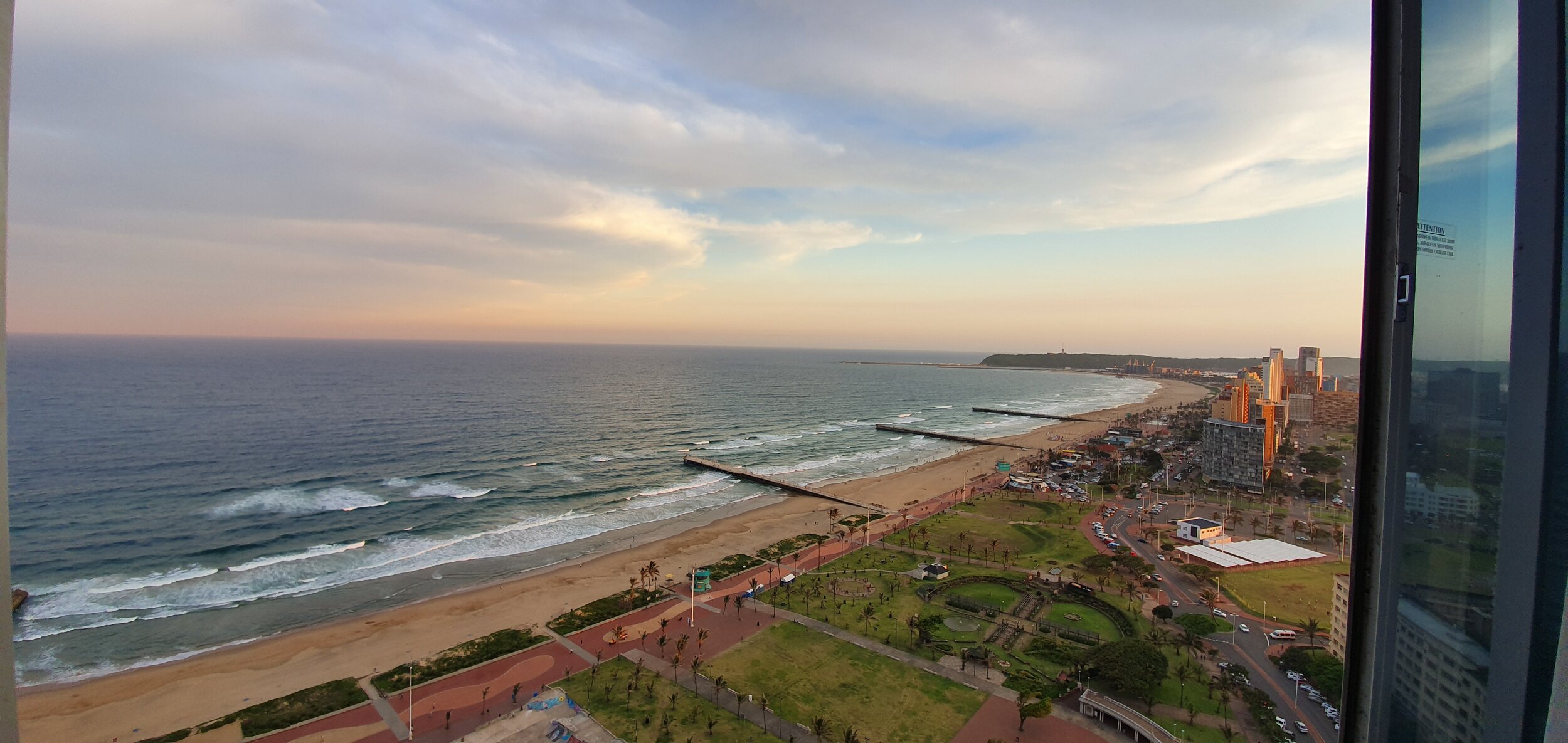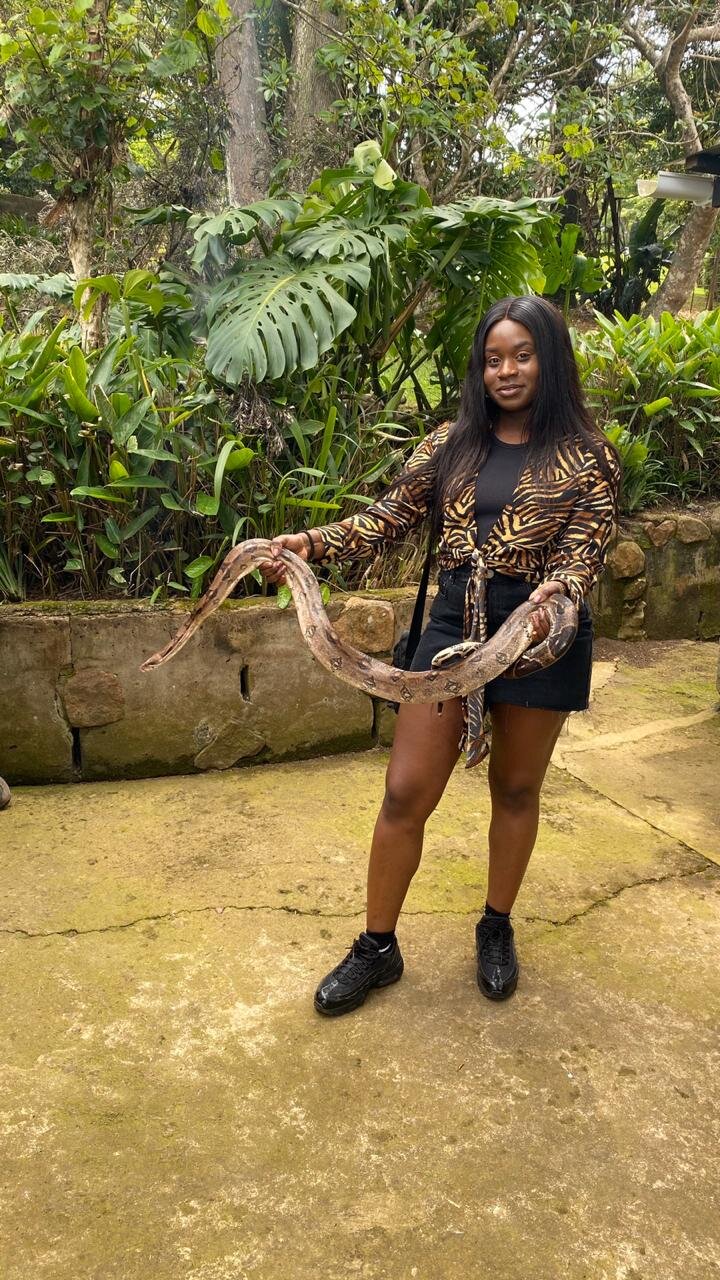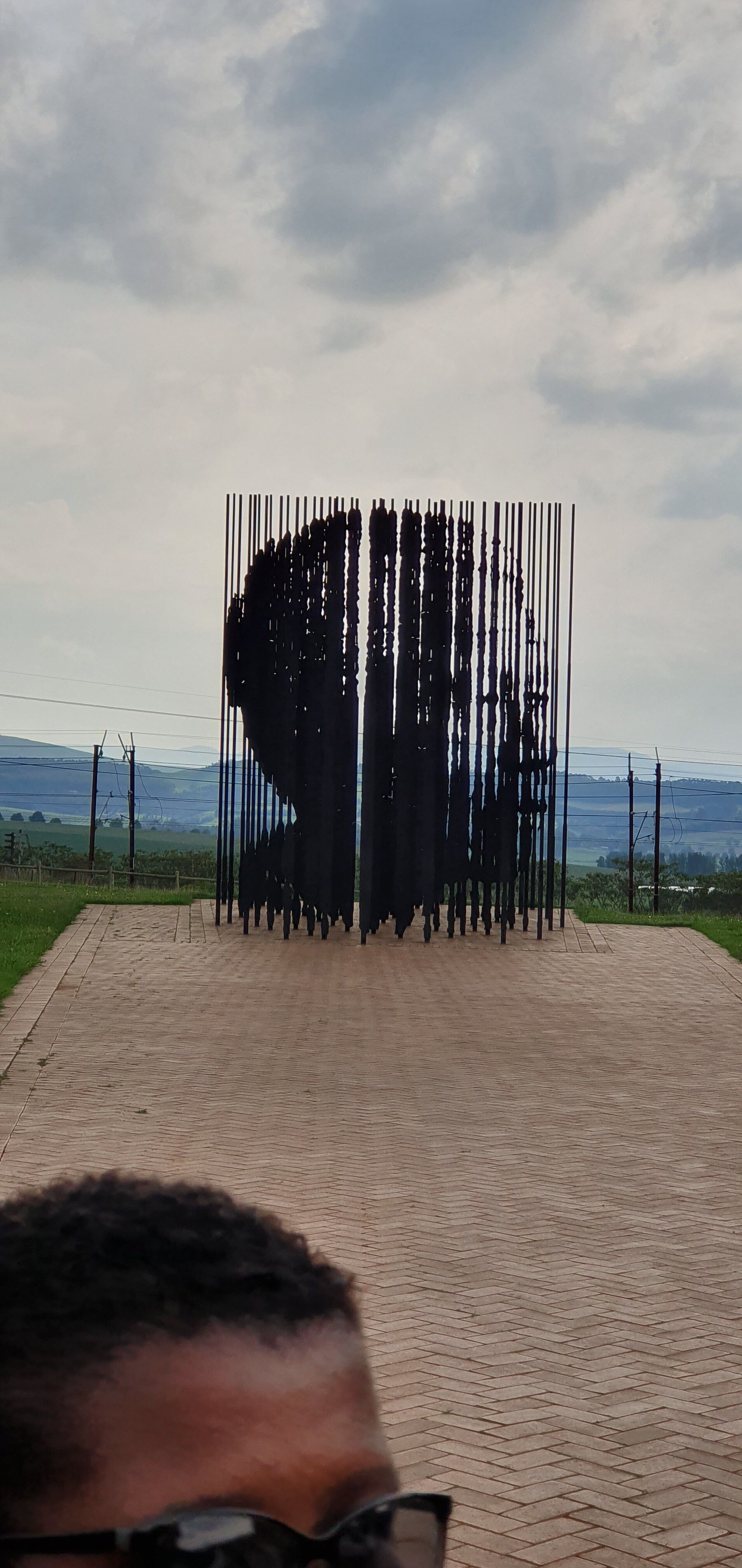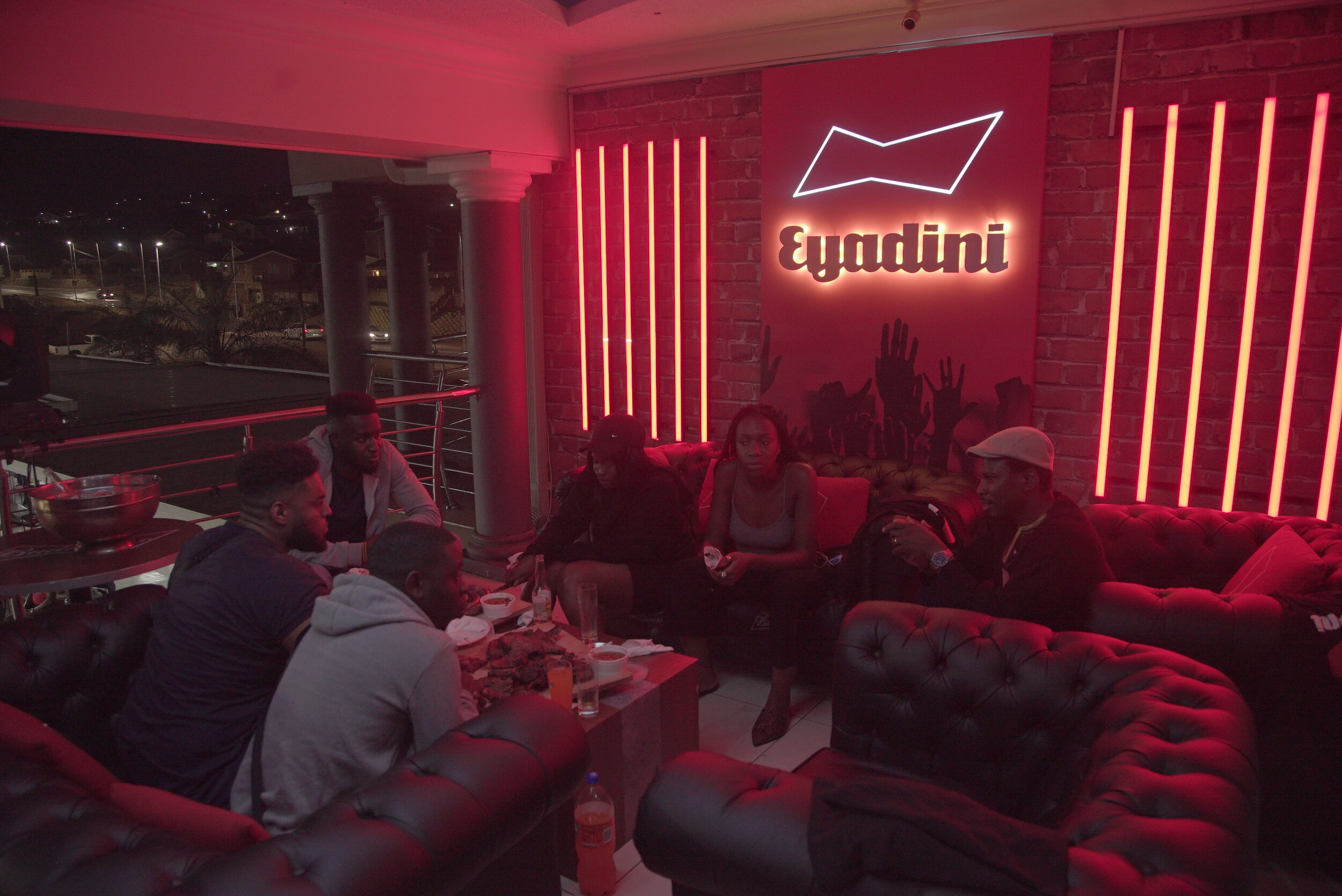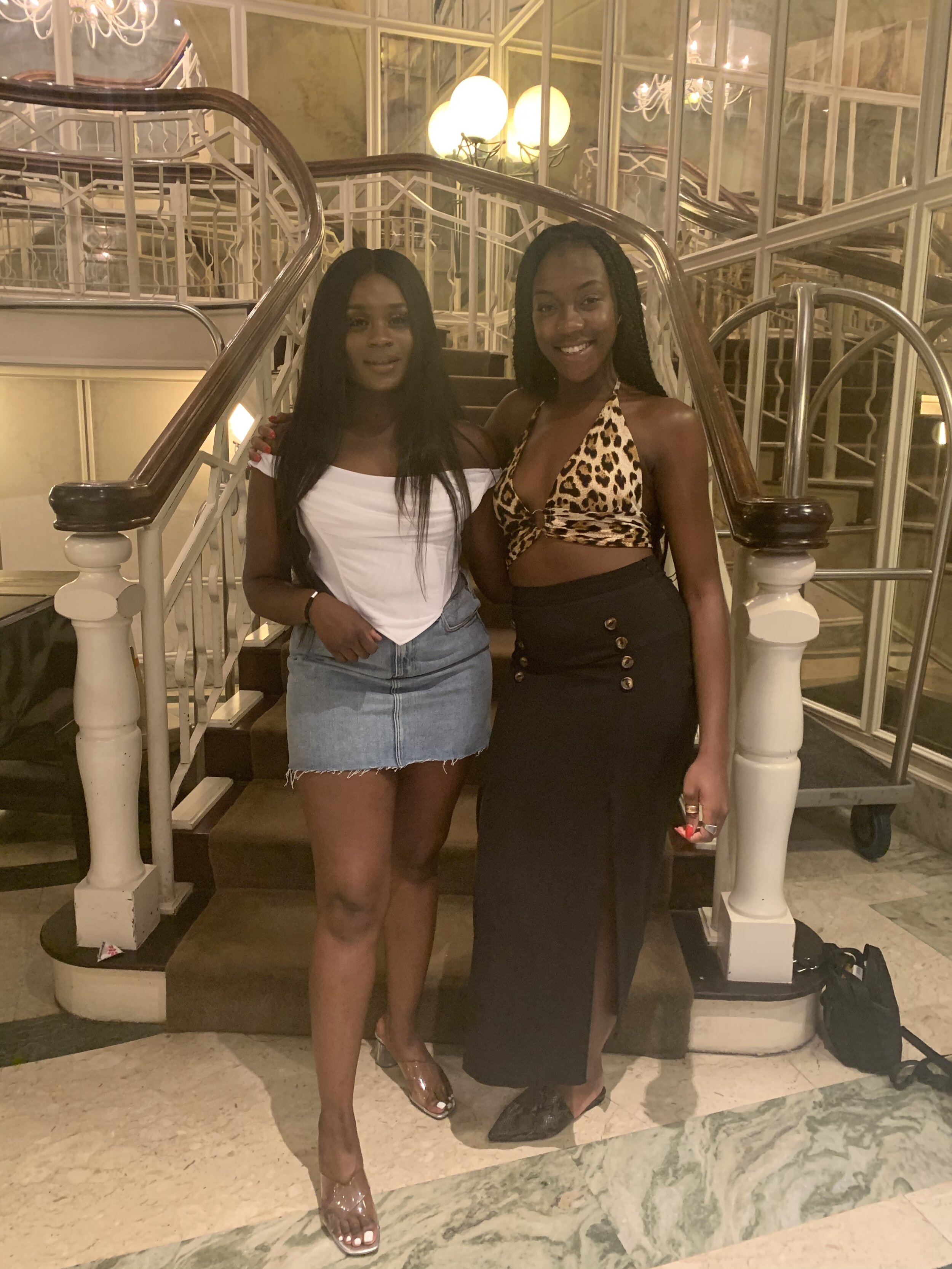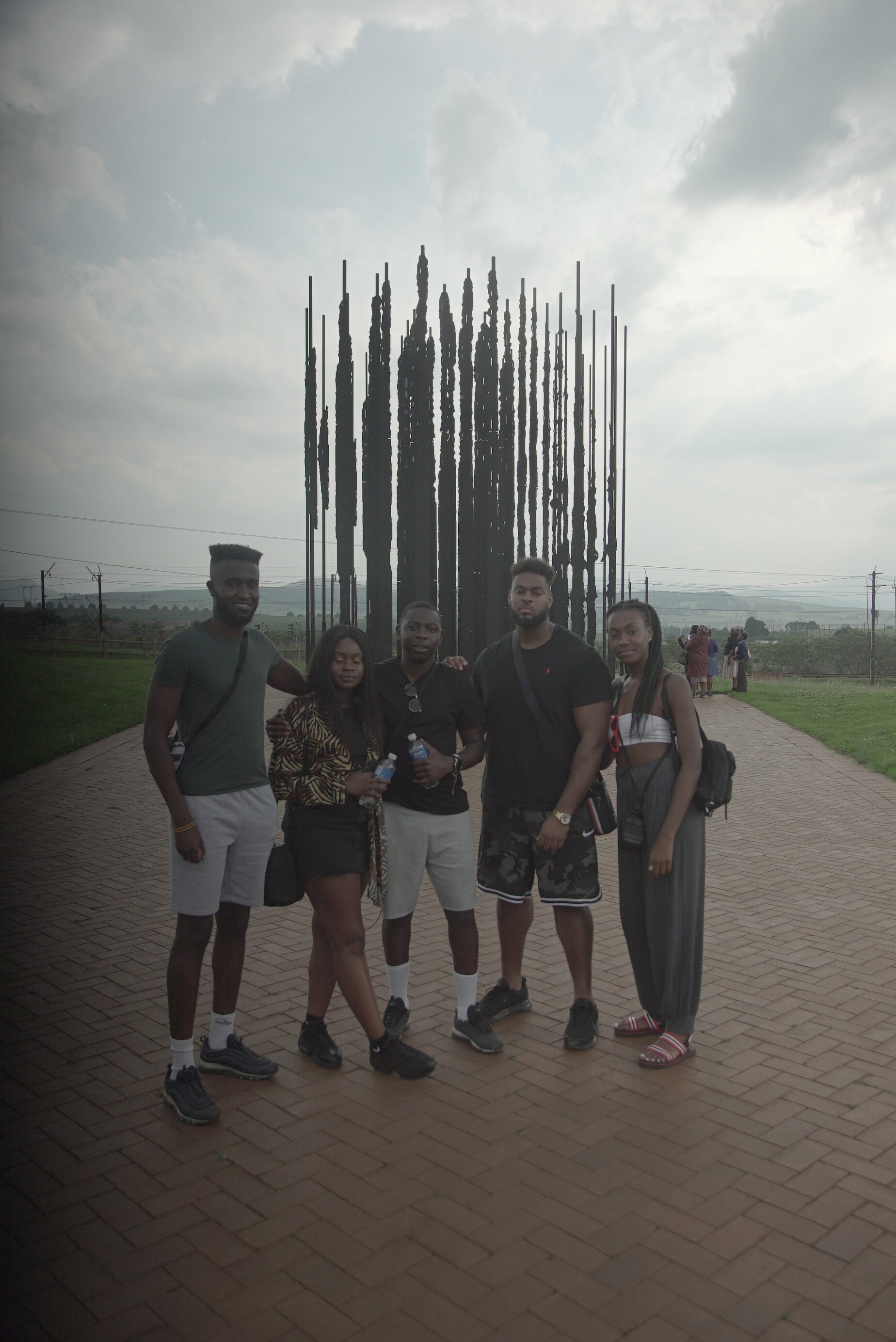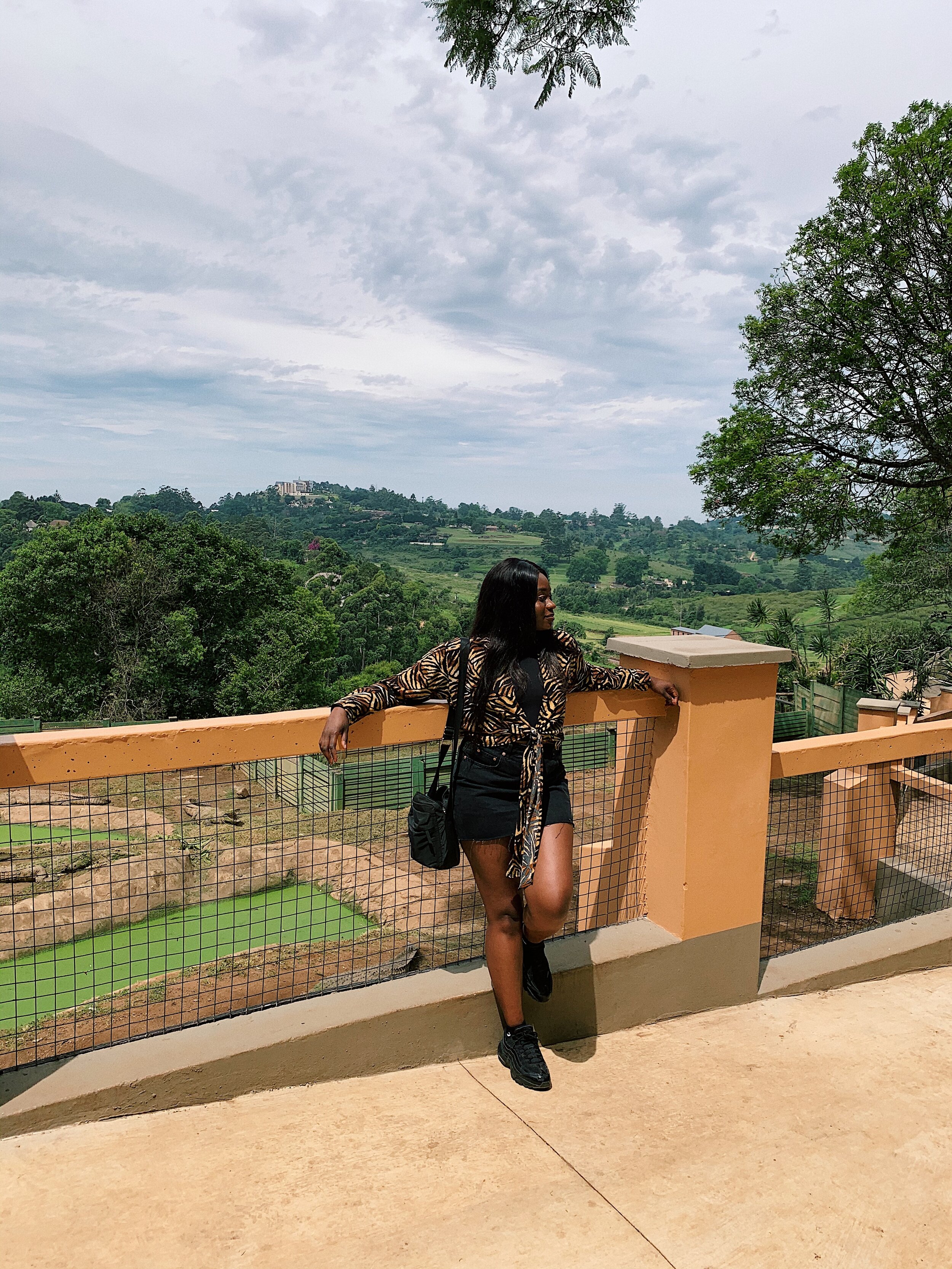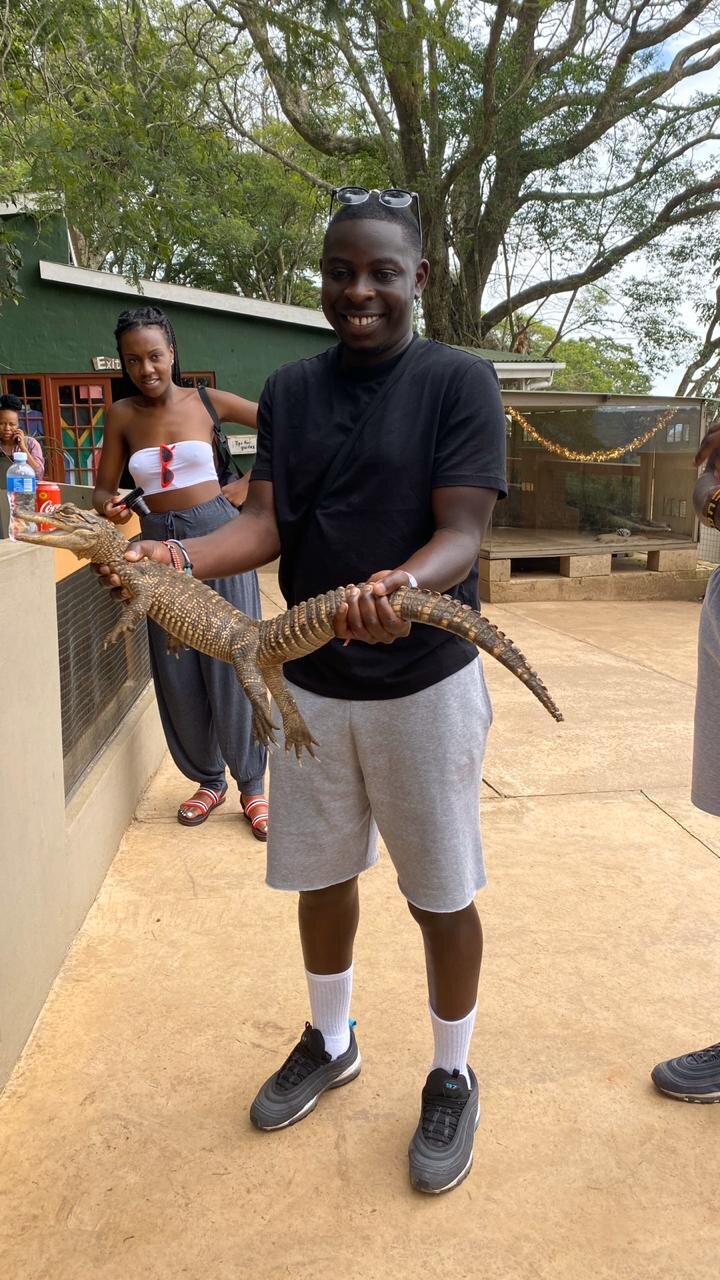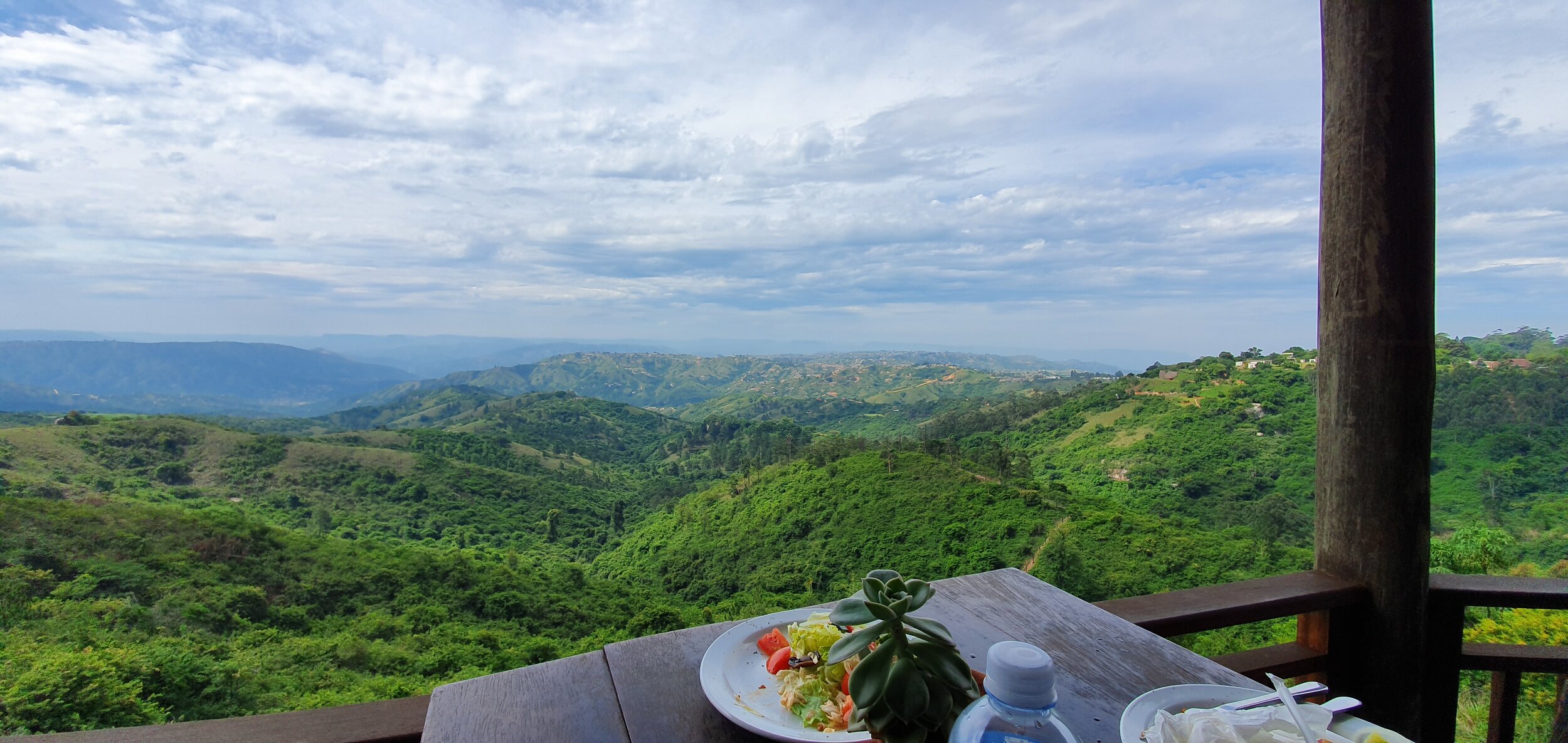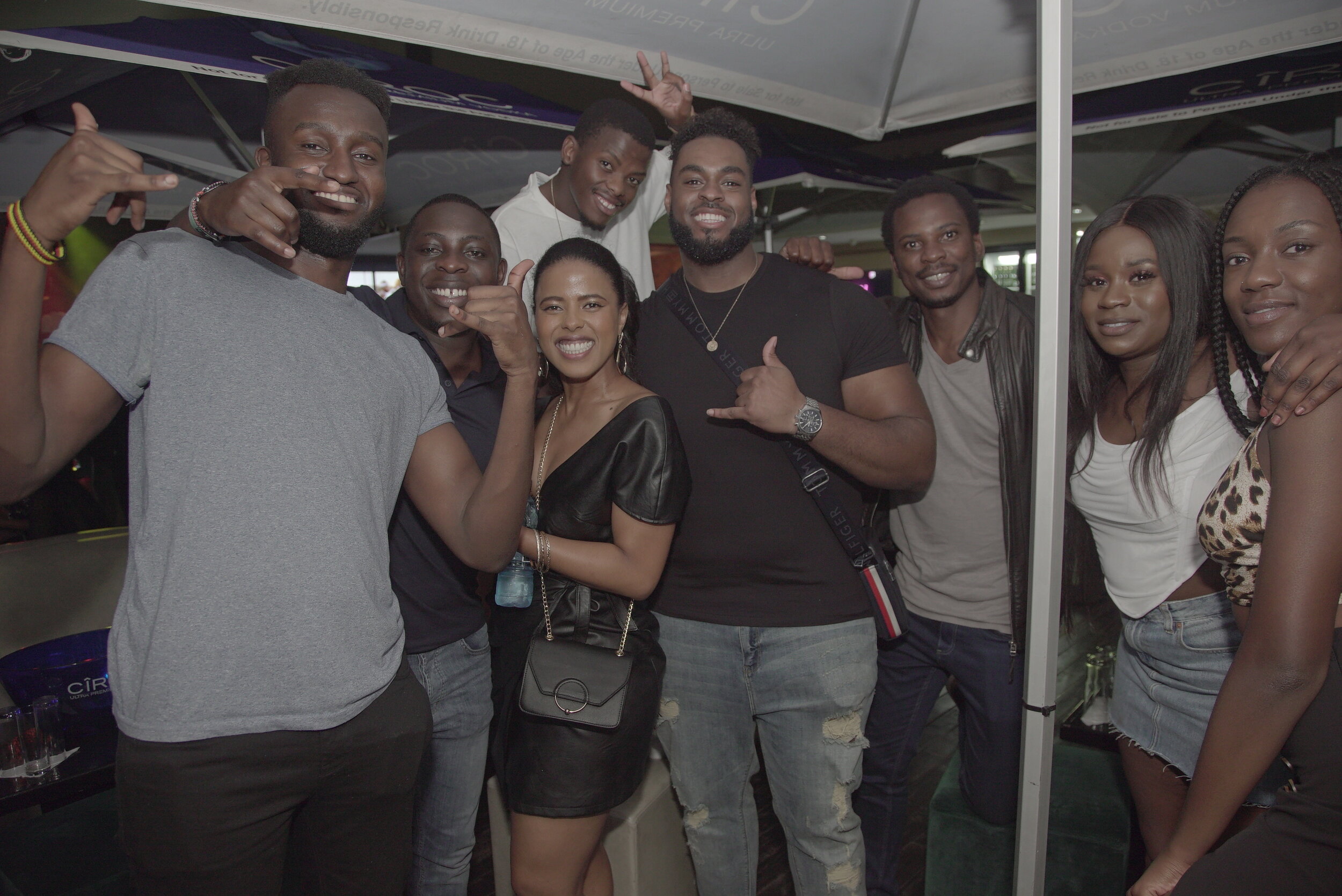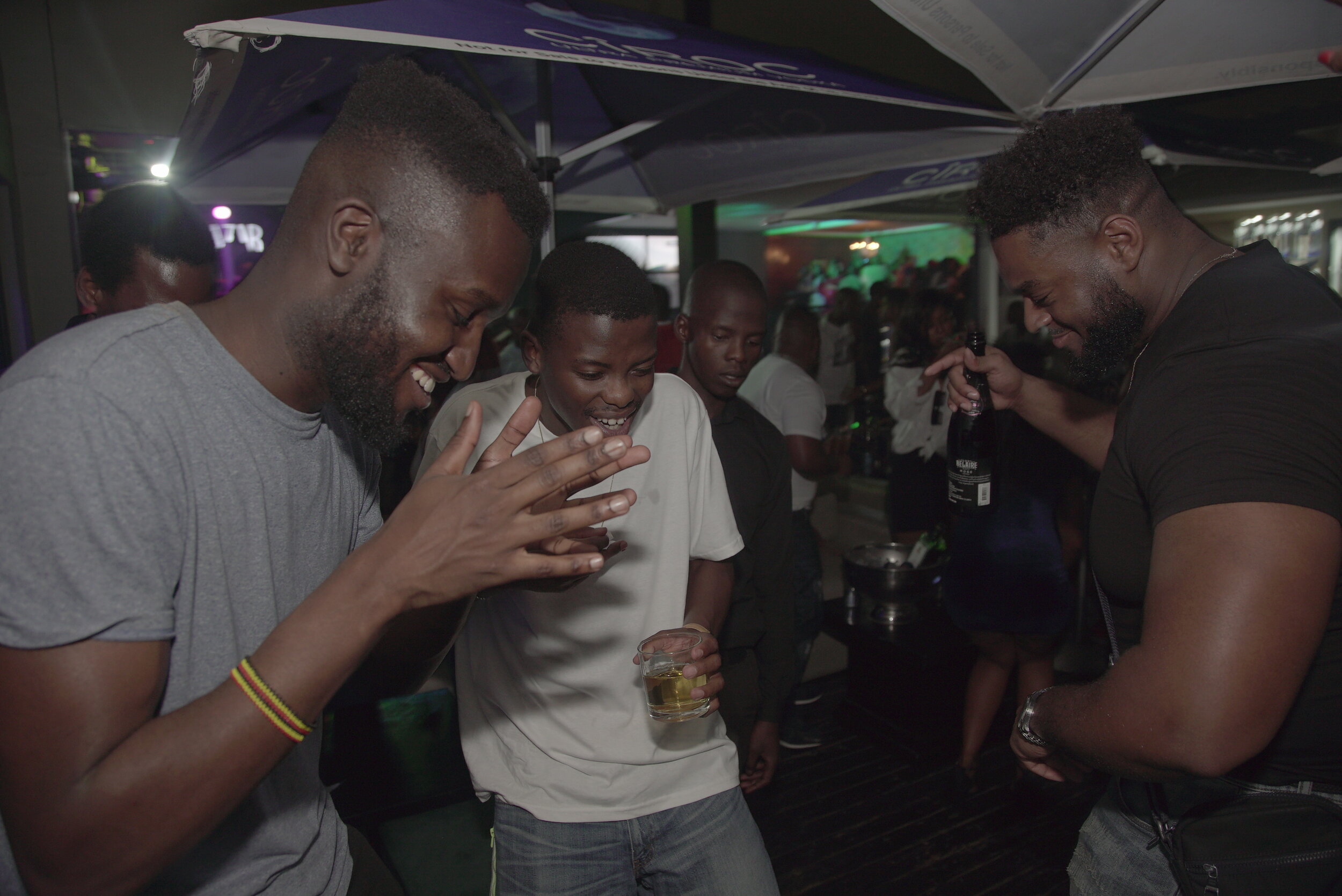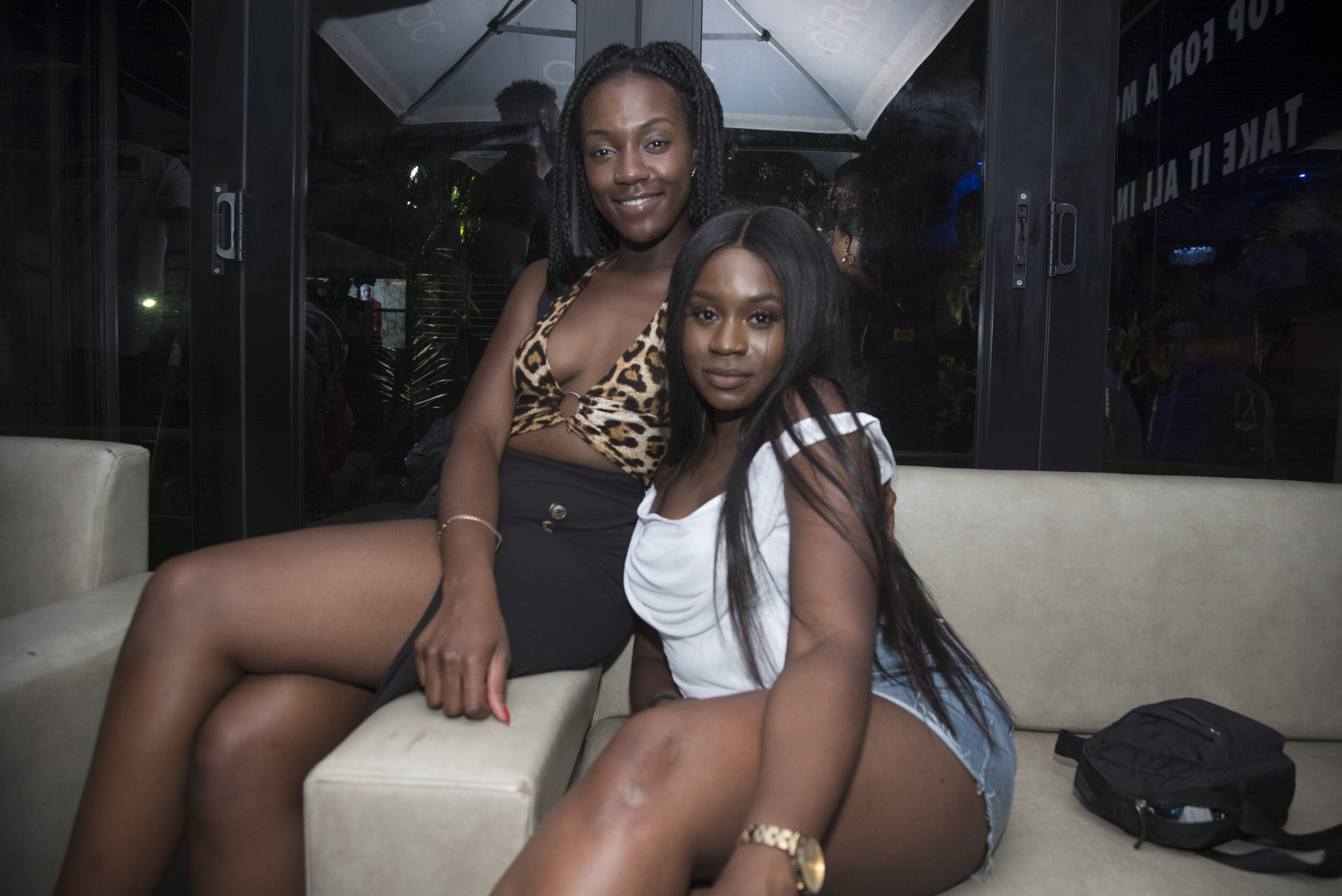#UBUONTOUR - a reflection
Perceptions of a country are no doubt shaped by media coverage – for the Ubunifu Space, this was no different. Regardless of how staunch you may believe your mindset to be, drip-feed conditioning is an aspect of life that is difficult to avoid, particularly with regard to areas where experience lacks. This can only be tackled through direct tangible experience: traveling to the said country.
More than a year has passed since the Ubunifu Space’s trip to South Africa and Kenya as part of #UBUONTOUR. In some ways, we did not know what to expect and could only imagine experiences based on aspects of culture depicted in music videos, and vlogs on YouTube. Picture mining for Emerald where you expect it to be, finding these but also discovering Sapphire, Amethyst, Pearl, and Ruby - South Africa and Kenya proved to be far more than we bargained for, in ways beautiful and enlightening.
Johannesburg
Johannesburg is a cultural melting pot, with sociable spaces never more than a stone’s throw away, and once immersed, you are very quickly engulfed by a plethora of tantalising, foods and sounds.
The J&B Hive is where myself and David co-hosted our first photography exhibition LDN X JHB, and too where the Ubunifu Space hosted our meet and greet. Here we truly learnt just how welcoming South Africans were, and our ability to have conversations of real substance, focusing on the celebration of the African continent. For the purposes of the groove, there is The Great Dane, an events venue in the heart of the city. Events company Until Until held their day to night parties there, including “Fake Fridays” (on Thursdays) and the buoyant “Sunday Roast”, blossoming with people smiling from ear to ear exhibiting a level of exhilarating happiness in us all, an experience like no other. Our visit aligned in harmony with the first South African summer at which hit genre Amapiano existed and where vibes reigned supreme. Soweto sought to defy all expectations, given its global coverage as being an extremely dangerous area. Just like London, Soweto has its faults though it is important to give such places refined coverage rather than focusing on its ills. ZONE 6 club in Soweto was yet another fantastic example of South African culture, a bouncing club with a warehouse vibe similar to the Garage, Techno, Acid House, and Grime scenes in the UK. We too saw the likes of Costa Titch and DJ Maphorisa perform, and also rubbed shoulders with Nadia Nakai and Riky Rick, bringing to life what we previously experienced on screen.
The other side of the proverbial coin revealed the more poignant aspects of Johannesburg. Visiting a children’s day centre in Elias Motsoaledi was important for us to gain a balanced understanding of the human condition, and to document the important social work being untaken by individuals/charities who may lack visibility. To meet the children was a heart-warming experience, and to see they were in such caring hands against adversity was even better. Vilakazi Street was as prestigious as they come, once graced by Nelson Mandela and Desmond Tutu, it includes the home of Madiba, now a museum – for us this was very touching and valuable for our education about Apartheid South Africa.
Johannesburg bustles with the joys of life, and is a city that seems effervescently young. All roads of youthful exuberance, intertwined with the glistening radiance of musical rapture and historic might. The vibrancy of Johannesburg during this time was so beautifully visceral that we left with an emptiness that could only be filled with our return.
Cape Town
There are parts of Cape Town that fitted tourist brochure descriptions like pieces of a puzzle. Upon arrival, we visited the V&A Waterfront greeted by blue skies, fresh-sea breeze and tantalisingly tasty sea food and not before the wonderfully scenic topography. Beginning at the Radisson Hotel, with the views one could only dream of, and was everything Sade had grown to expect from Cape Town.
An exhilarating helicopter ride revealed Cape Town’s breath-taking landscape, appearing vast in its stunning beauty. As we glided across the coast meeting the twinkling South Atlantic Ocean, and up toward Table Mountain, we were only kept grounded by the earth’s gravitational pull. In view of microscopic beings funnelling below, the yellow sandy beaches stretching far beyond the horizon and quadrants of settlements – it truly was a sight to behold. Getting to the top of Table Mountain via cable car, it noticeably cool at its summit, but once again we were treated with the spectacular. On my 25th birthday, we spent the early afternoon in the setting of glorious unfamiliarity, though in the midst of a stiffening breeze, we were made to feel insignificant by the magnificence of nature’s plain-sighted mysteries.
Back down to earth we came, heading on to Youngsta CPT’s Y?GEN Apparel Store in Wynberg to be in the company of one of South Africa’s most influential artists. Embroiled in conversation, we gained entrusted insight into the workings of the South African music industry, Colored culture and how this interacted with the arts, that no British textbook could come close to teaching. Sade, like us all, was taken aback by just how little she knew about South Africa, but above all felt fortunate to learn. Our interaction with Youngsta CPT was itself rousing, particularly given his focus on the improvement of his community and his vocational calling to support and uplift younger upcoming musical talent through his label Y GEN ENTERTAINMENT, like that of the energetic Priddy Prince. Intriguingly, Youngsta CPT sought to highlight the favouritism Johannesburg enjoys in terms of media coverage, chosen destination for celebrities and facilities for artists to “blow”– yet he himself holds the fort for Cape Town with immense pride. “Representing Kaapstad since 2010”. We too visited Mzoli’s, a butchery owned by the legendary Mzoli Ngcawuzele – authentically braaiing the meat before your eyes, enthused in barbecue flavours whilst in the company of South African music. A true source of national pride.
The cultural lessons did not end, as we then headed to the famed township Gugulethu. We had gained some idea of its significance through Prince Kaybee’s Gugulethu, though no visual observation can compete with direct experience. Black South Africans were not permitted to live in Cape Town during the Apartheid and were forced to seek refuge in townships like that of Gugulethu. The name itself comes from the Xhosa term “igugu lethu”, which means ‘our pride’, and it did not take long for us to understand this. From the origins of poverty, tragedy and trauma, inhabitants of Gugulethu have managed to forge an area to be proud of. Observing the stark racial, social and economical differences between the Gugulethu and the coast of Cape Town was overwhelming. Though we arrived on a quieter day, it did not require much thought to imagine a bustling atmosphere in the streets of Gugulethu teeming with vintage VW Golf’s and BMW’s.
During nightfall, clubs were on our mind. SAINT Lounge saw just how drunk I could get without passing out. Celebrating my 25th birthday in South Africa was an experience that will live long in my memory – drunk enough to believe moons sing, the following morning was as near a struggle as it is climbing Mount Everest. In Sade’s view, SAINT Lounge bore the similarities of a central London club, given its luxury appeal, though a shame time failed to allow a visit to Rands. We have heard enough about Rands to know, when we return to Cape Town, we will be the first ones queuing.
Durban:
Durban represented yet another opportunity to be consumed by South Africa’s cultural vitality. In to its musical cauldron, we descended, expecting to encounter the sultry intensity of Gqom and Amapiano alike, yet we also were overcome by Durban’s sweltering heat.
Though we were in Durban for a few days, what we saw left a strong impression on us all. The site at which Nelson Rolihlahla Mandela was captured by police forces just outside Howick, Natal on the 5th August 1962 for us became a place of poignant reflection. It was very surreal to stand on the same earth in which Mandela would walk his last, before imprisonment in Robben Island for 27 years as a result of his anti-apartheid movement. For us, this brought to life what we had only come across through historic school teachings prior. All beautifully captured by Marco Cianfanelli and Jeremy Rose, in a captivatingly spectacular sculpture of the man himself, eternally eulogising the essence of Nelson Mandela.
Eyadini Lounge, who provided an assorted array of Brai meats for our pleasure. The self-professed “heartbeat of Durban” certainly accommodated us well, music and vibe food combined with a pleasant red-lit ambience. Back into our boom box mobile, and onto the raucous Club Envy we powered on. To not experience Durban’s club scene is unspeakable, and to the nicely cooled Club Envy, we went. Spinning musical fire behind the decks was DJ Maphorisa with an exclusive mix that had the club jumping, and a sea of big-spending sparkling bottles that created a true party atmosphere. To say the night was an intoxicated blur, would be an understatement.
In truth, Durban we came and left far too soon, our desire to return is now greater than ever.
Sun City (inc. Rustenburg)
Momentary dusk set upon our adventure, as we headed from Durban to Sun City, via Johannesburg. The desire to be amongst the vibrancy and high octane activity is synonymous with being young - but it is also human to require rest. Sun City presented respite from an action-packed fortnight in South Africa’s bustling cities, offering tranquillity amongst freshening greenery.
Bryan was particularly taken aback by the rural setting Sun City, including the scenic road route from Johannesburg to Sun City. Vacating the urbanised areas, for rural countryside brought with it celestial peace, and observations of just how large, and diversely vibrant the landscapes were. As we roared through elongated roads, with the mystically foggy fields and hills that surrounded, it evoked further reason to demonstrate South Africa offers far more than what meets the eye. For Bryan, this served as a poignant reminder of his native Kenya, likened to traveling to his ancestral home upcountry that carried sentimental value. We arrived at the Palace of the Lost City. Located within a thick jungle, the Palace’s structure was architecturally majestic, an ode to the Jurassic fantasies observed on film. It was equally fascinating to be surrounded by a unique eco-system, and the Safari tour that exposed us to the world’s most captivating animals, including the big five. Our hotel rooms too were luxurious, combined with a service fit for royalty though I am sure David will not forget the day he left his window open, and a monkey ventured into his room to steal a few sugar sachets!
Away from the metropolitan cities, lie smaller bubbling pockets of culture that otherwise go unnoticed. Rustenburg proved to be a special experience, a city with a population of only 542,000 existing with such vigorous triumph. An hour’s travel from Sun City, through questionably dark roads, Rustenburg gave the impression of a quiet commuters town and we truly thought we were lost. However, our sense of unease was soon put at bay as we arrived at an event at Reggie’s Lounge Bar & Grill, authentic in its inception and vibe. Not arrogantly flashy, nor exclusive in its admittance, if you were there to groove then you were in the right place.
We grew to understand that Rustenburg bore the essence of a strong community, who take pride in their city as yet another pillar of South African culture. Standing tall is the Royal Bafokeng Stadium, immense in stature, towering over all that existing before it, and prestigious in its hospitality. Previously hosting the opening rounds of the 2010 FIFA World Cup, it now hosted at the Rusty Summer Fiesta, with the likes of Cassper Nyovest, Wizkid and DJ Maphorisa performing to a lively crowd. Beautifully absorbing street parties boomed just outside the stadium with thumping sound-systems blasting Labantwana Ama Uber and Vula Vula brought with it a carnival atmosphere with a jazziness unique to Rustenburg alone.
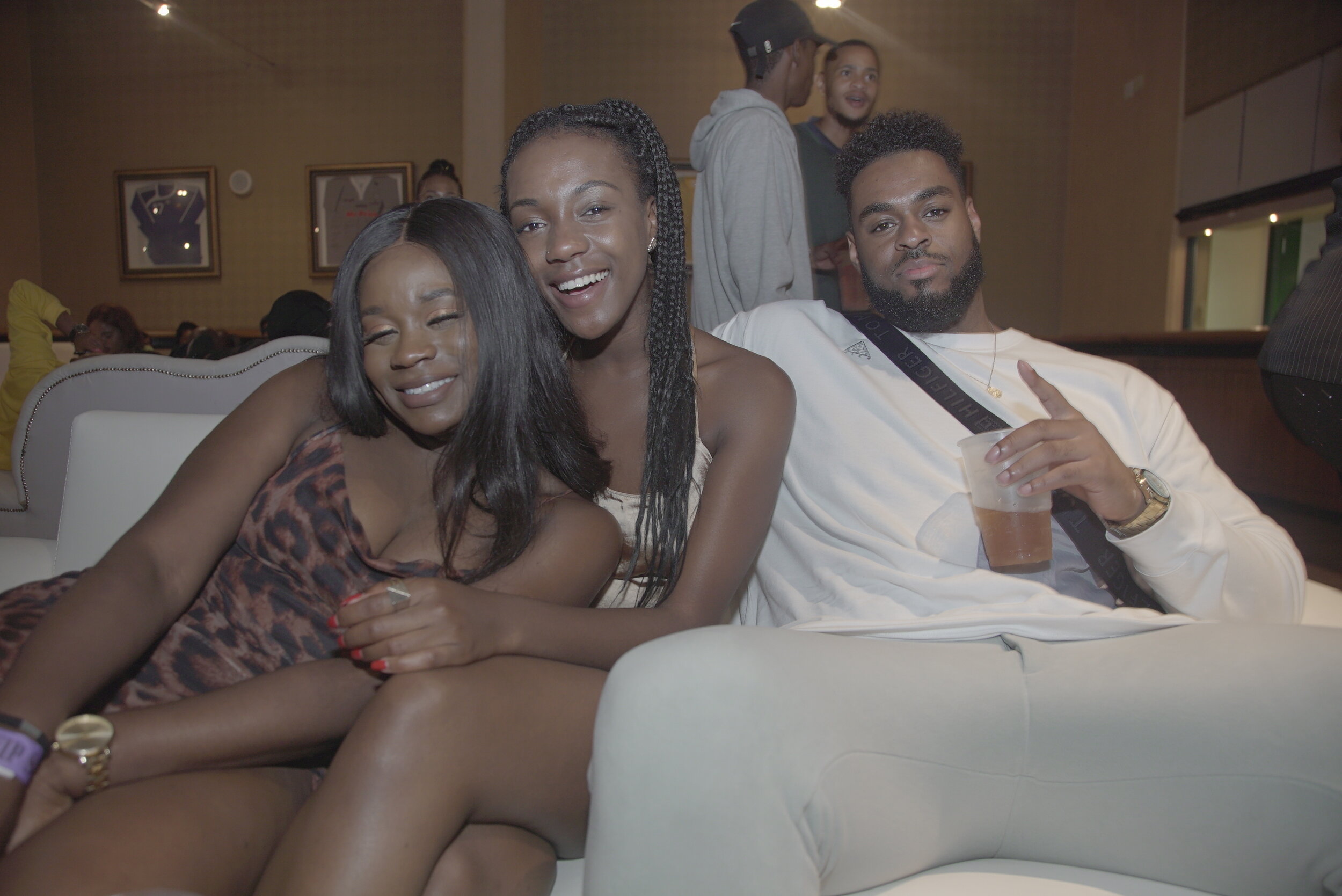
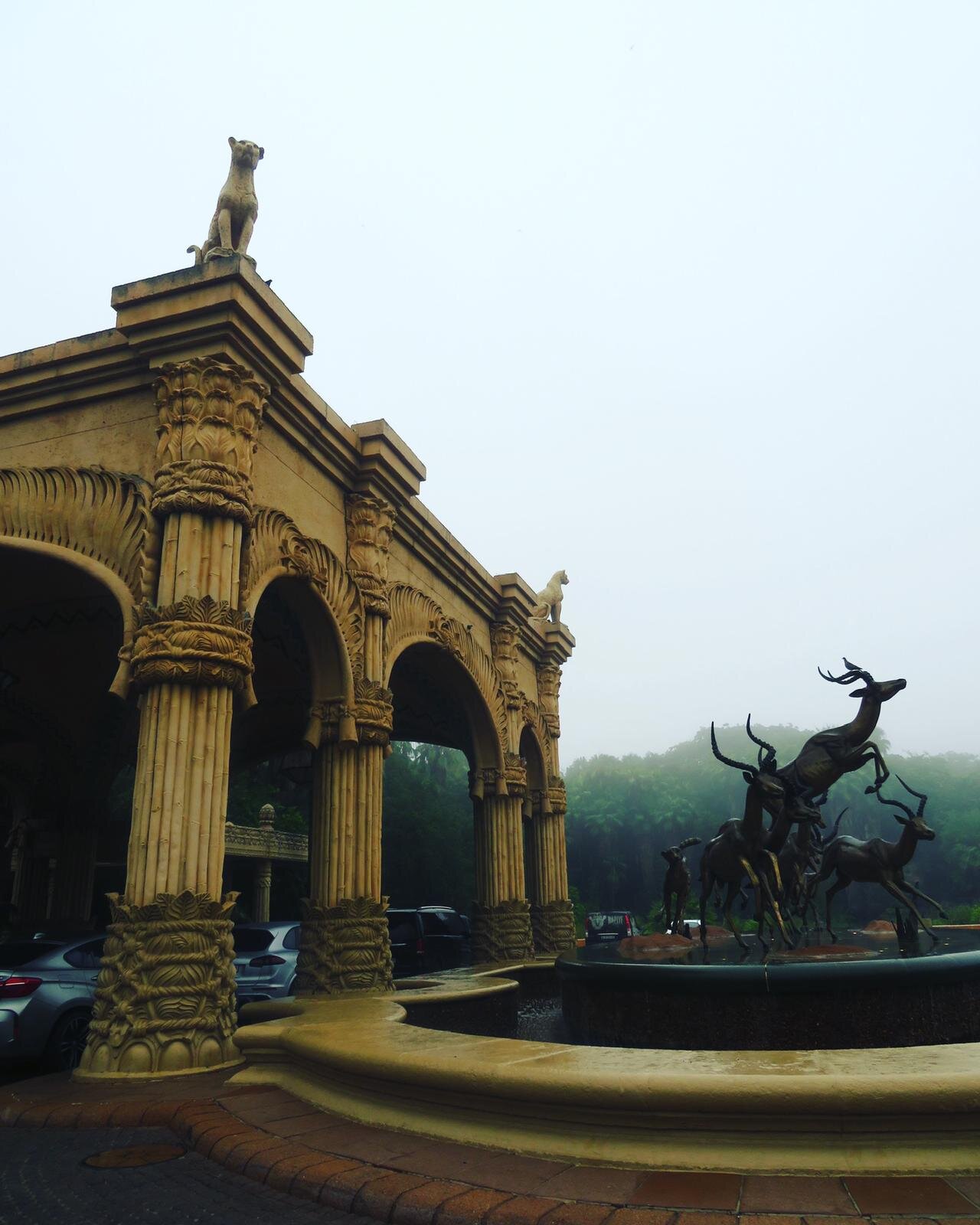
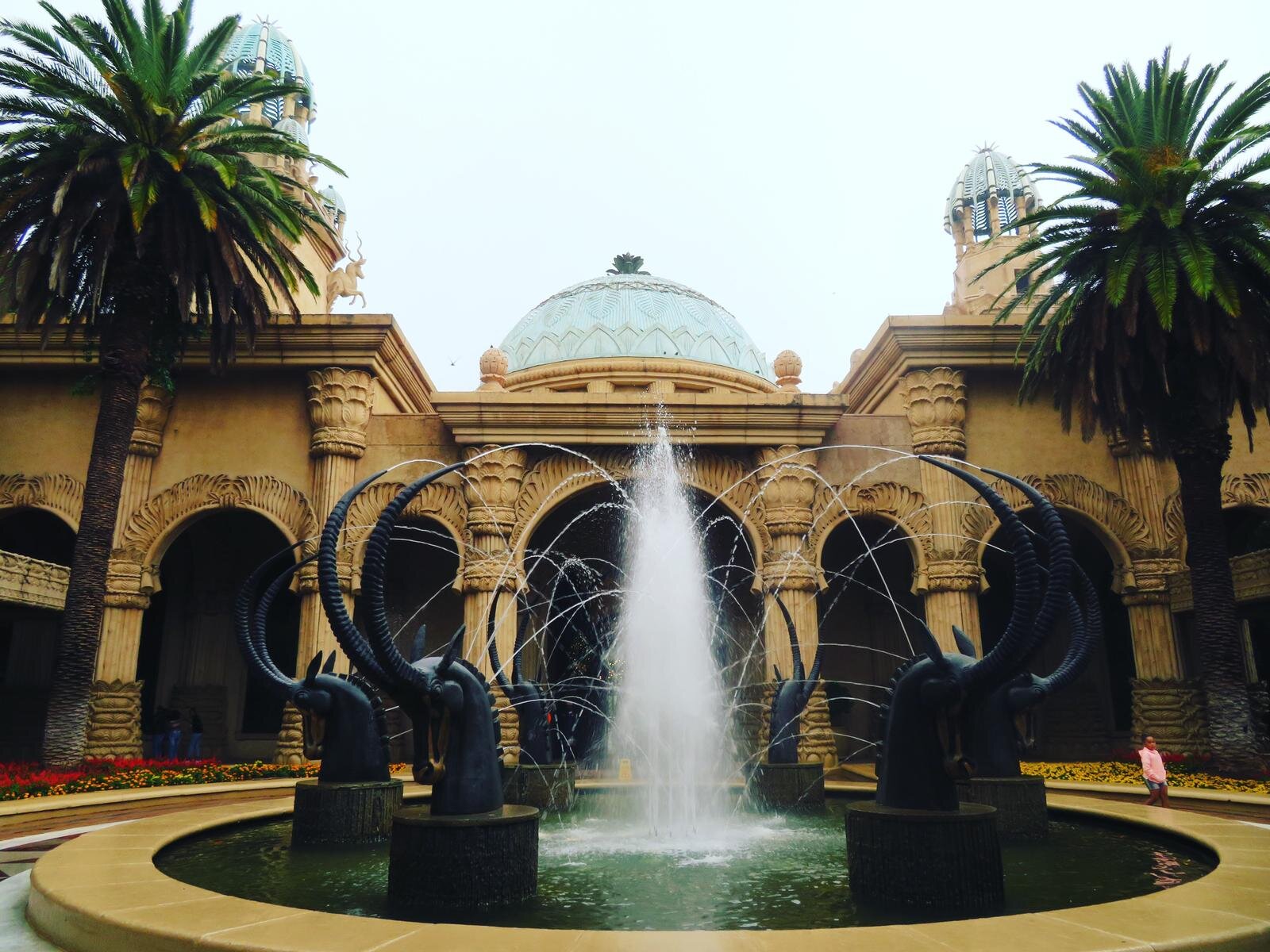
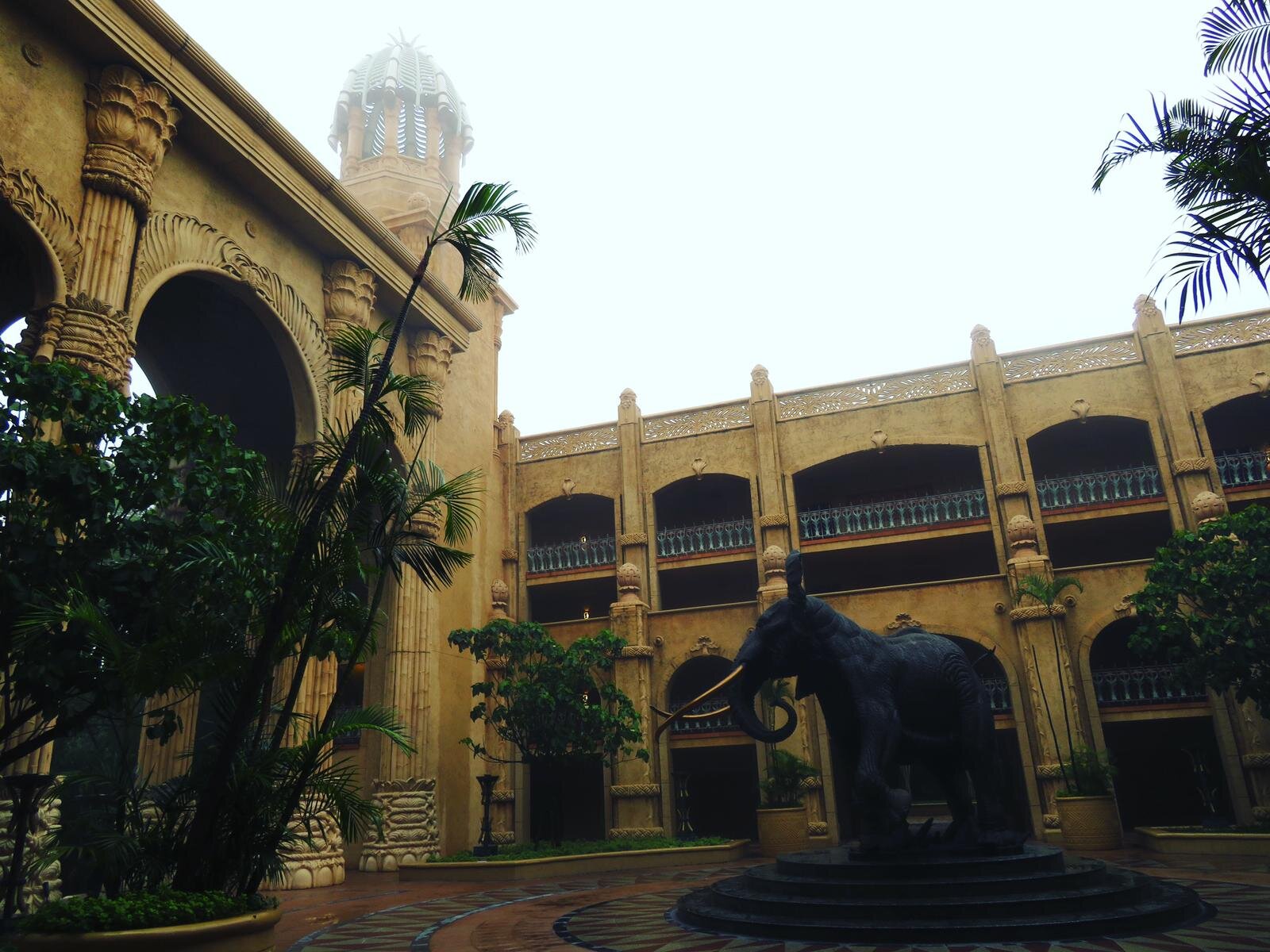
Nairobi
If South Africa represented break of day, then Kenya was Earth turned toward dusk as we embarked on our final leg of UBUONTOUR, this play’s last scene. In Kenya we downed tools, being amongst the pleasant company of Bryan’s extended family in the quiet surroundings of Karen. A chance for us to put our feet up and the pleasure of sleeping beyond sunrise, Kenya allowed for moments of reflection.
The feeding of Giraffe’s at the Giraffe Centre and the haven of the Elephant Sanctuary brought with it an endearing dimension to the trip for Monique. Experiencing aspects of nature previously only seen on television, resulting in a newfound appreciation of life itself as the meaning.
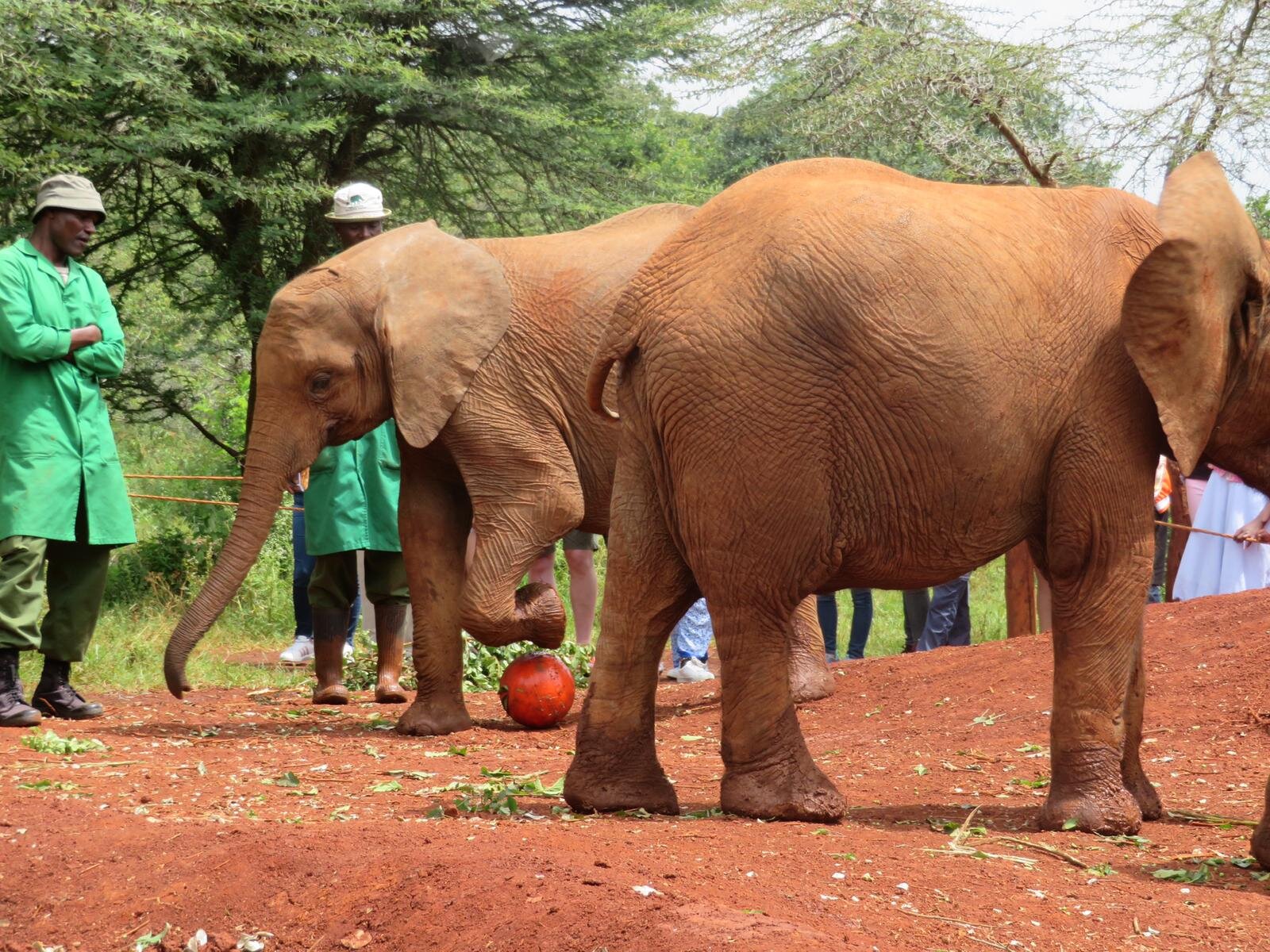
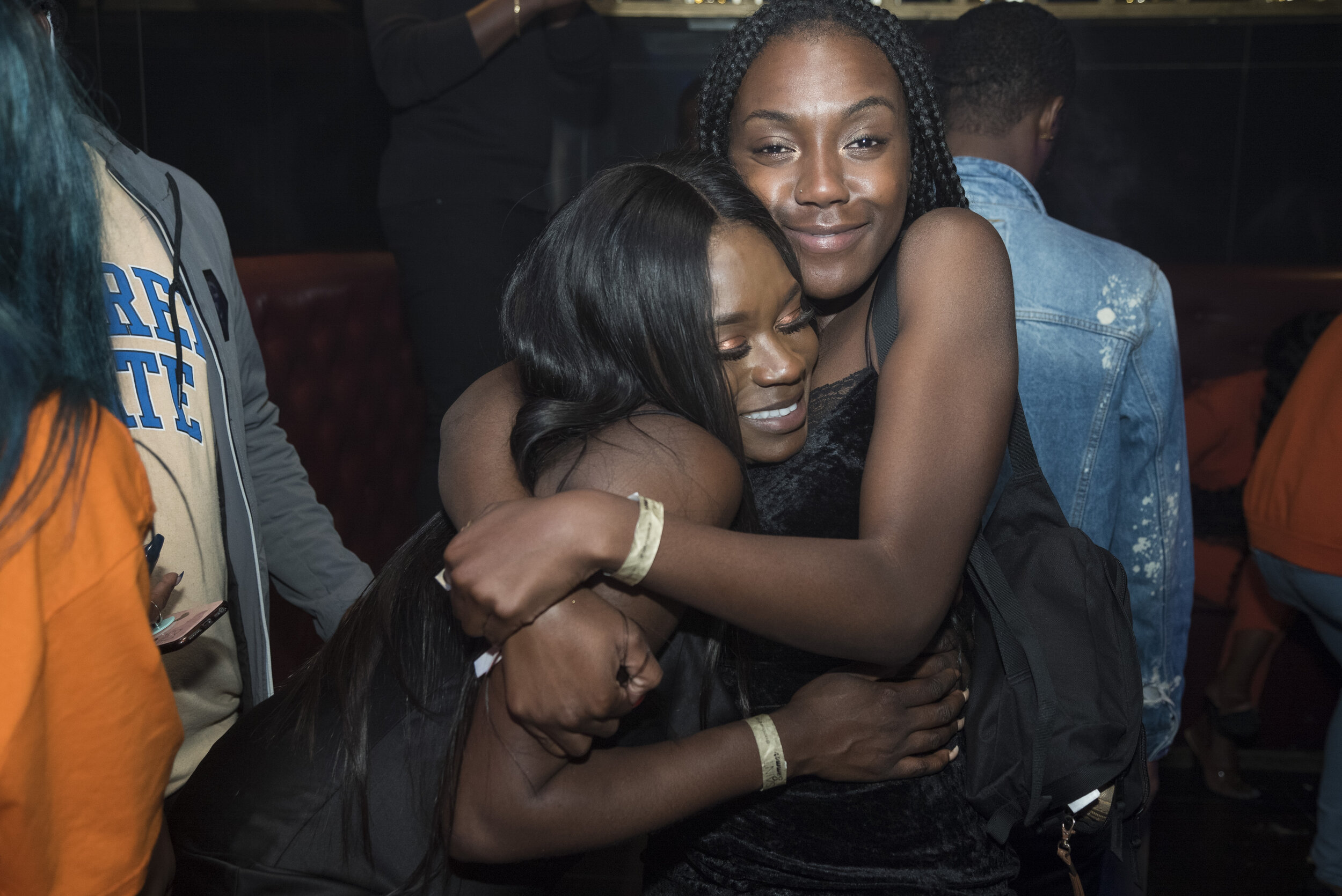
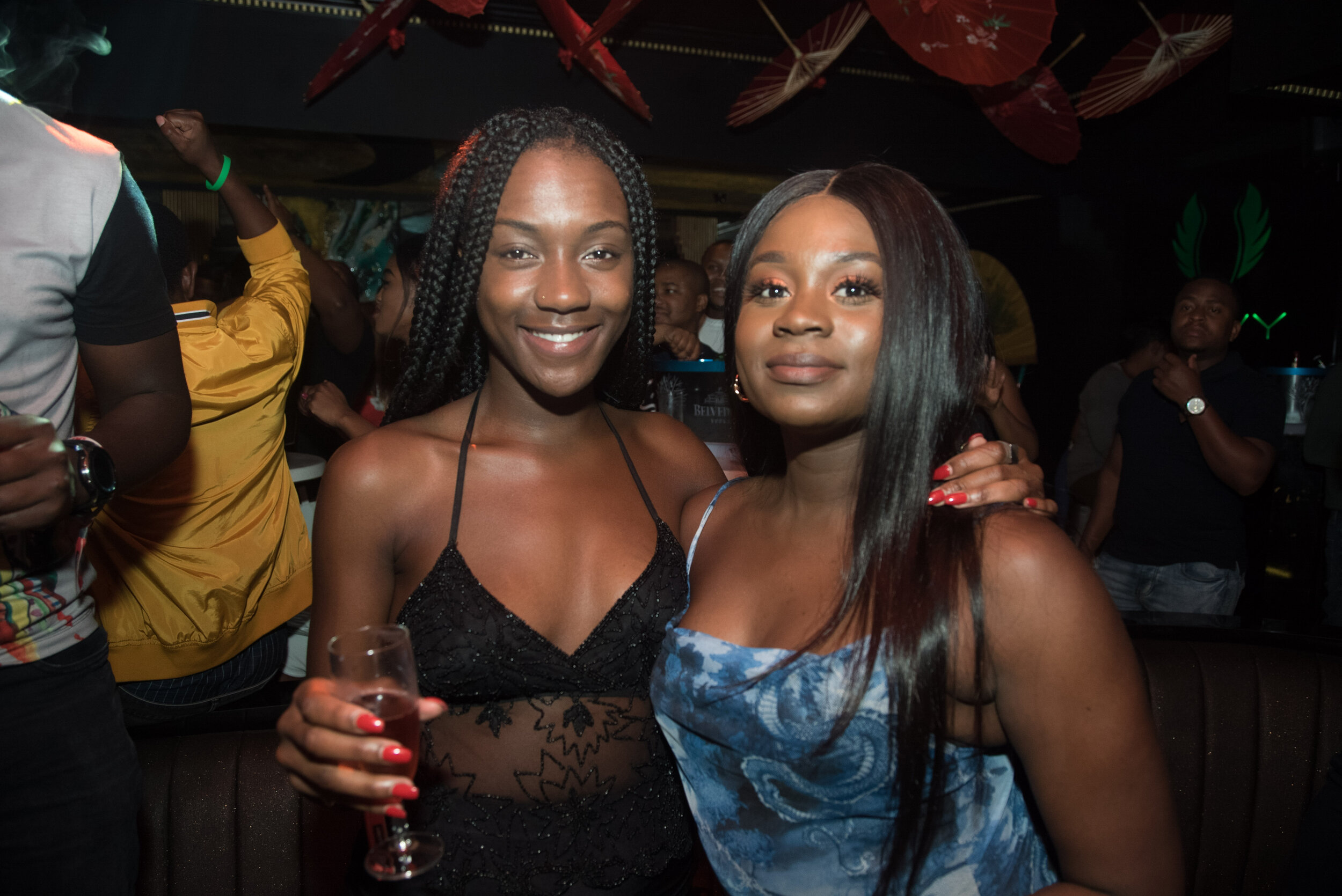
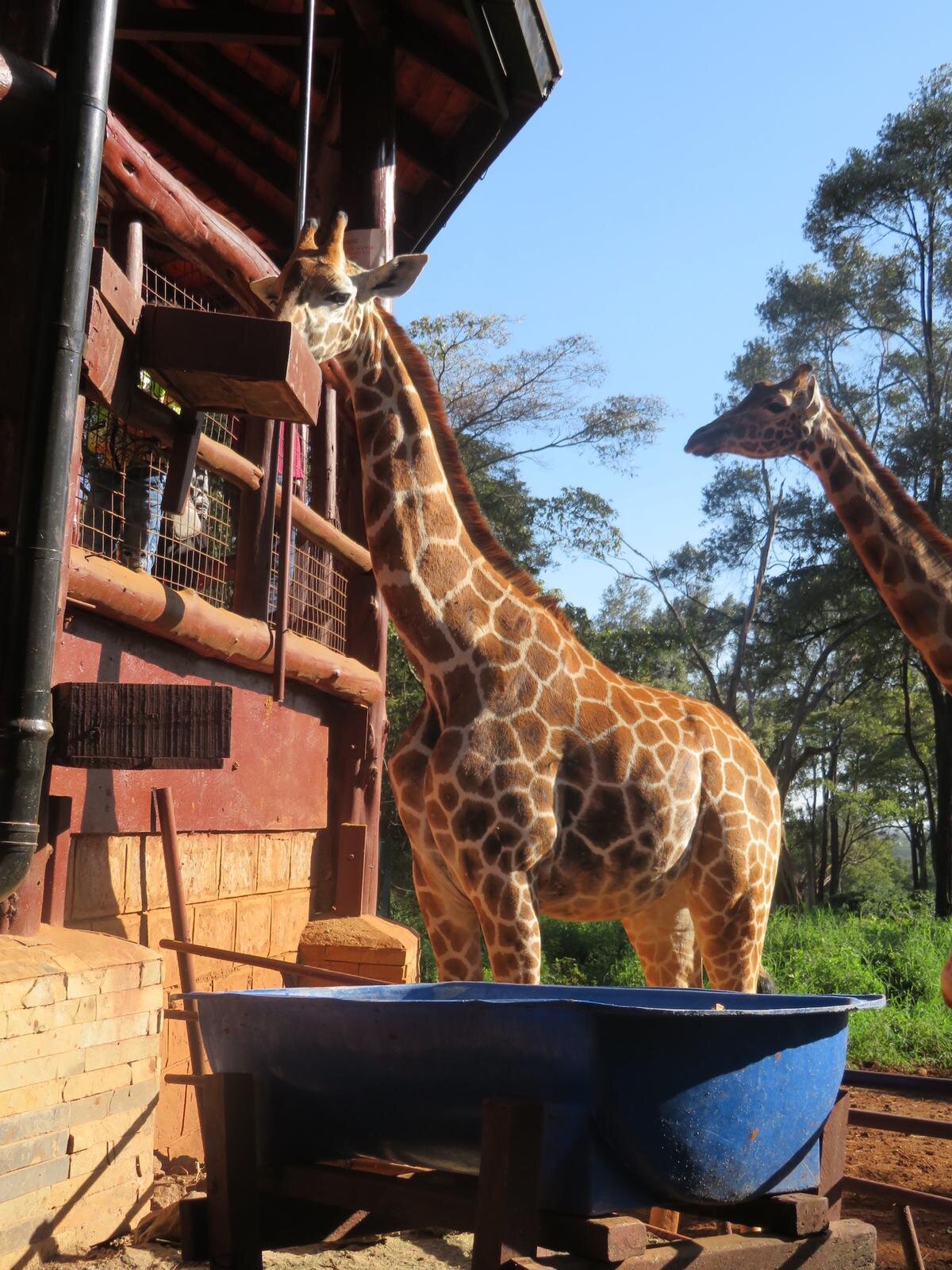
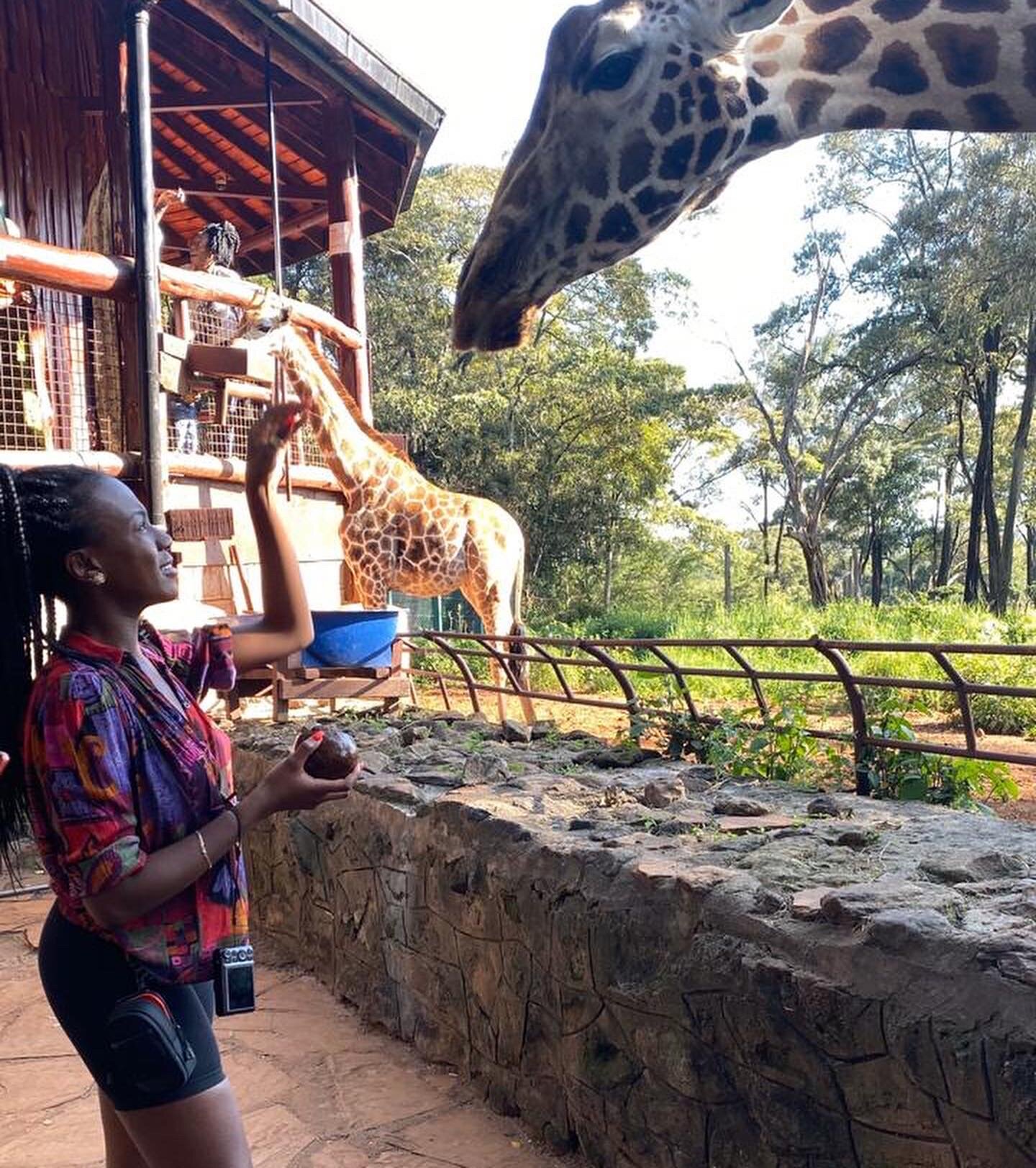


Exploring Kenya’s art and culture scene, we began at the Alchemist, however en-route we encountered typical Nairobi late afternoon traffic. Our driver opted to dive through Kibera Slum, home to approximately 250,000 million people, as a diversion, providing yet another profound experience. Monique in particular was taken aback by the sheer size of Kibera, operating like an individual ecosystem existing voicelessly and ignored in plain sight by the Kenyan Government. In truth, it was shocking for us all. Kibera piercingly lies in sight of the Royal Nairobi Golf course, yet we observed an urban disaster. But it also must be said that Kibera is not all of Nairobi, and the city has much good to offer.
Who would’ve thought Kenya’s club scene was one of the last we were to experience prior to the Covid-19 outbreak? More than a year later, and we’re yet to re-experience the bass of booming sound systems shuddering walls, though as a result, the essence of Nairobi’s nightlife remains strong in our memories. Whether it was indoors at Milan, or the excitable nature of the lively Déjà vu Lounge in the heart of Westlands, the home of nightlife in Nairobi, we got to experience how Kenyan’s party. Funnily enough, for Monique, Déjà vu, in particular, bore the hallmarks of London’s nightlife, through its exuberant music, indoor and outdoor activity with an atmosphere of jovial chatter. We caught a taste of Gengetone at the Alchemist, mixed with Afro-House and even Amapiano (very much fledgling at the time, though now has taken Nairobi by storm) at the Alchemist, which brought with it great vibes and cool people. #UBUONTOUR concluded with Blankets and Wine festival, and spectacular performances from the likes of Koffee, Valerie Muthoni and Sun EL Musician. A visit to the Masaai Market was nice to pick up souvenirs, which I still wear today (Ugandan bracelet). To interact with Kenyan’s throughout Nairobi was beautiful, and with a flight to catch back to London the following morning, the end of Blankets and Wine brought tears to the face of Sade. We will be back, particularly to dabble in the burgeoning Gengetone culture, because this is as exciting as any new culture we have come across.
To know #UBUONTOUR had largely been a success, to meet artists and experiences cultures we had long since been reviewing, exploring their authentic roots, was rewarding. Burgeoning from a desire to showcase the wonder of Africa, we felt at the heart of something great with a purpose. Though our flight the following morning departed Jomo Kenyatta International Airport bound for London, this failed to represent the end but indeed the beginning.

